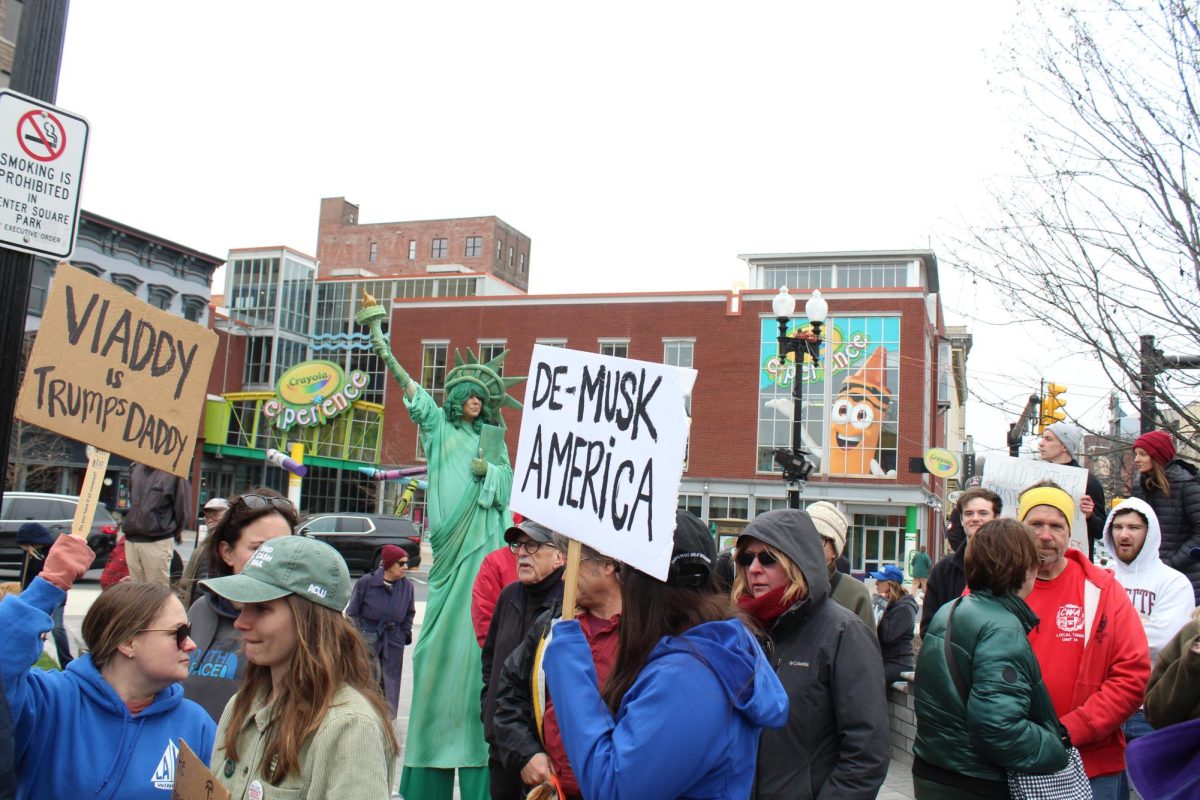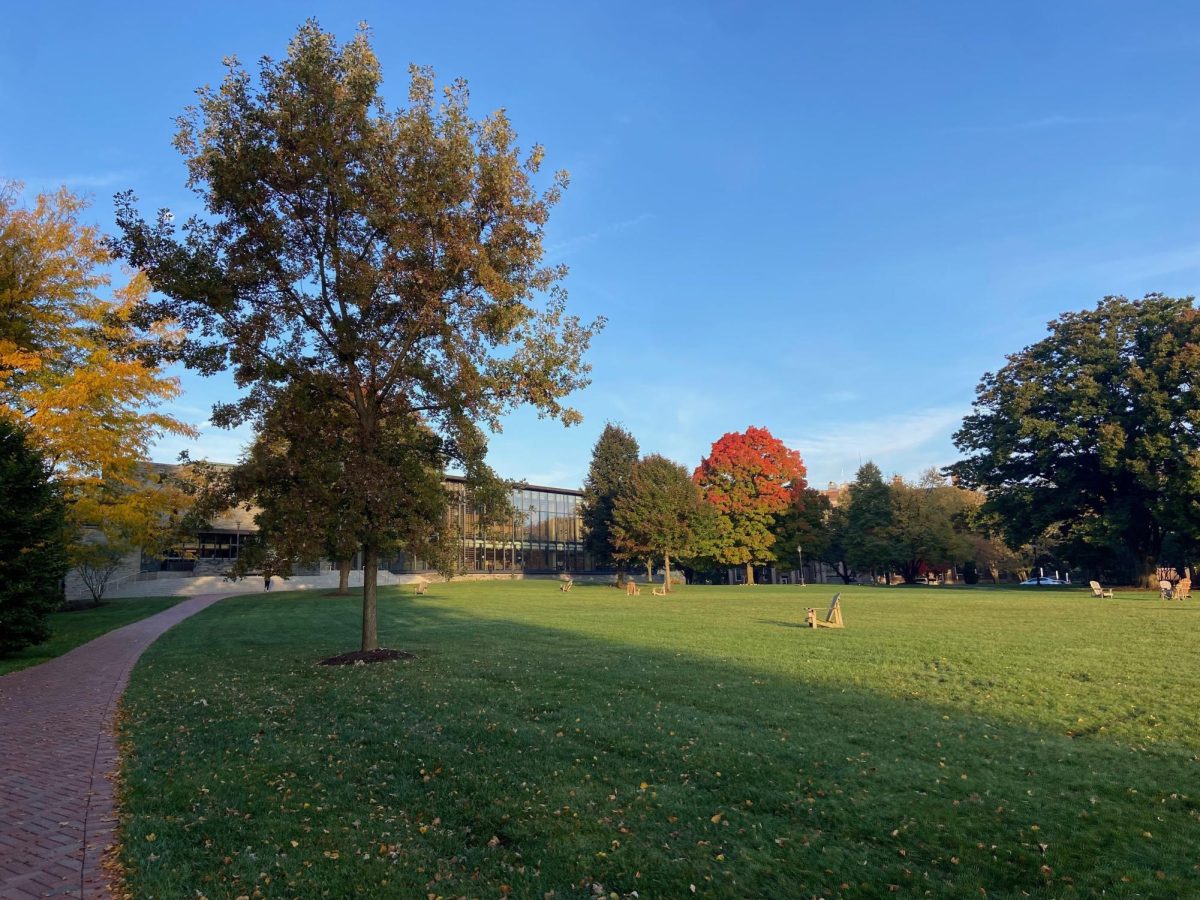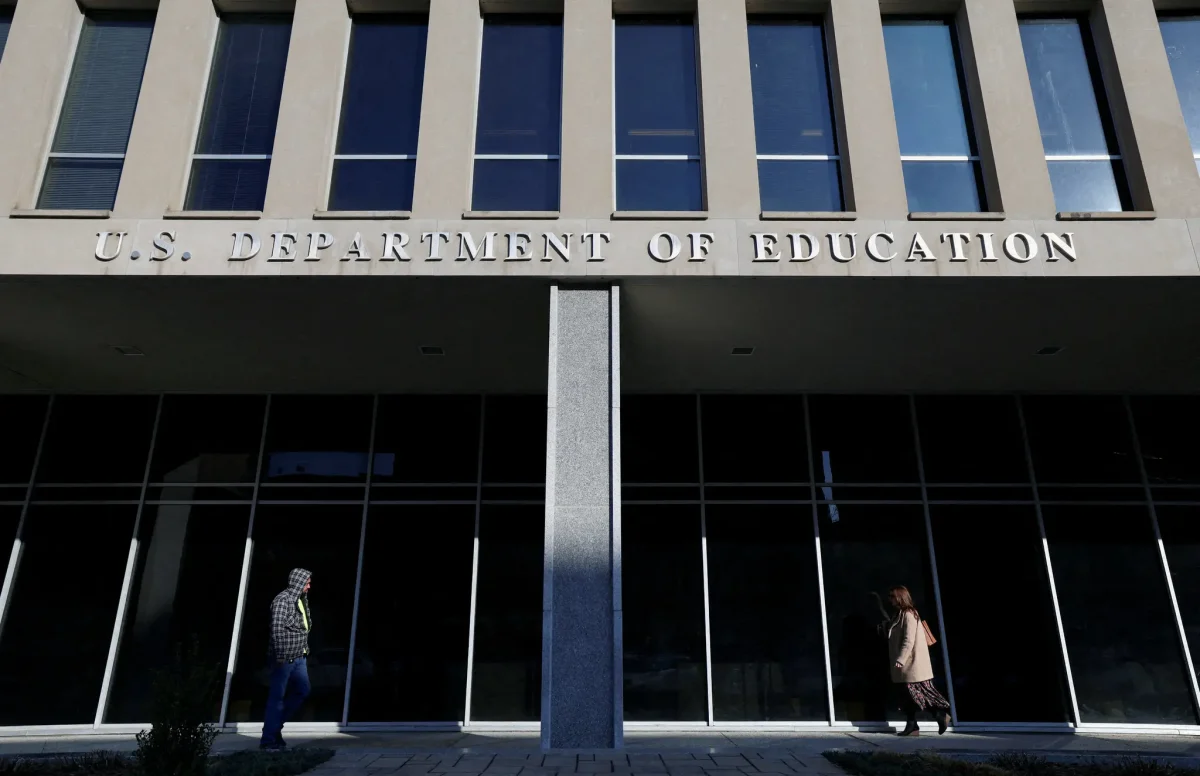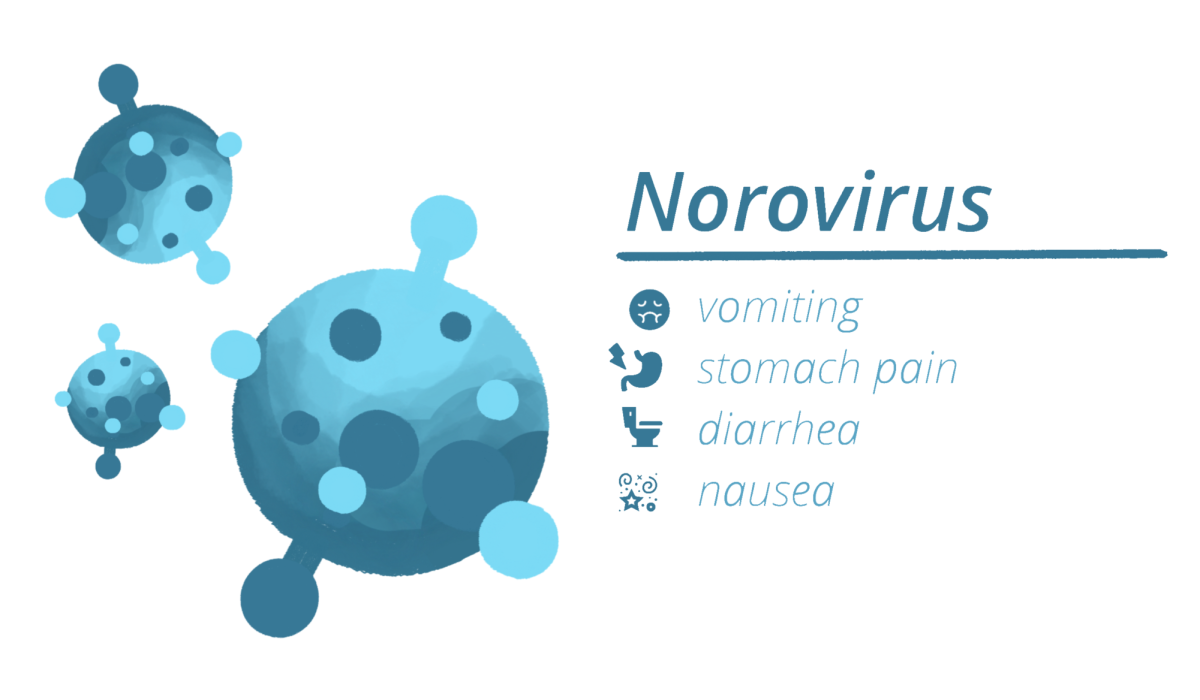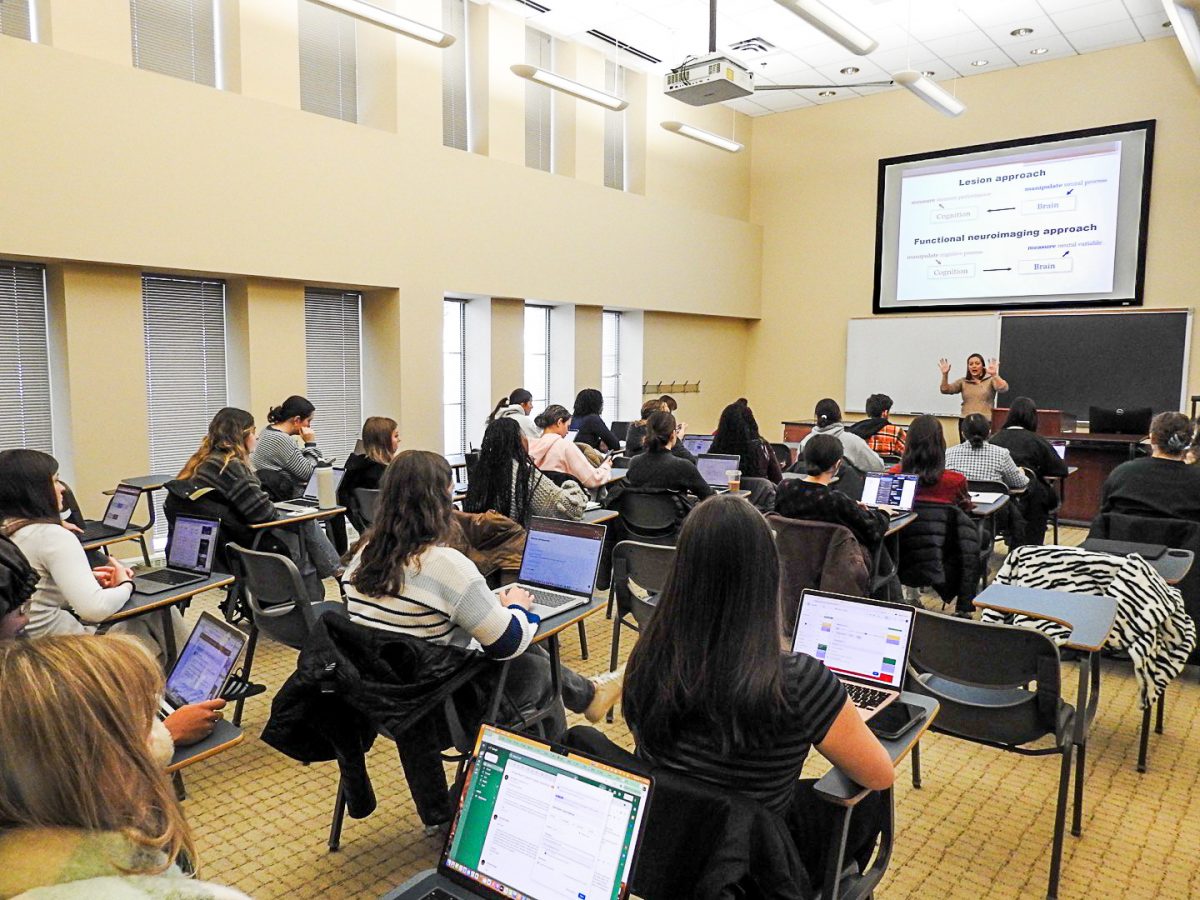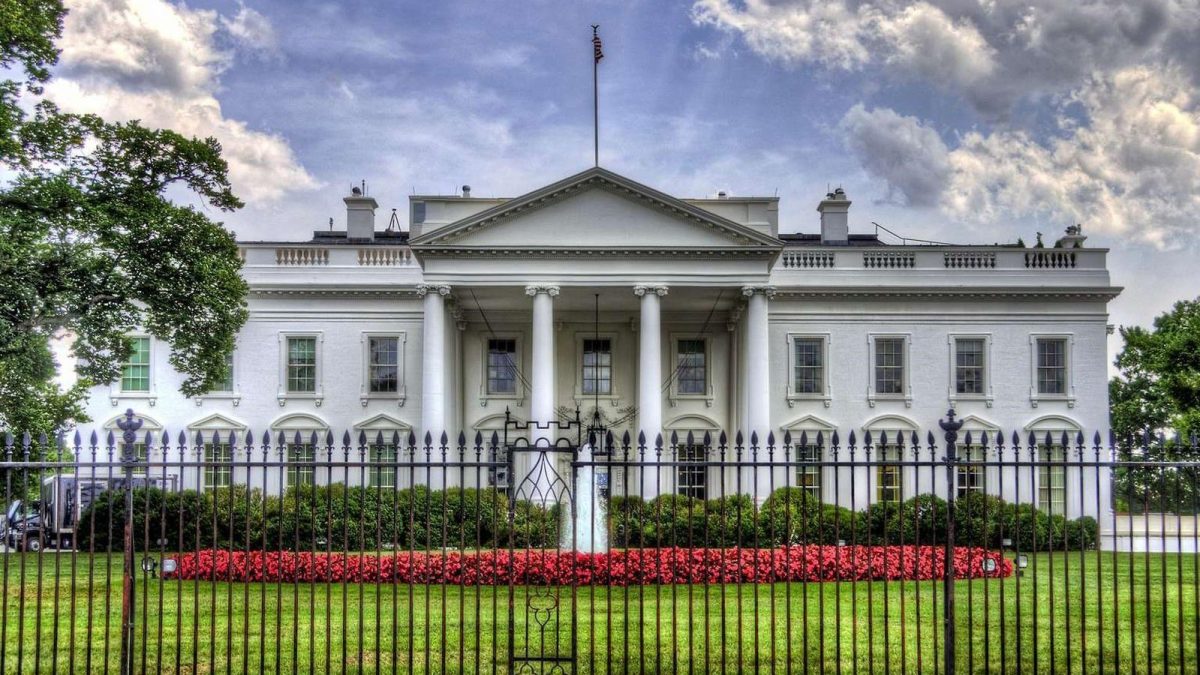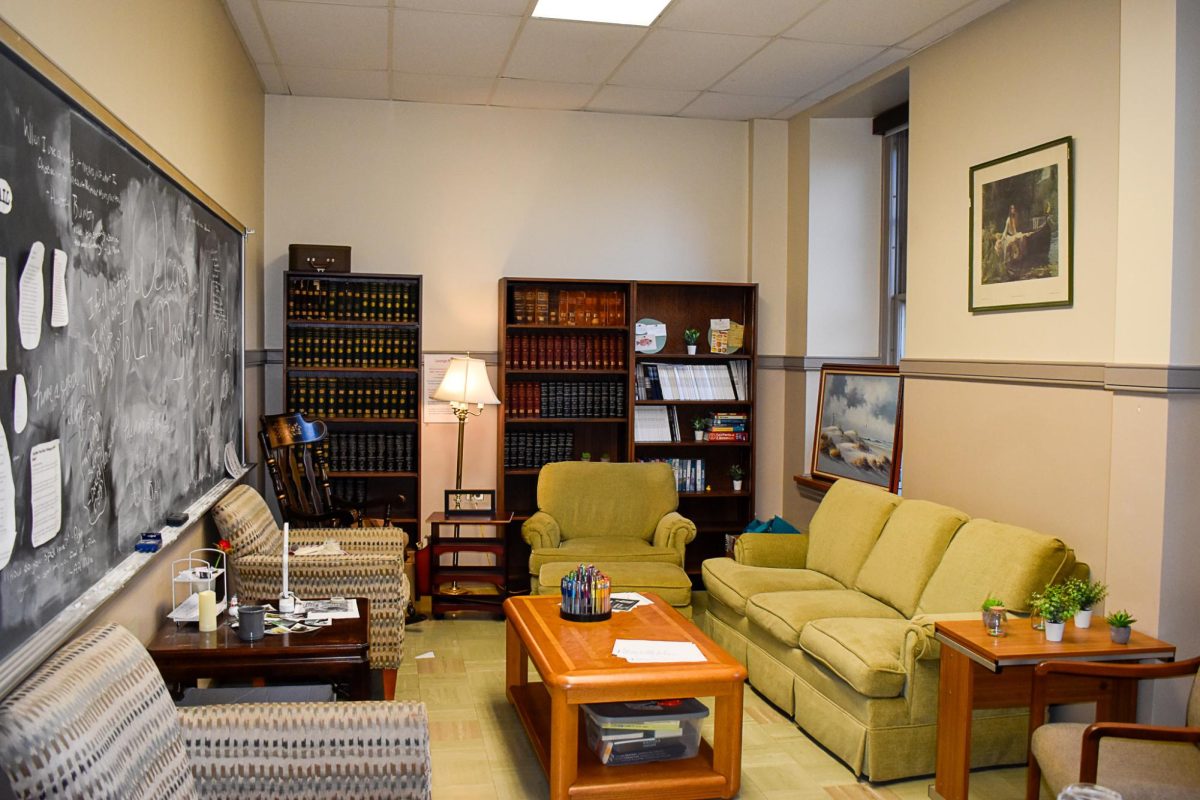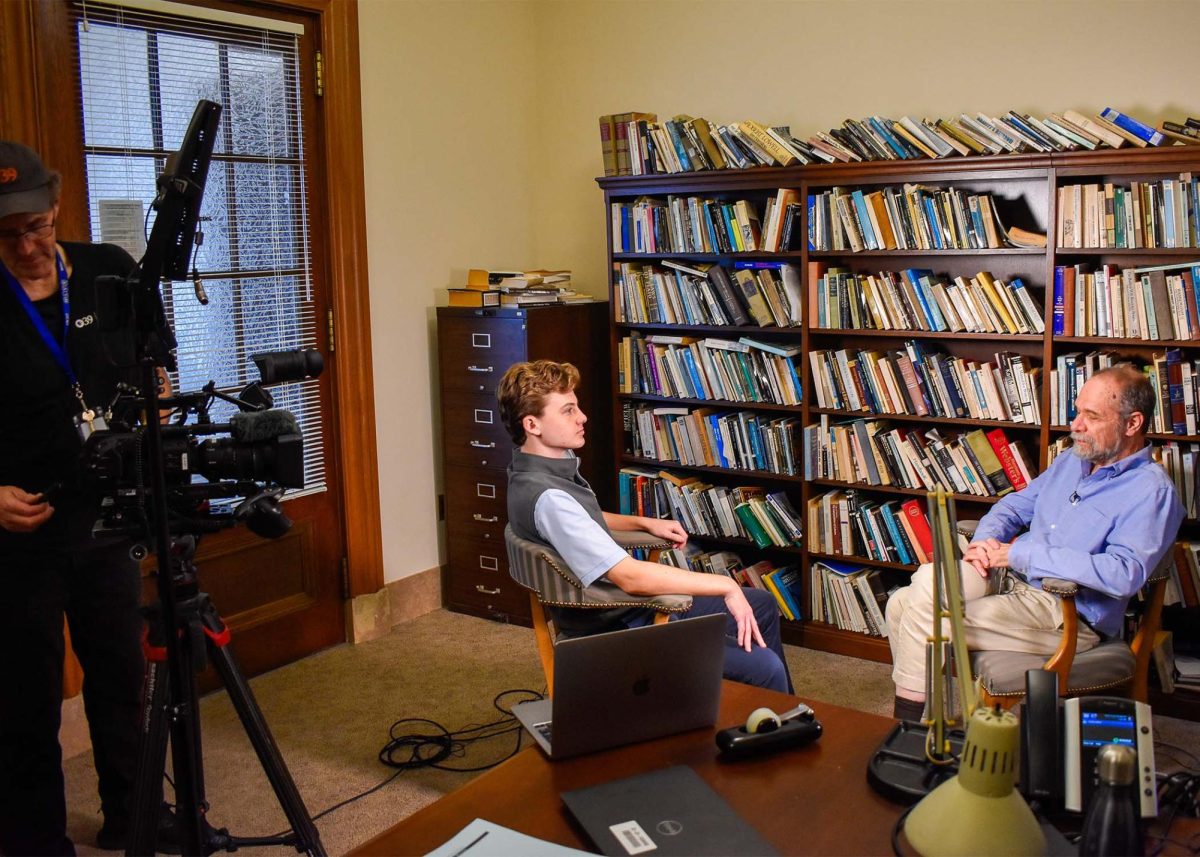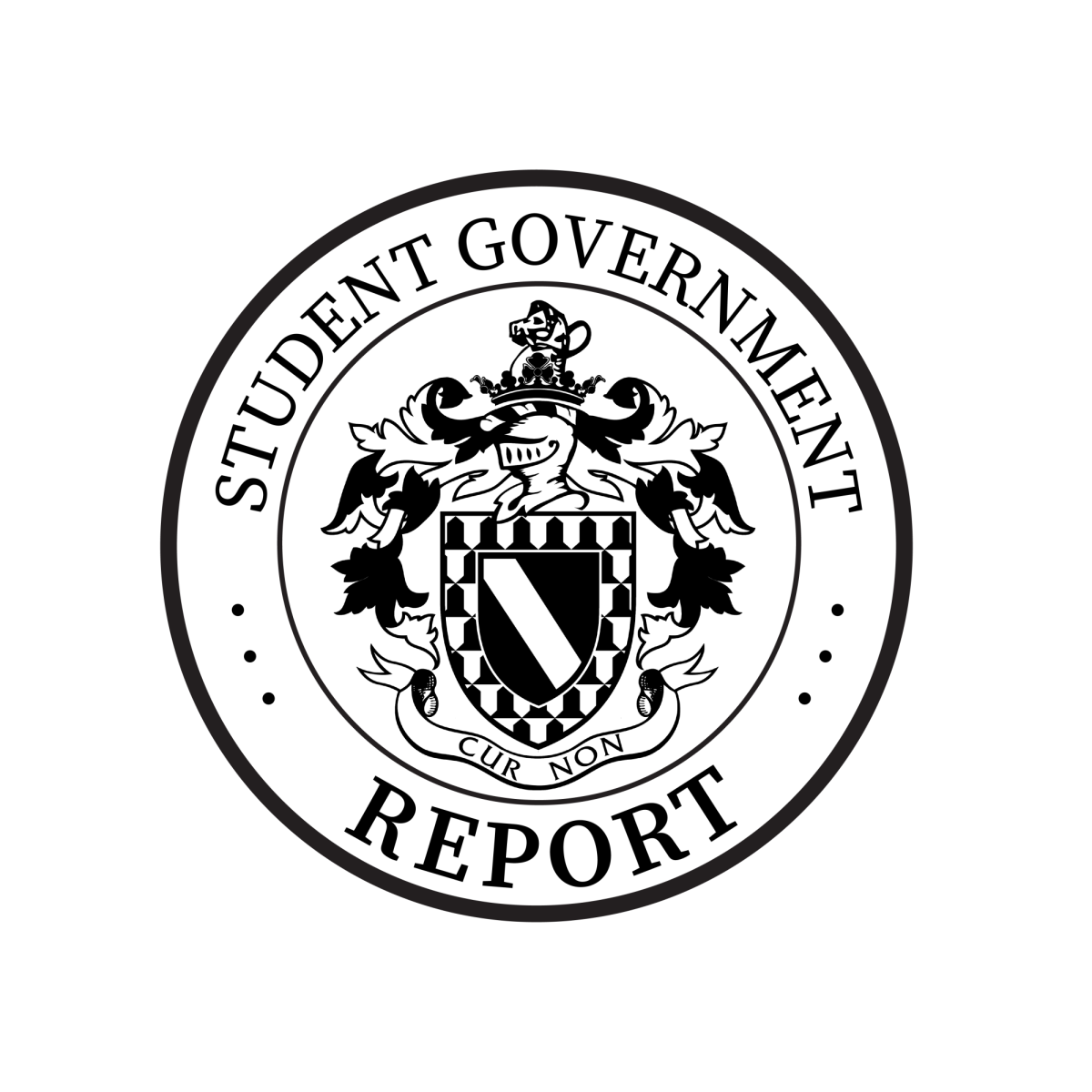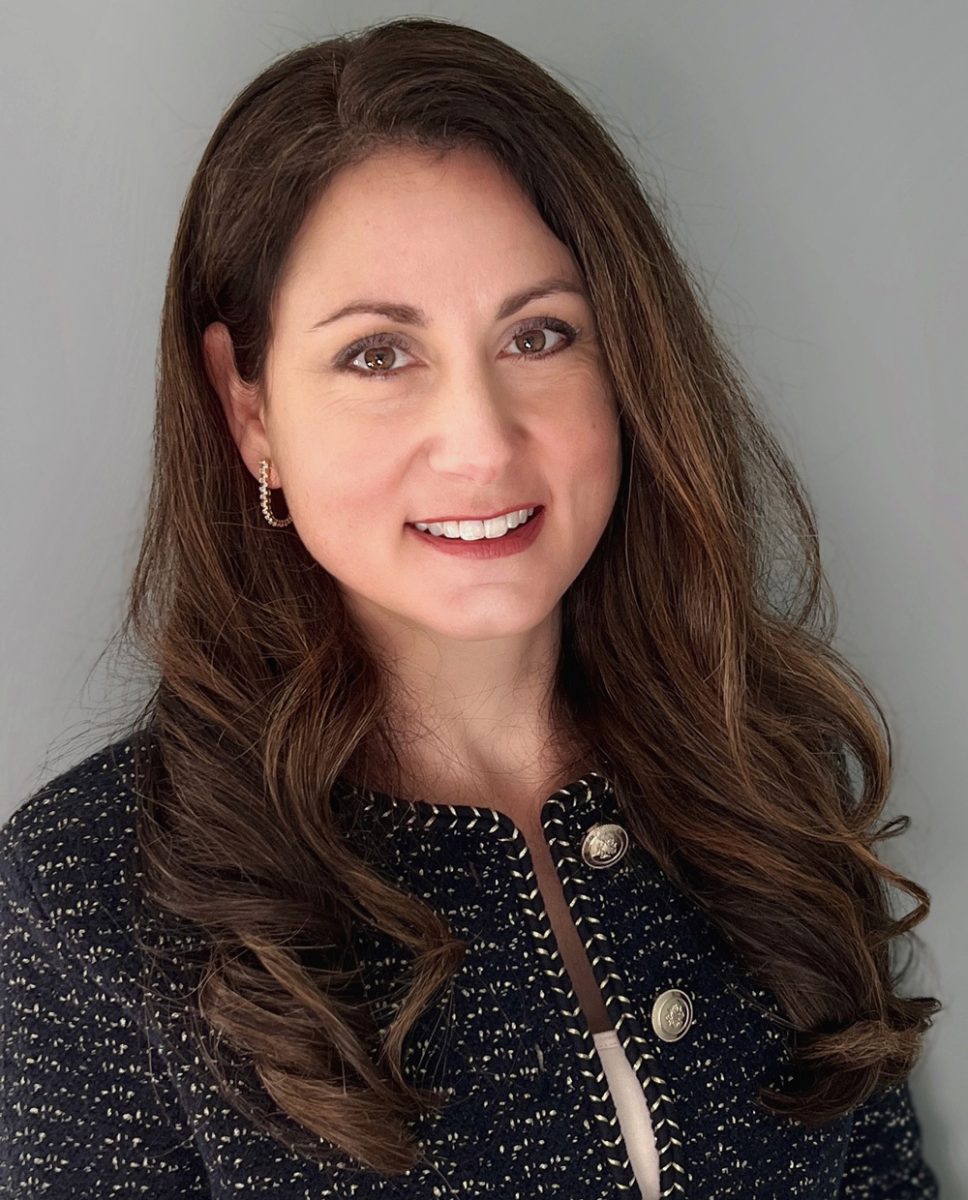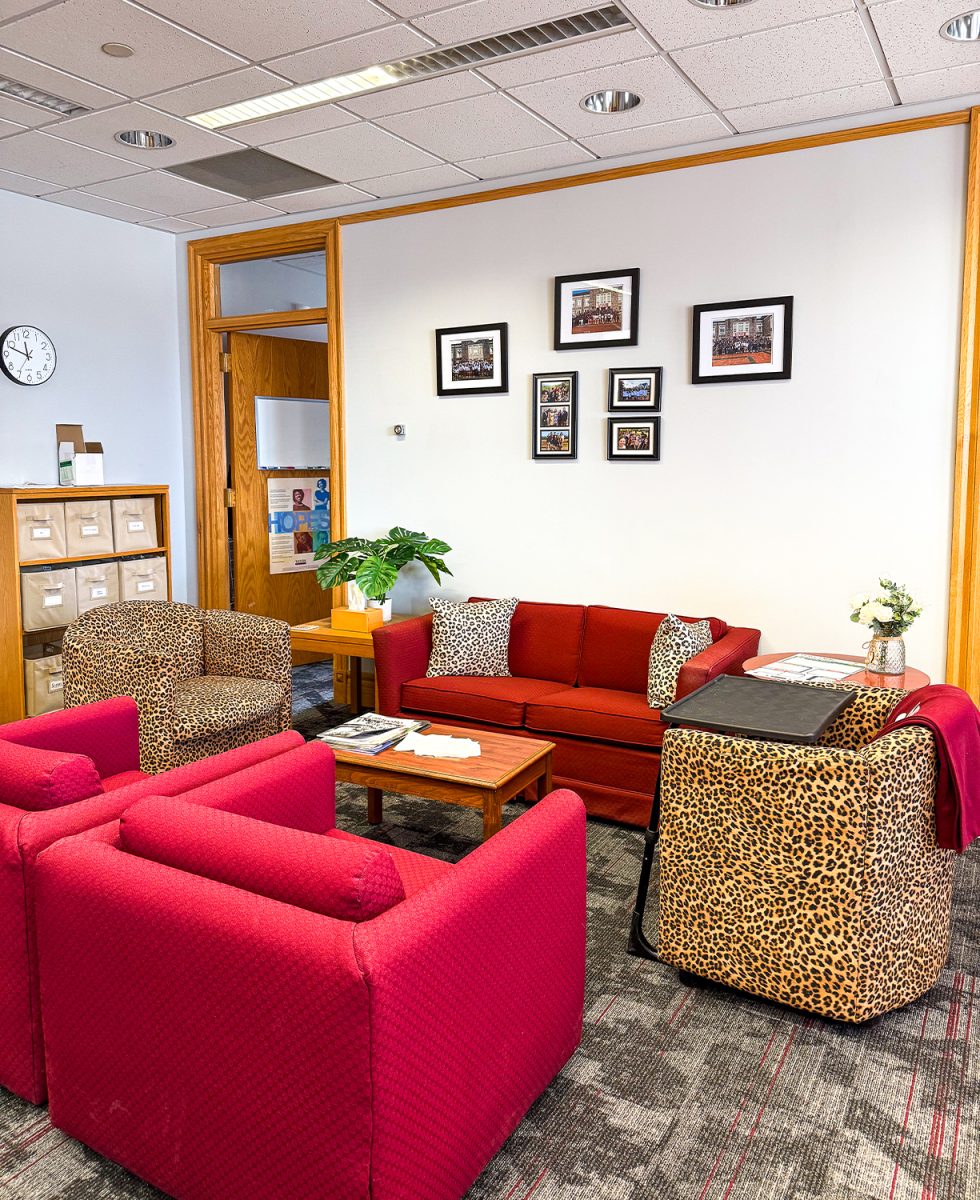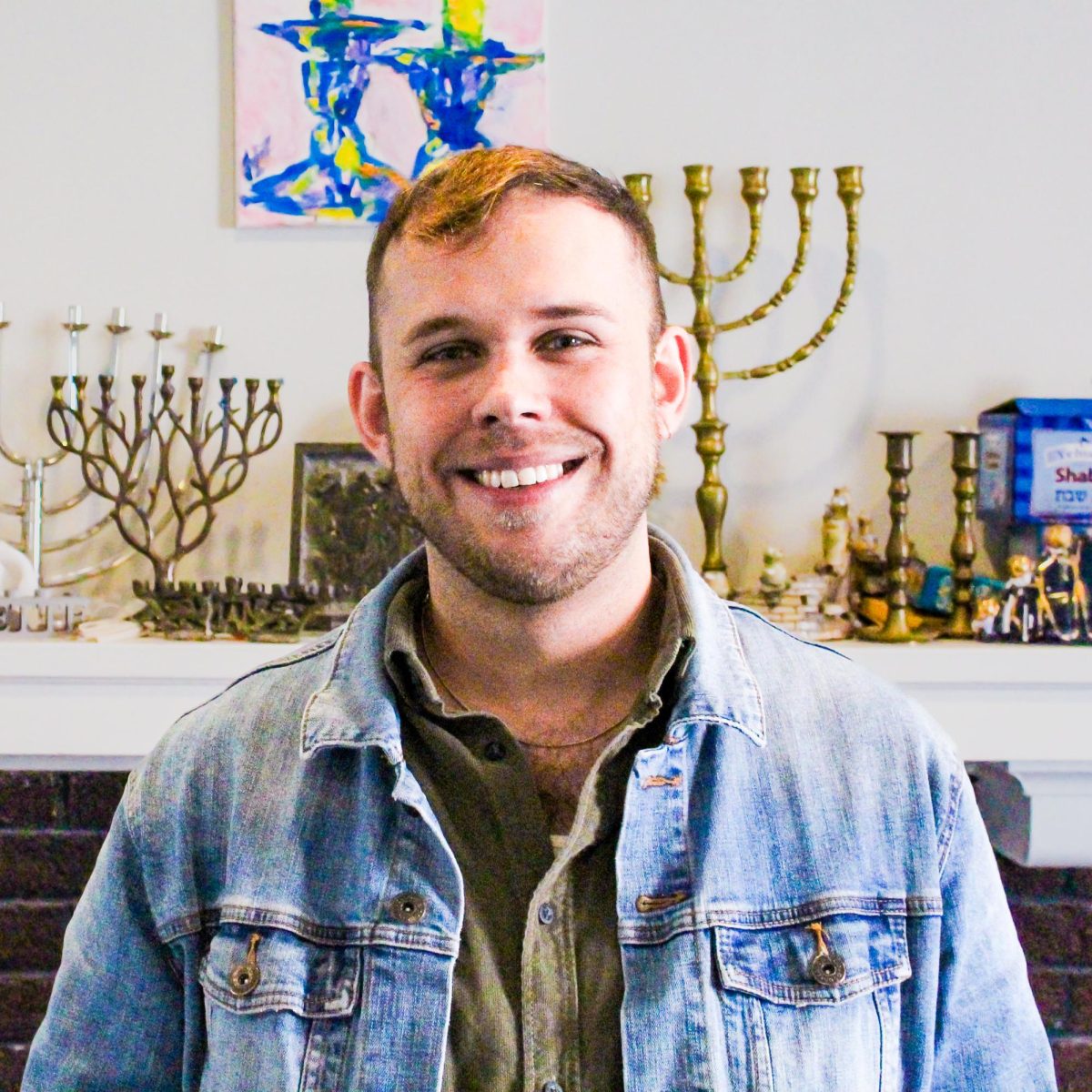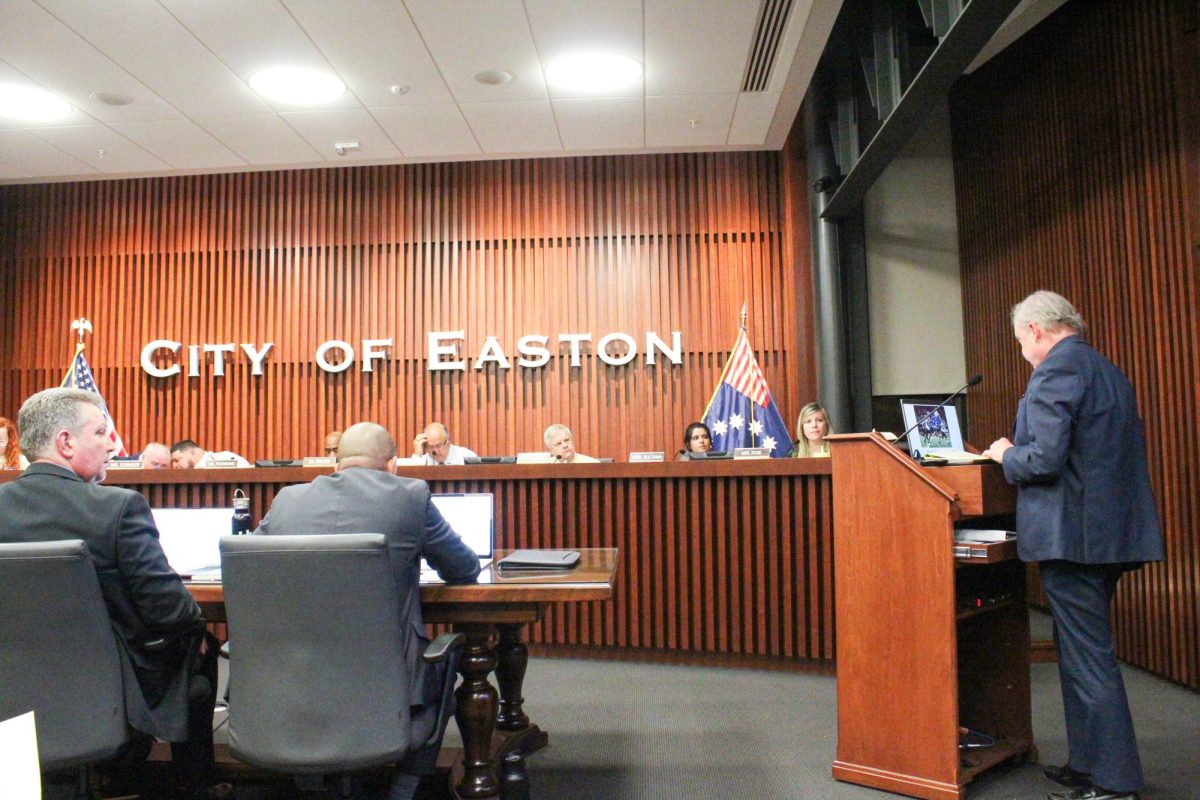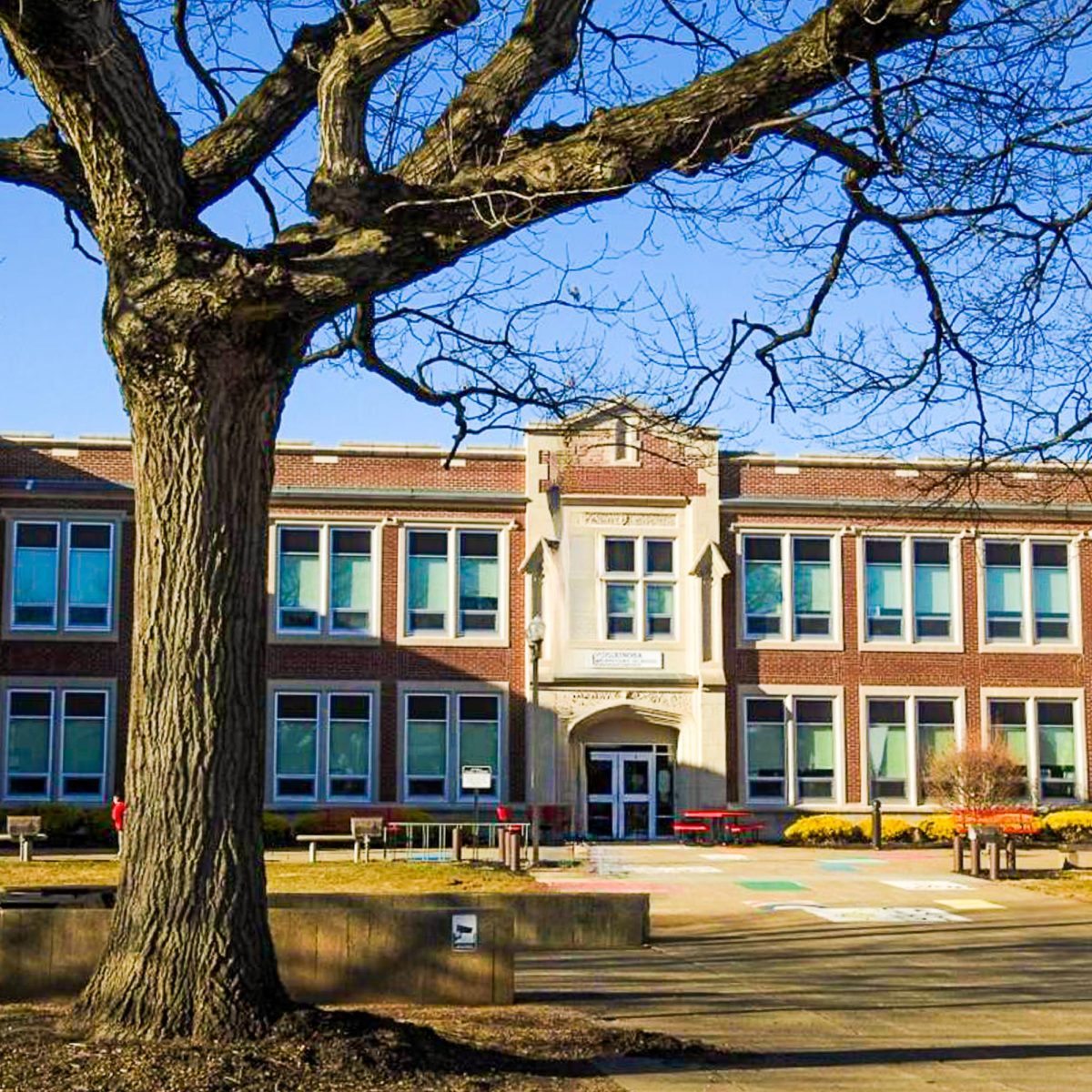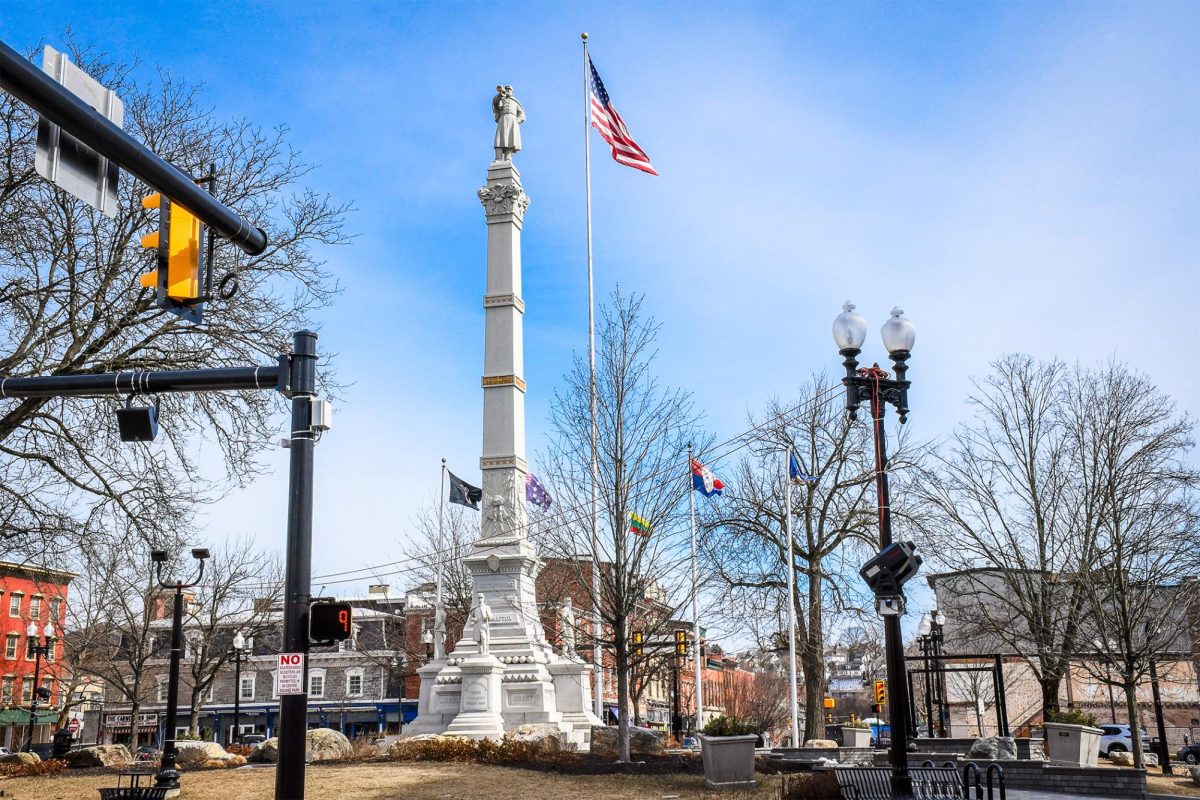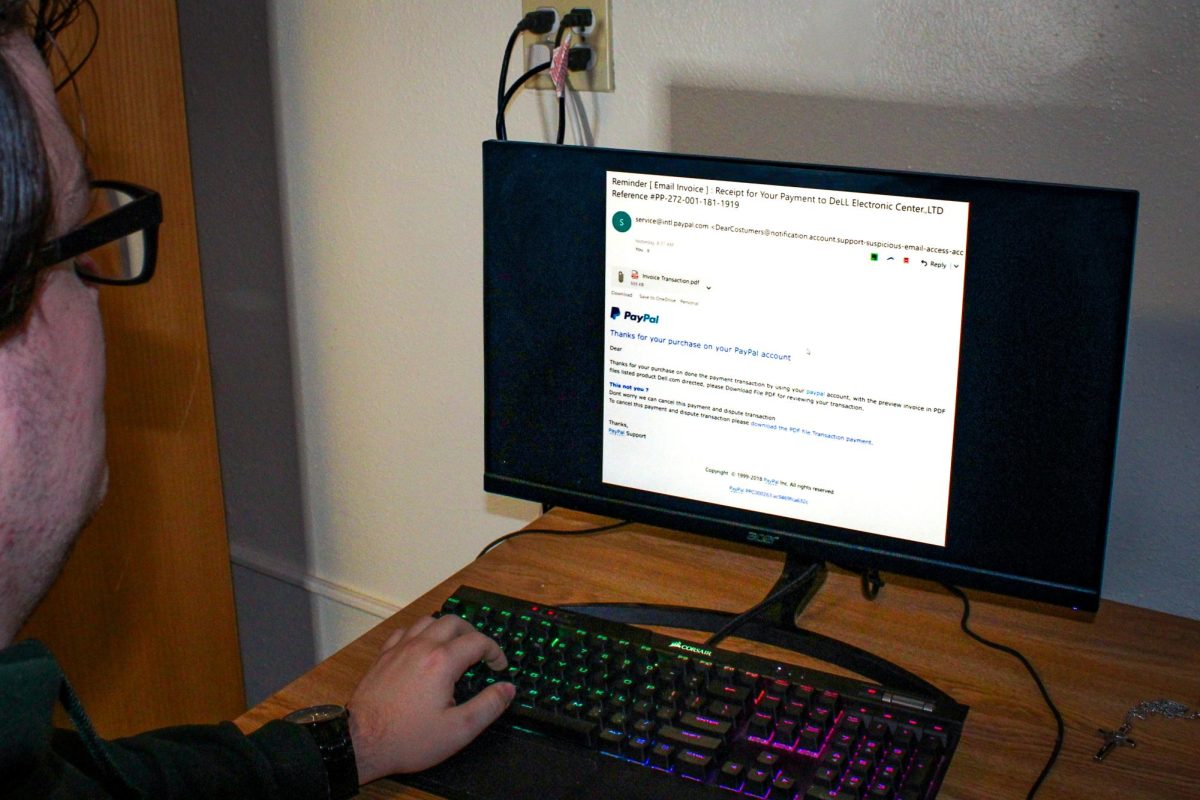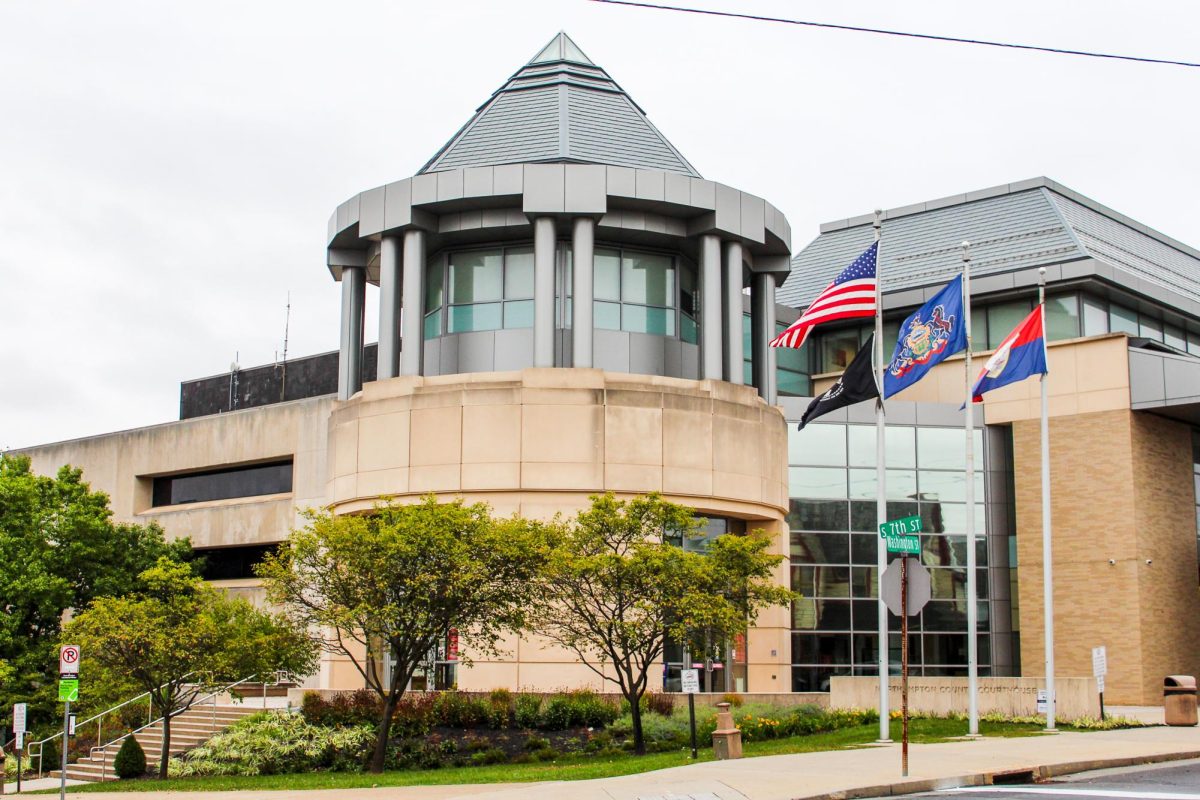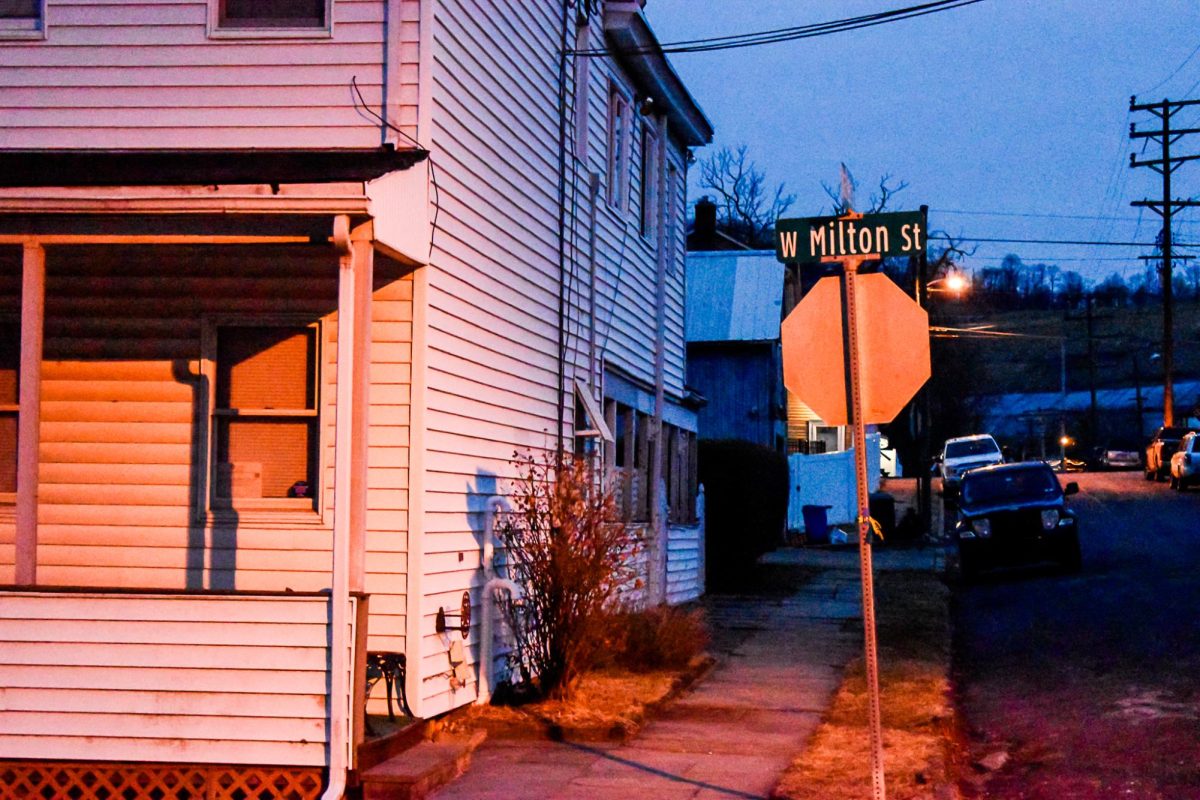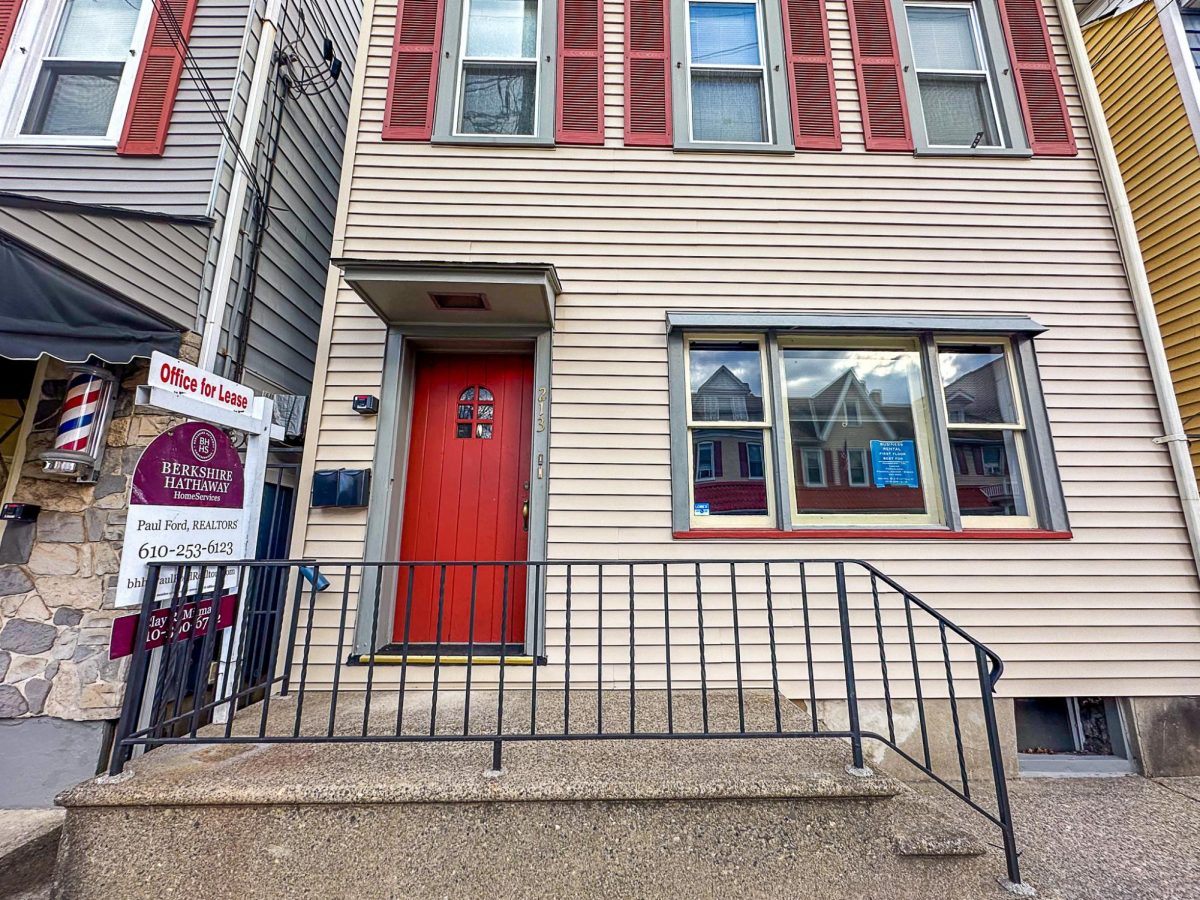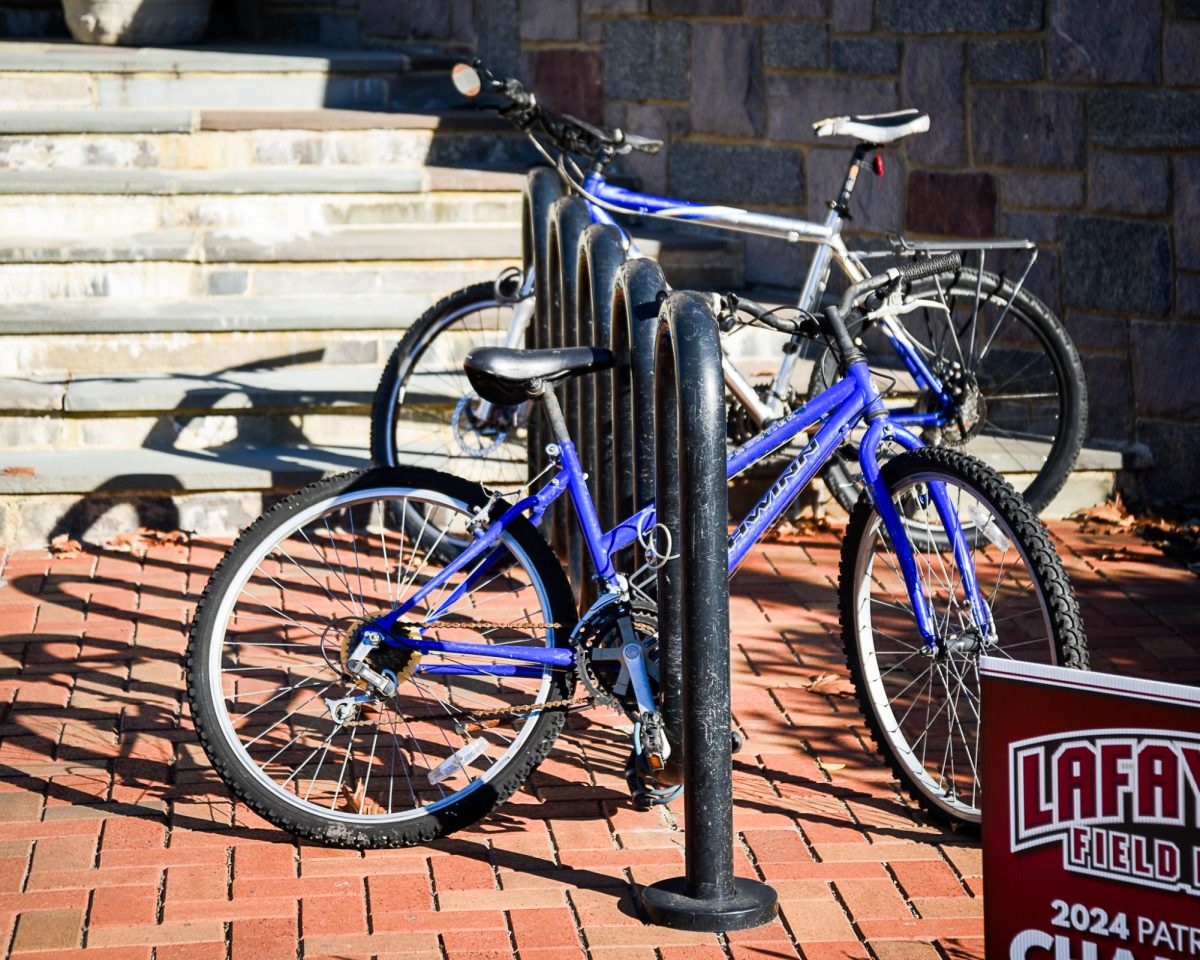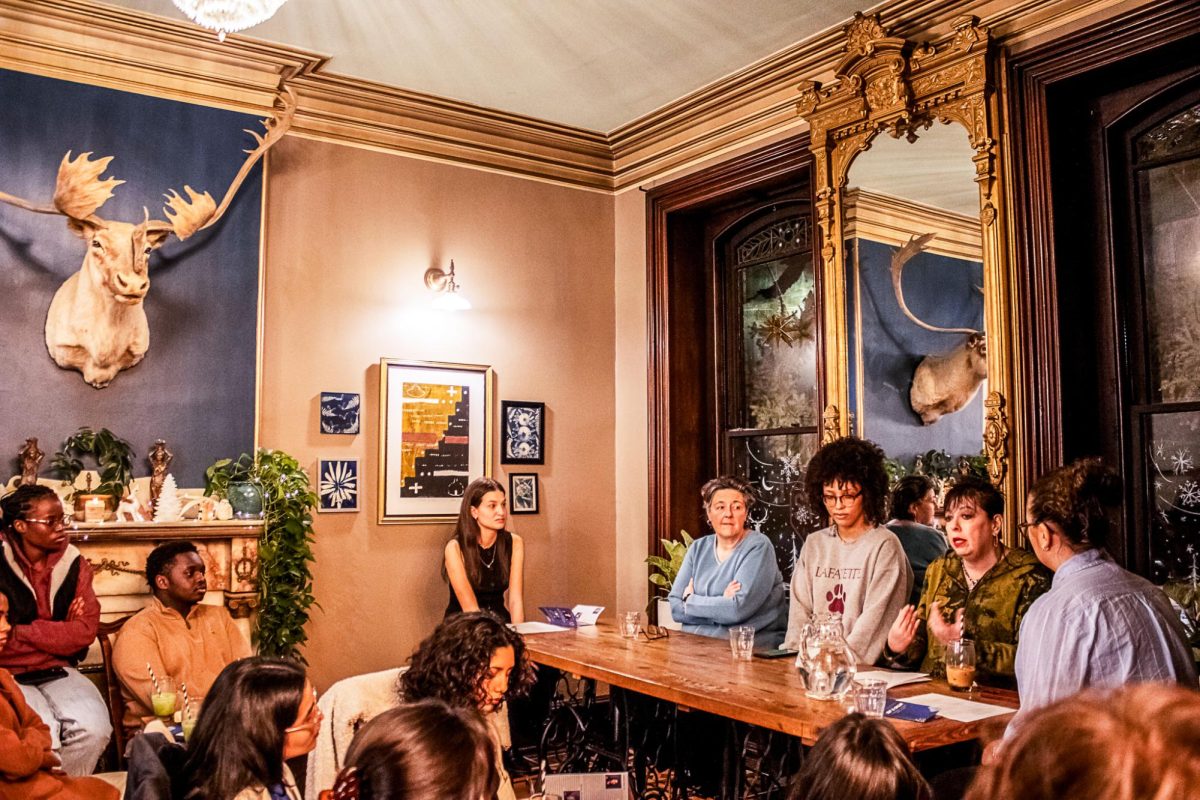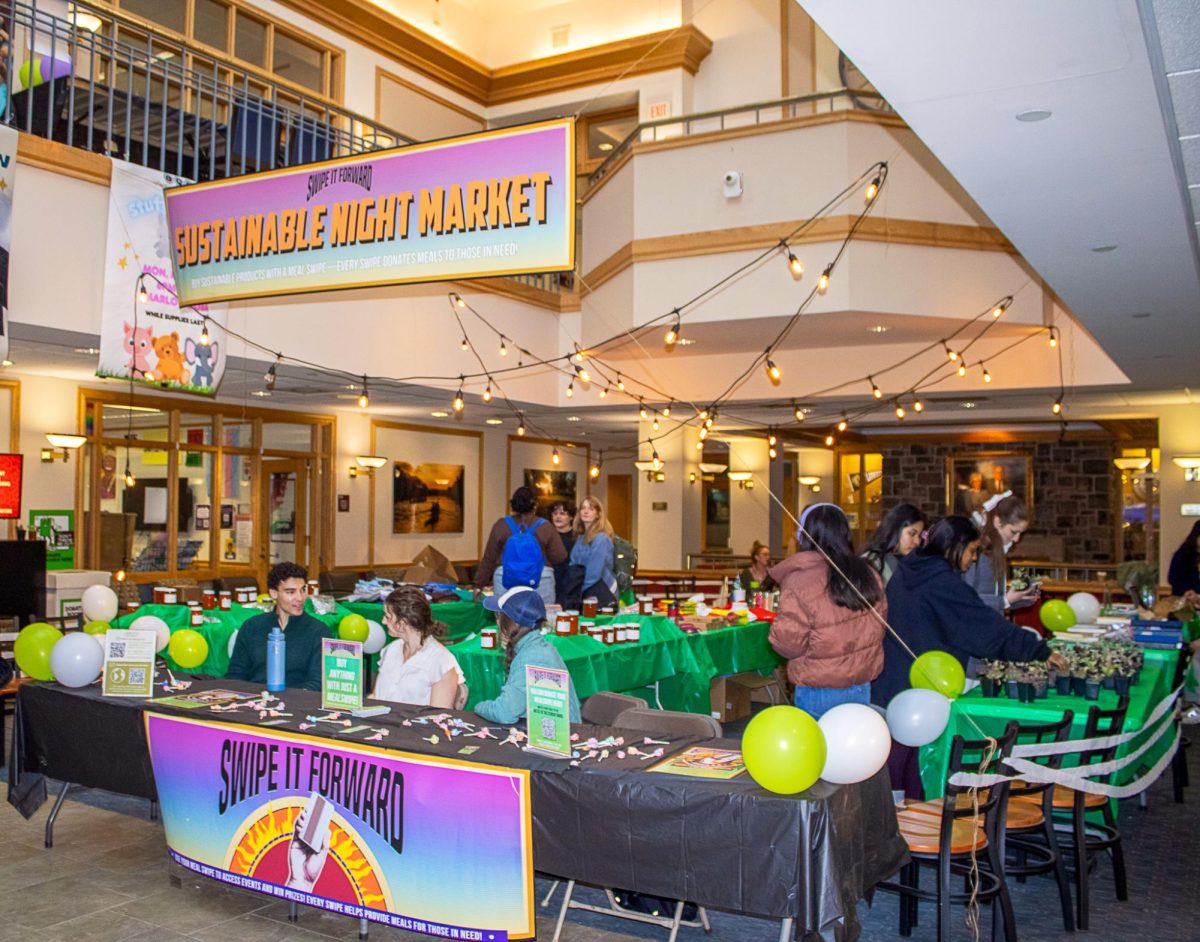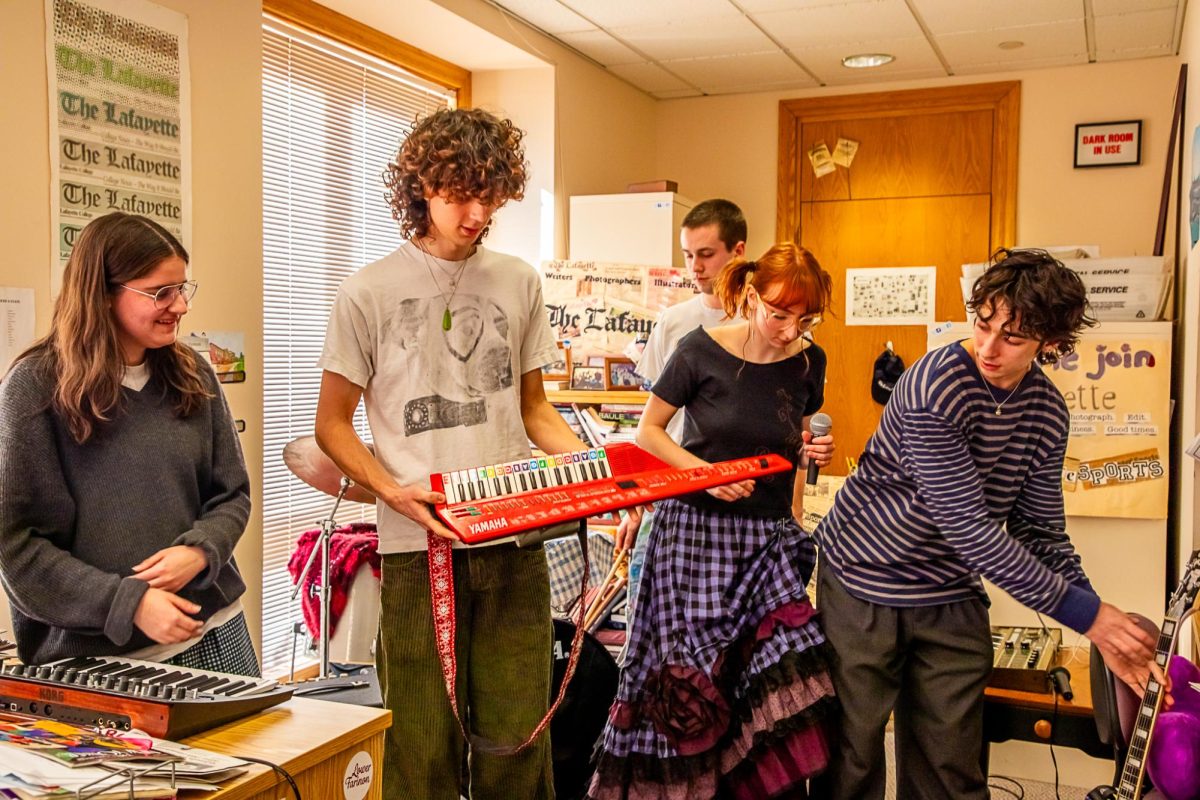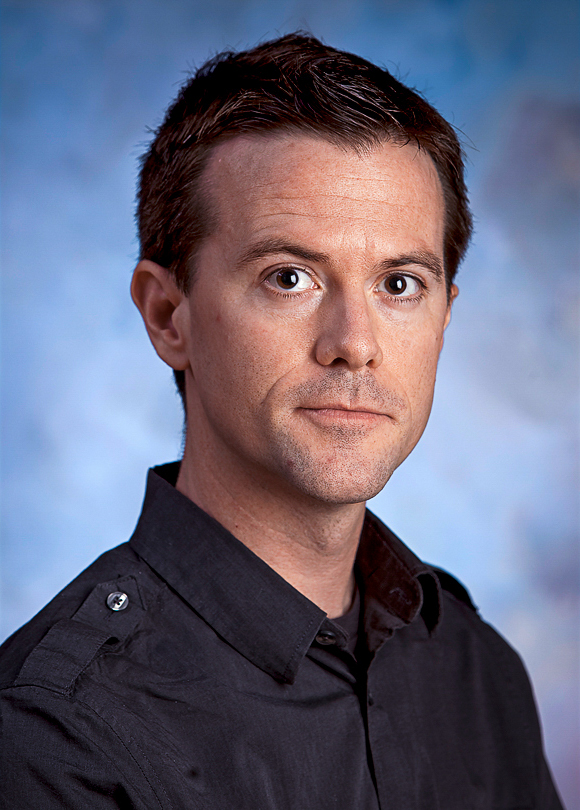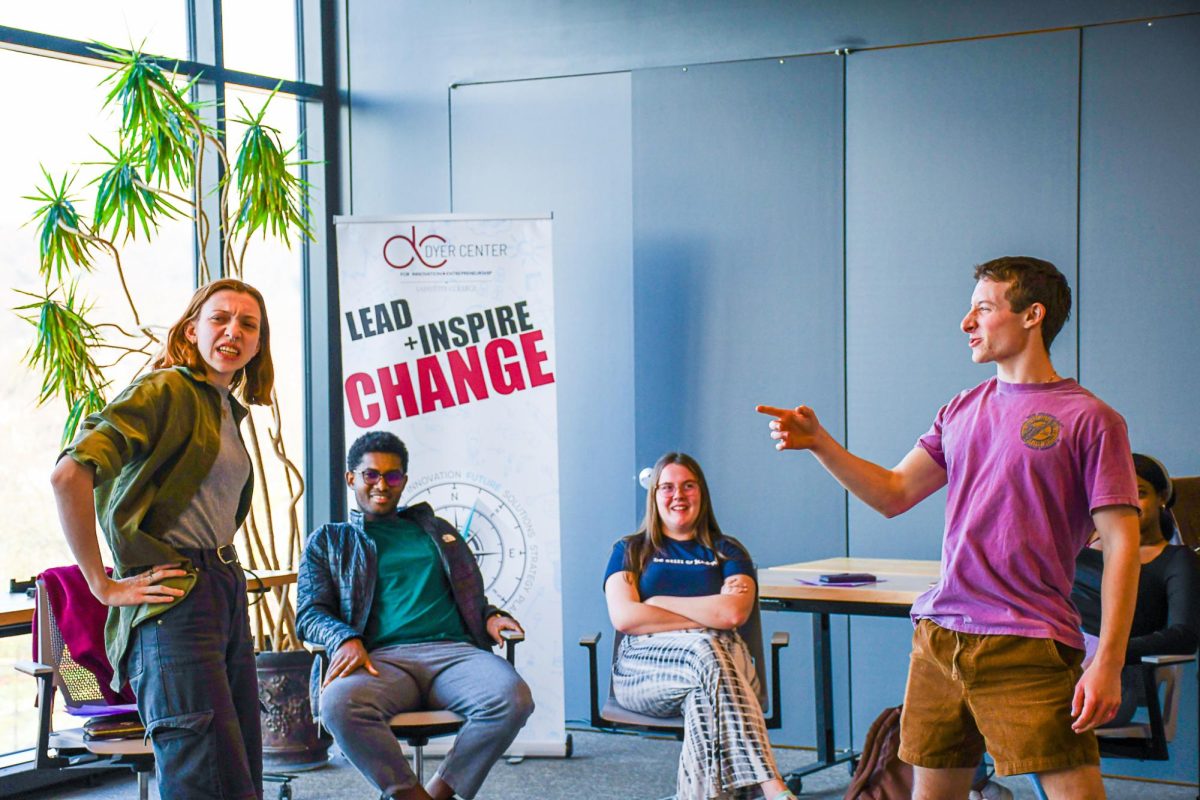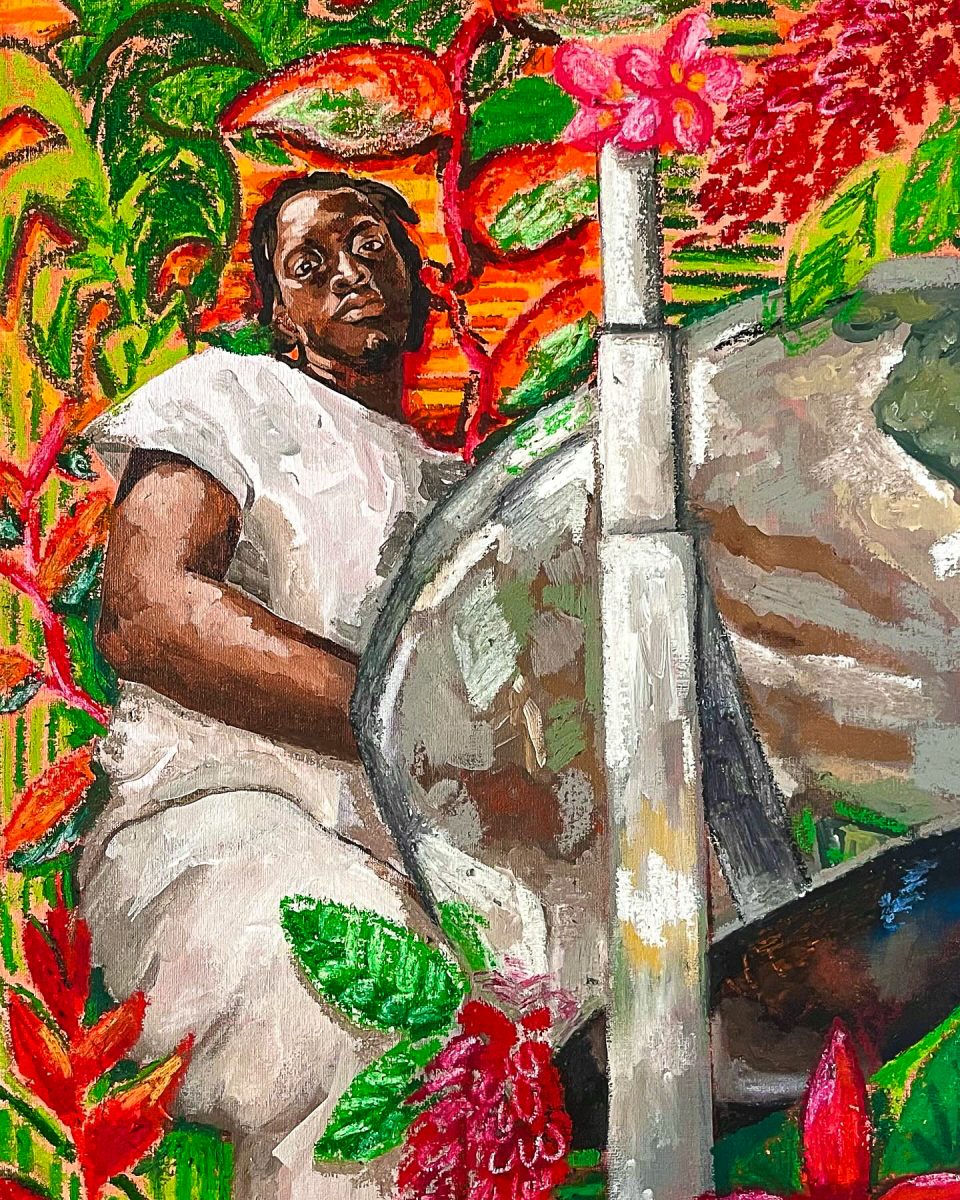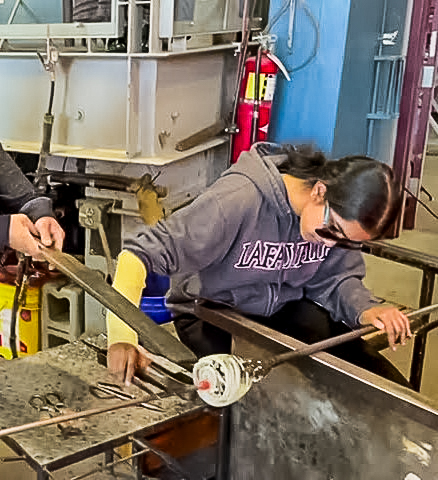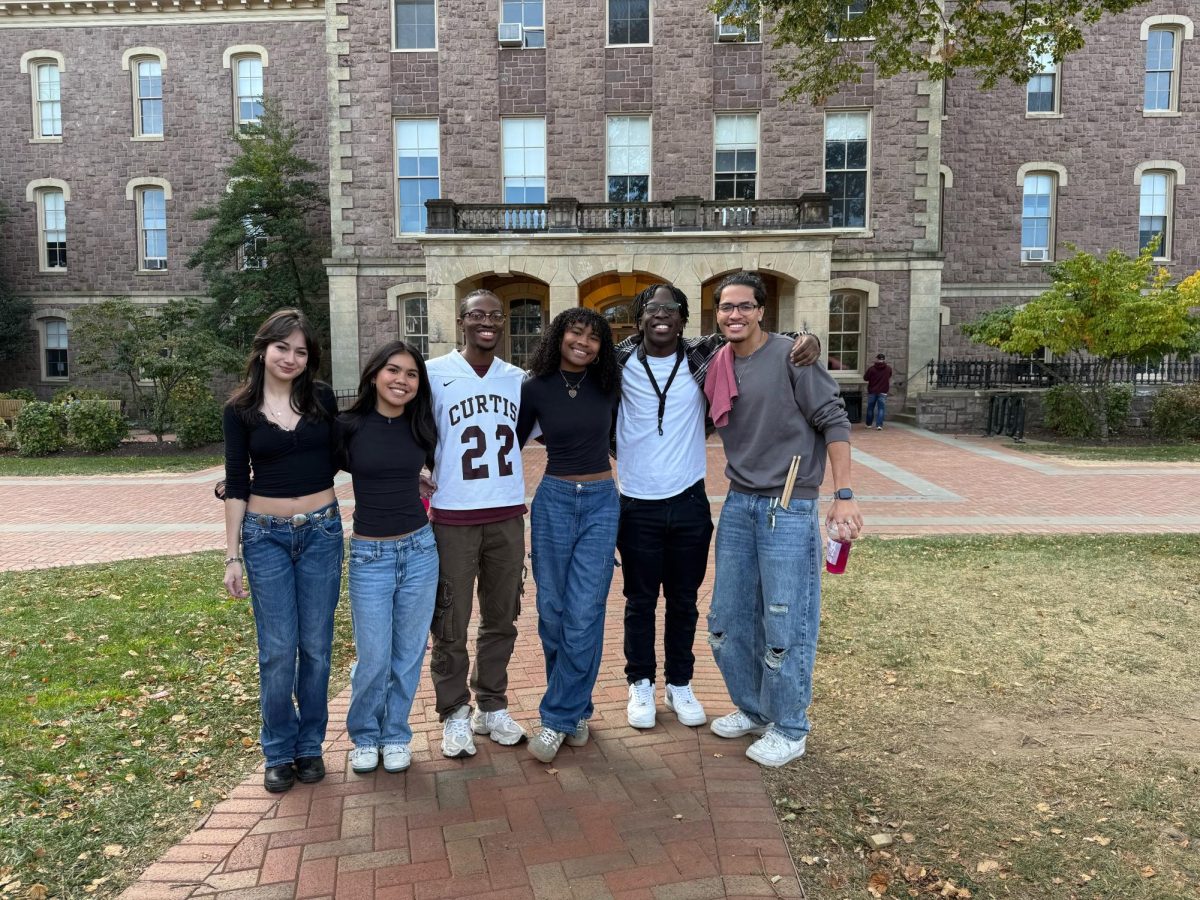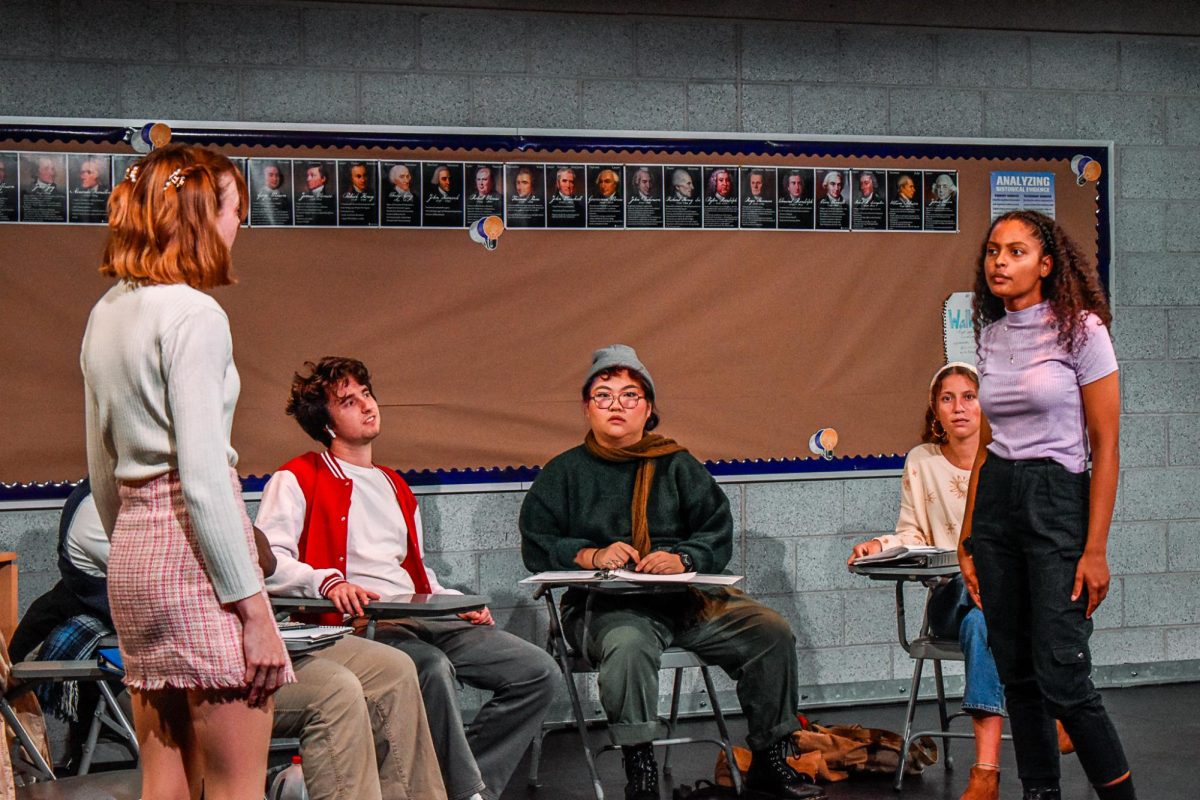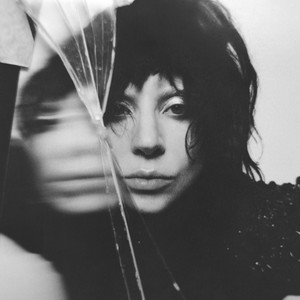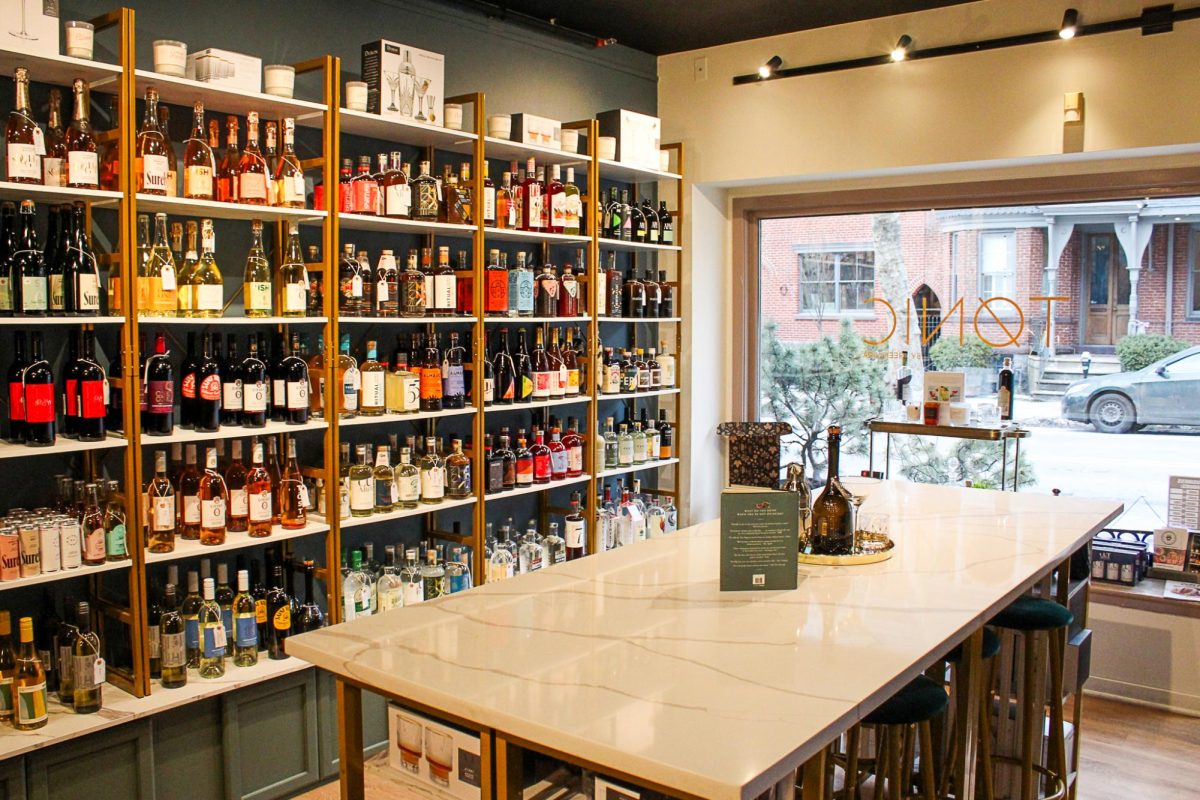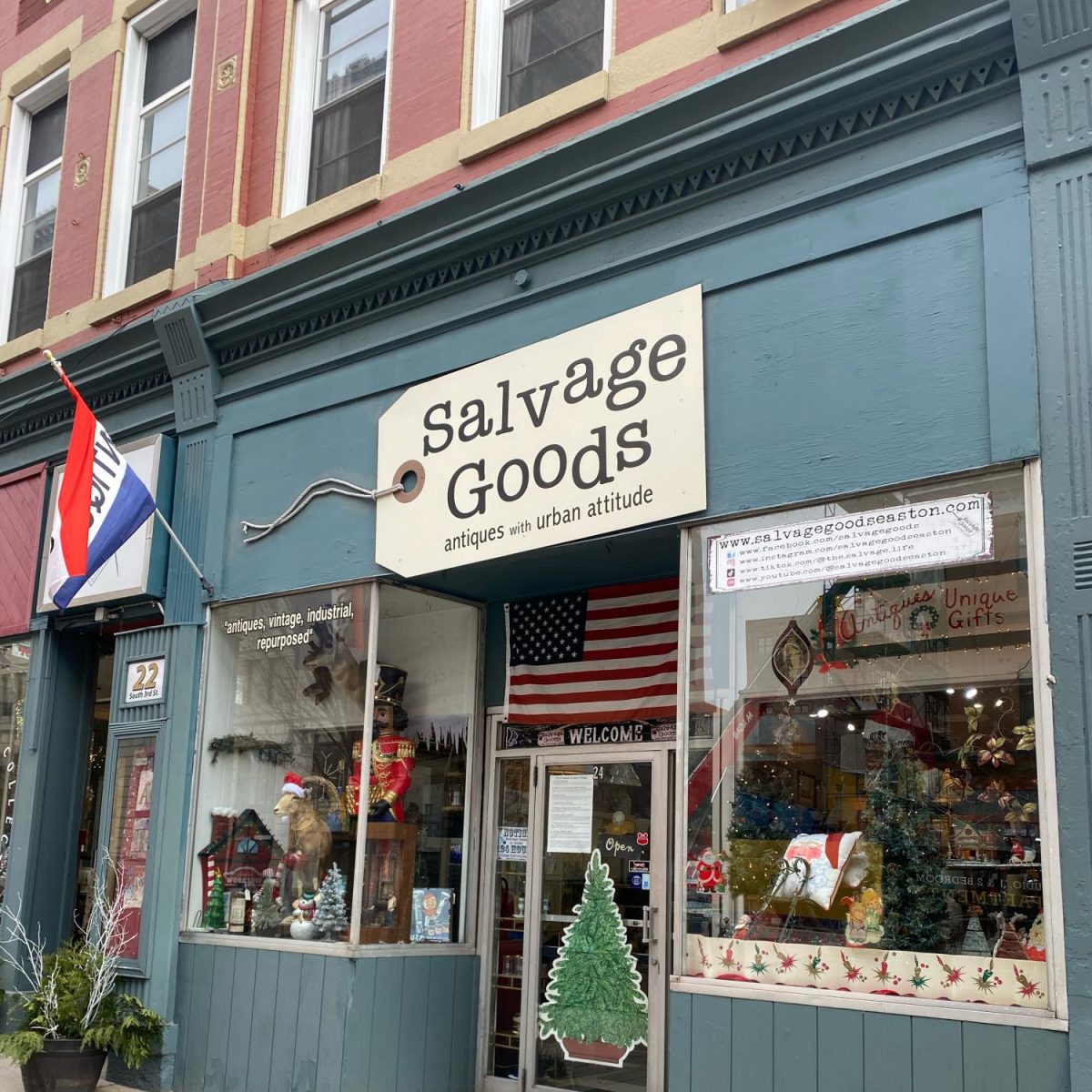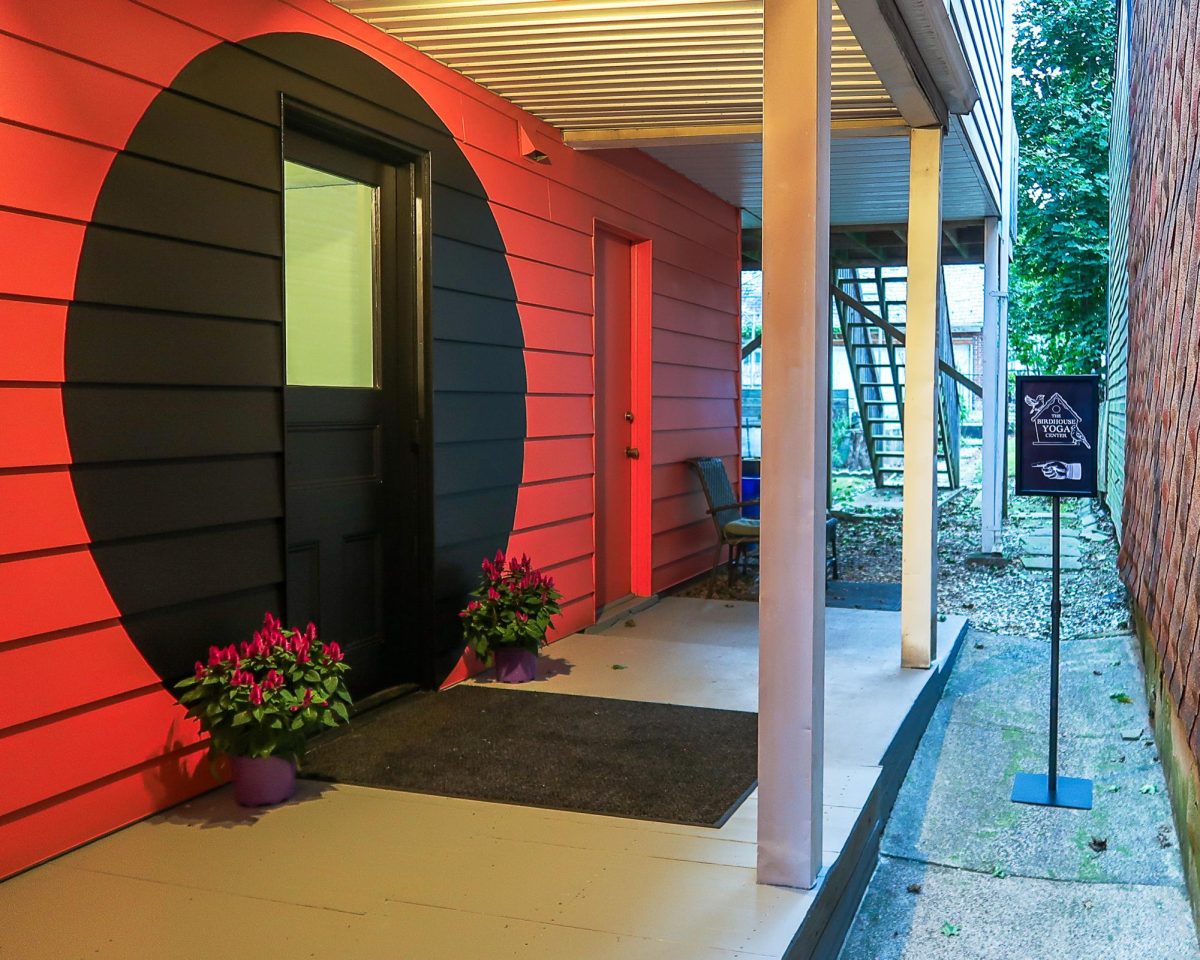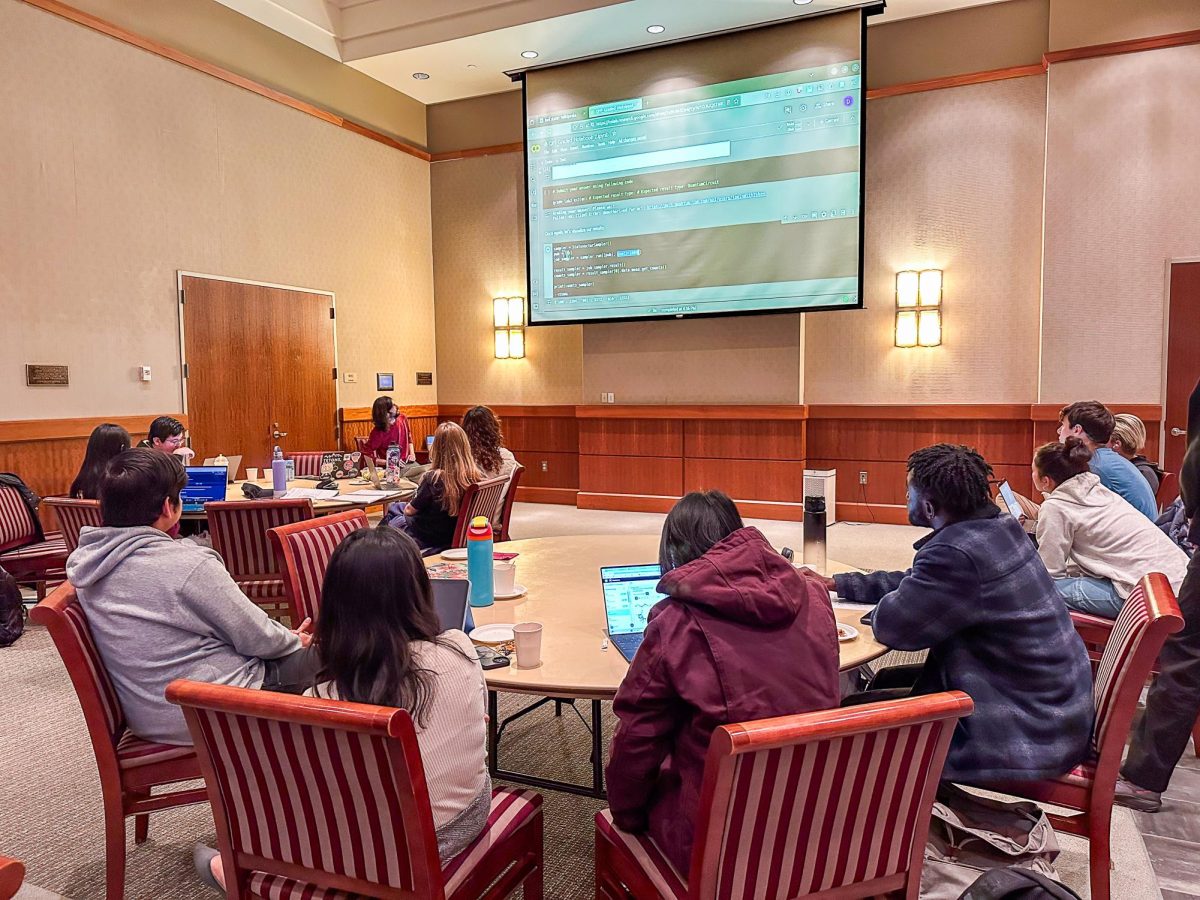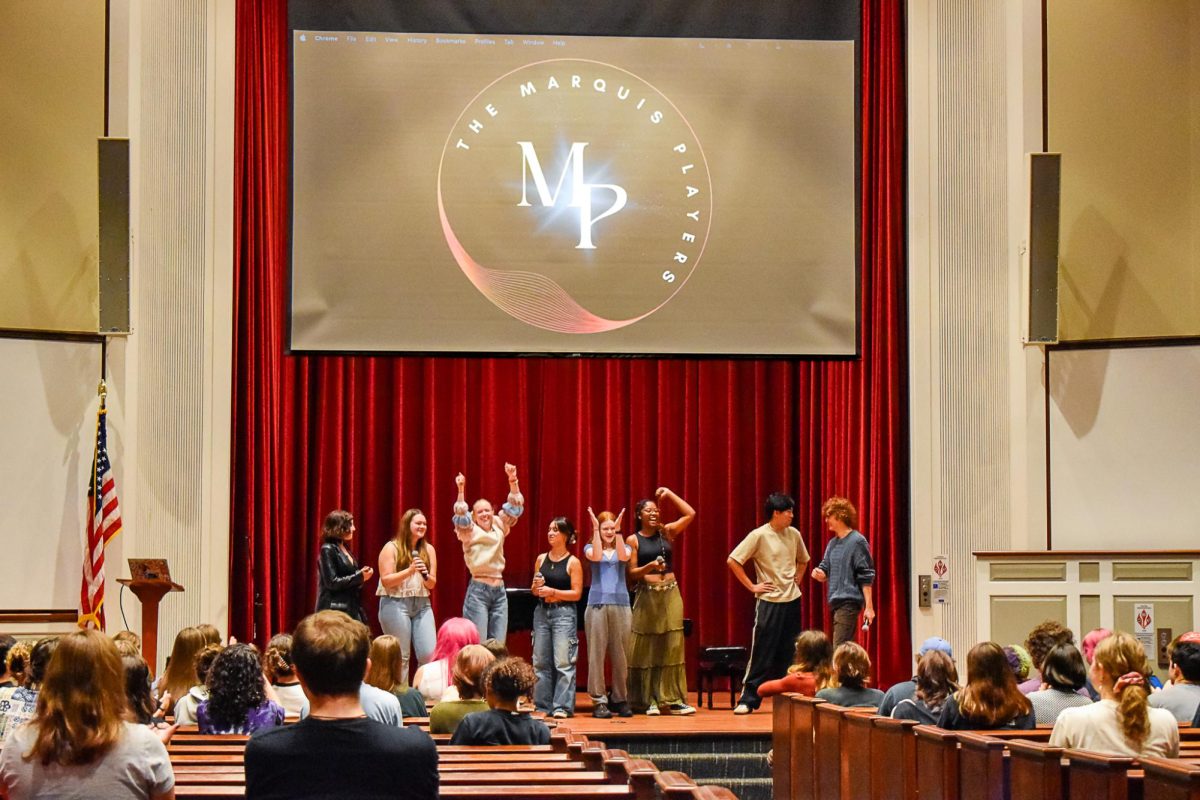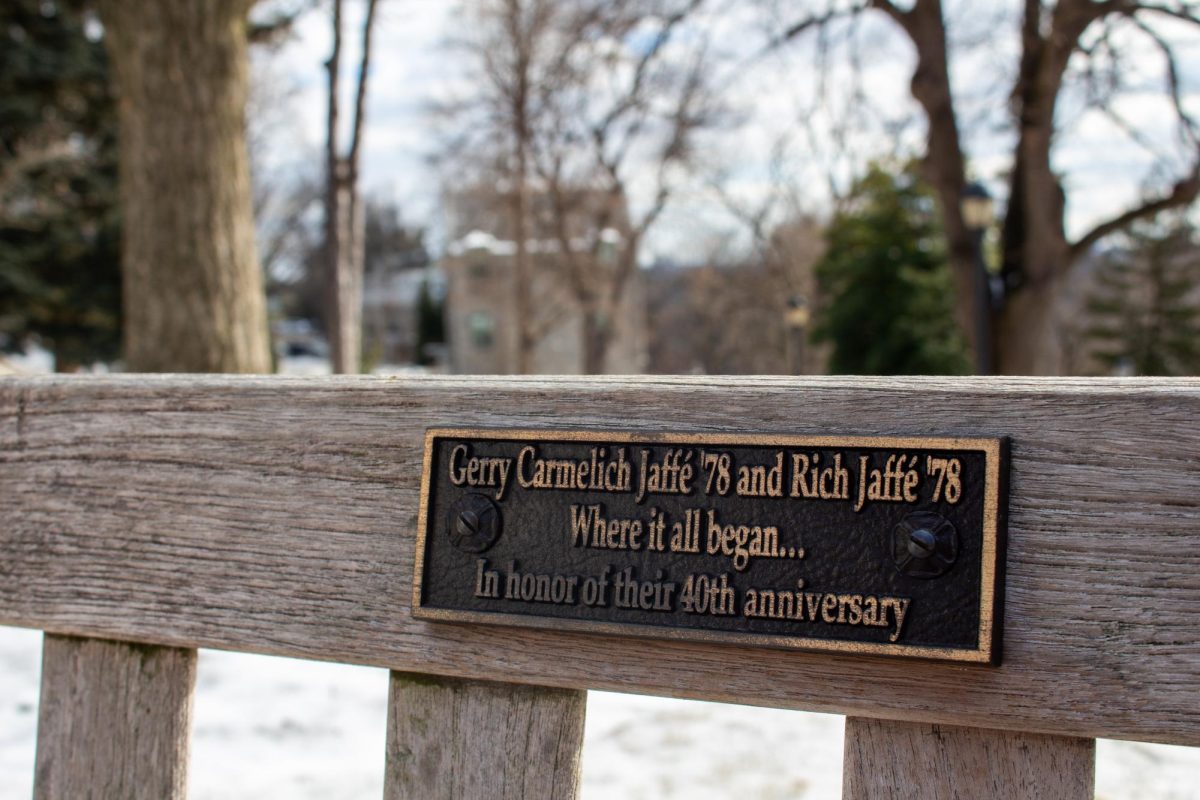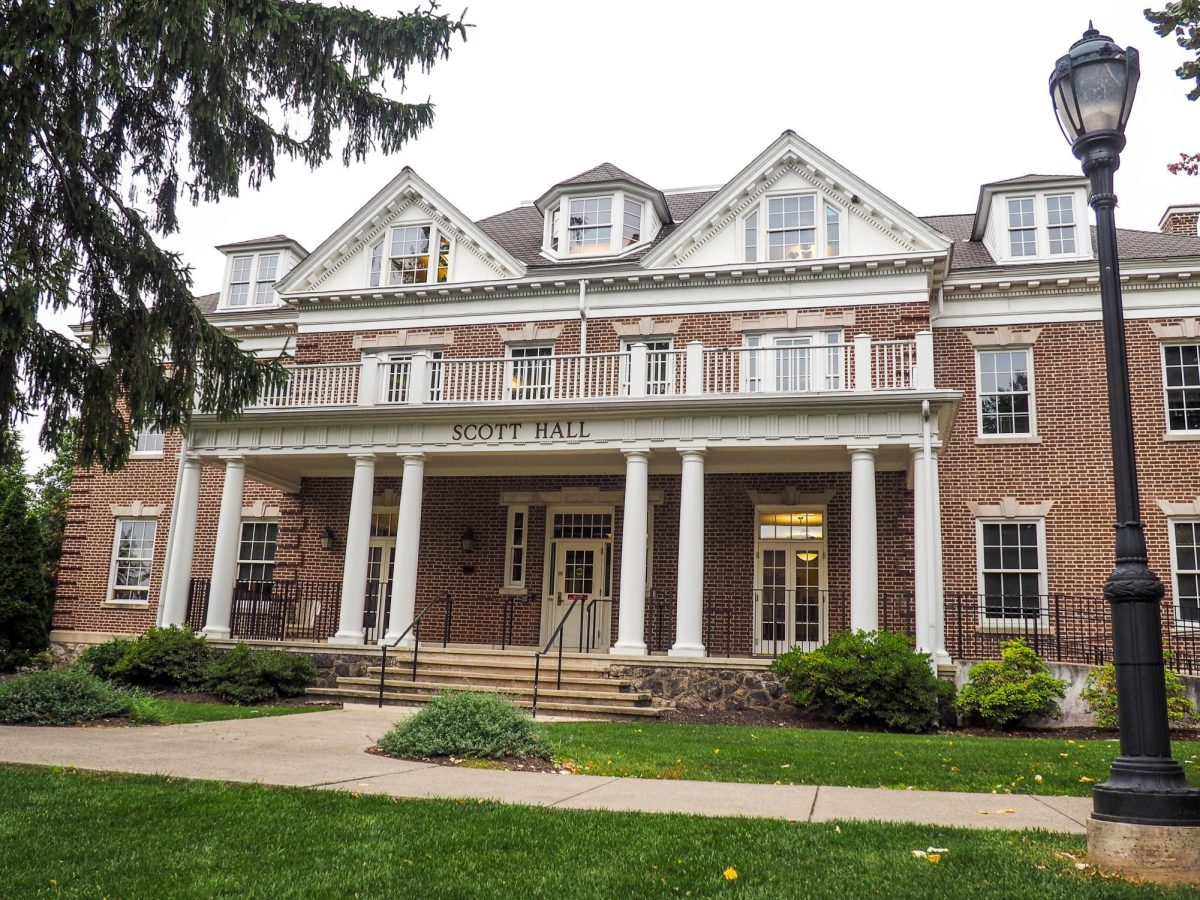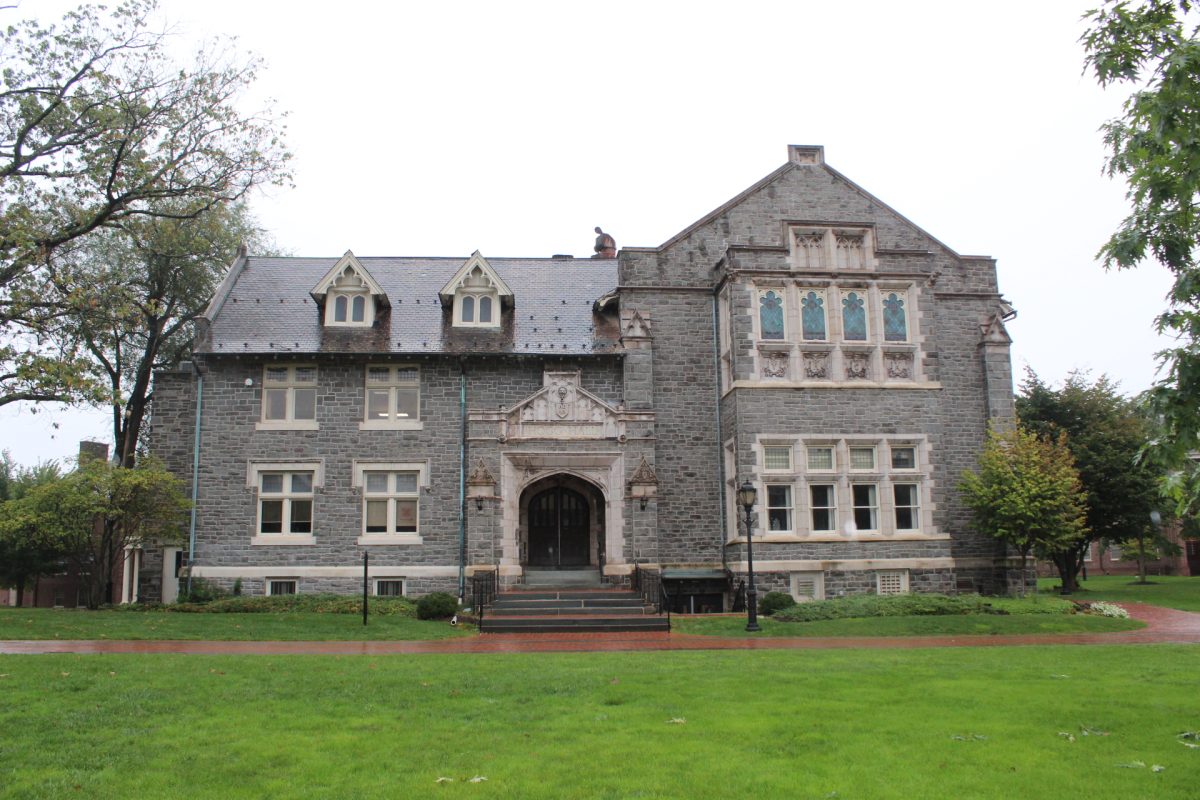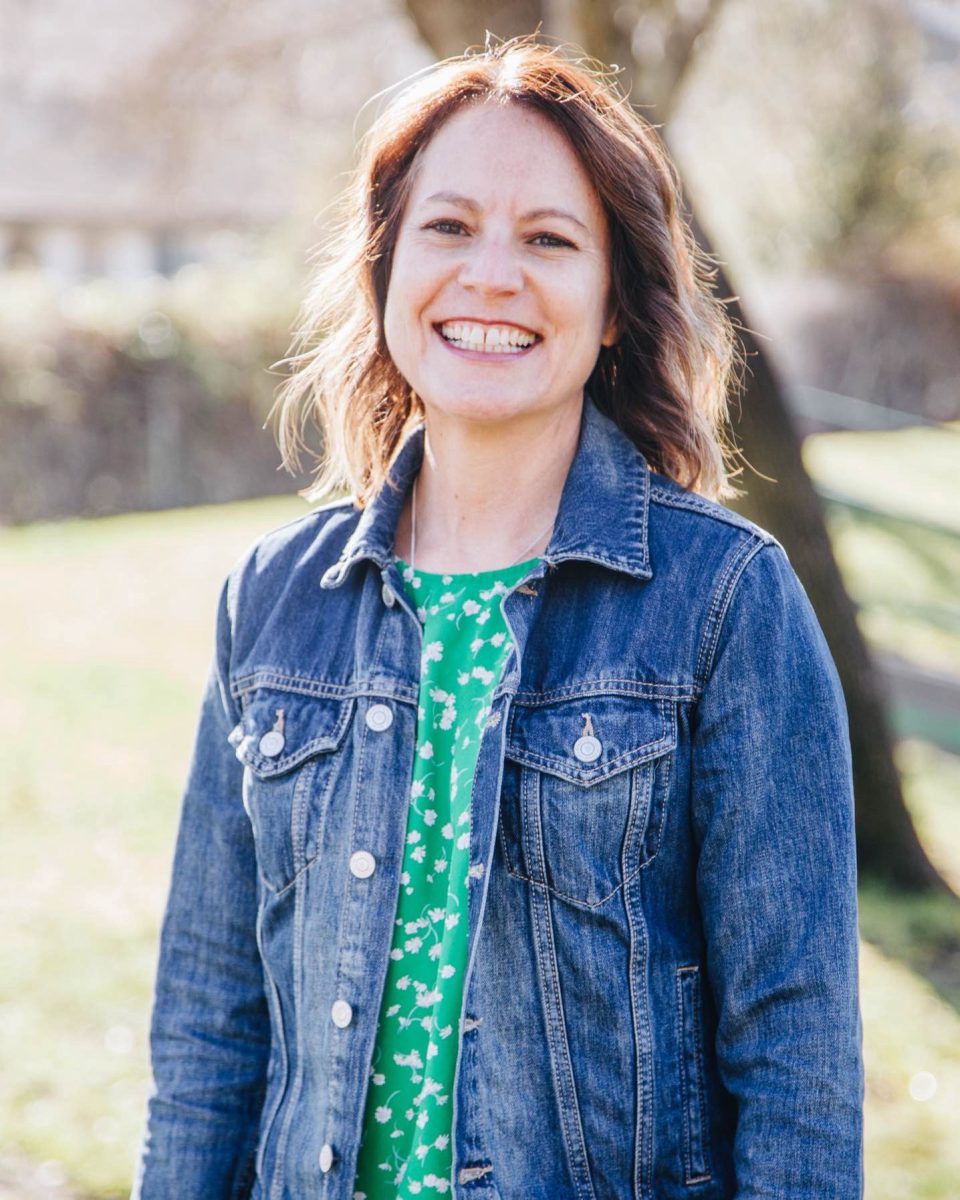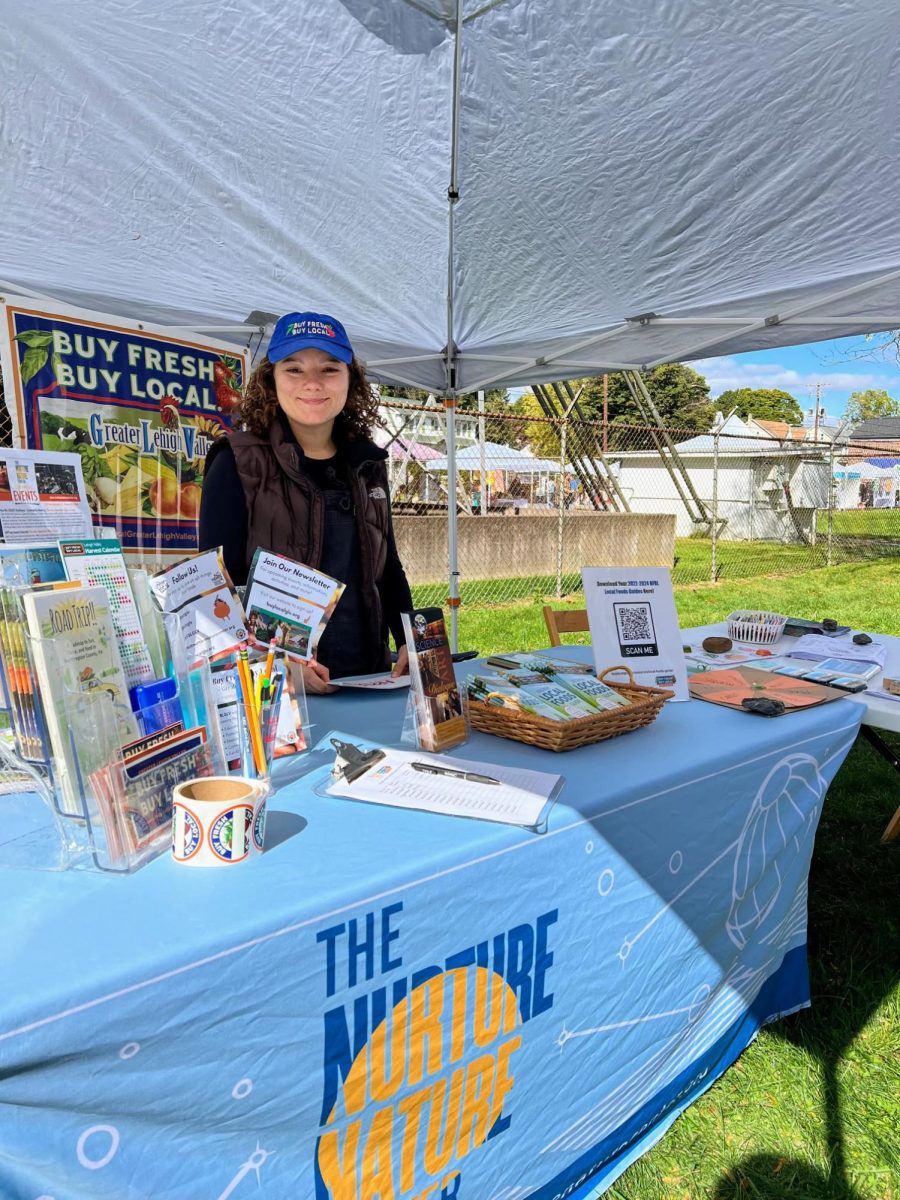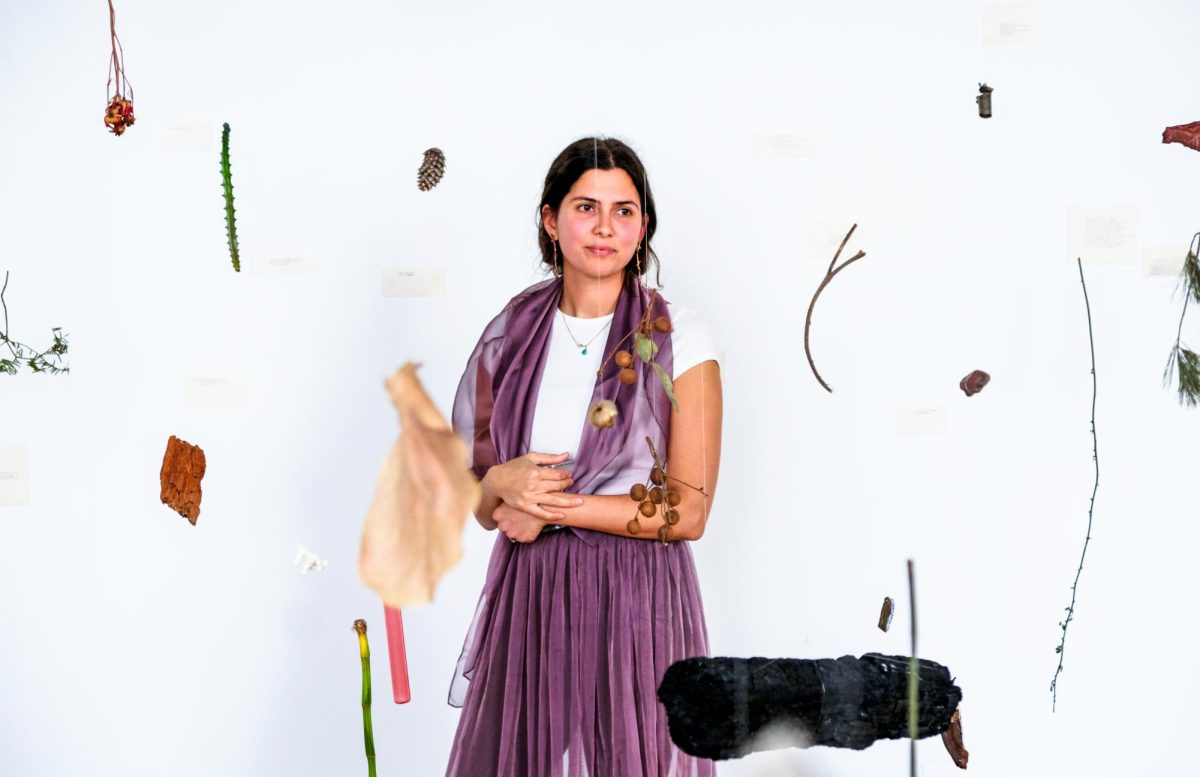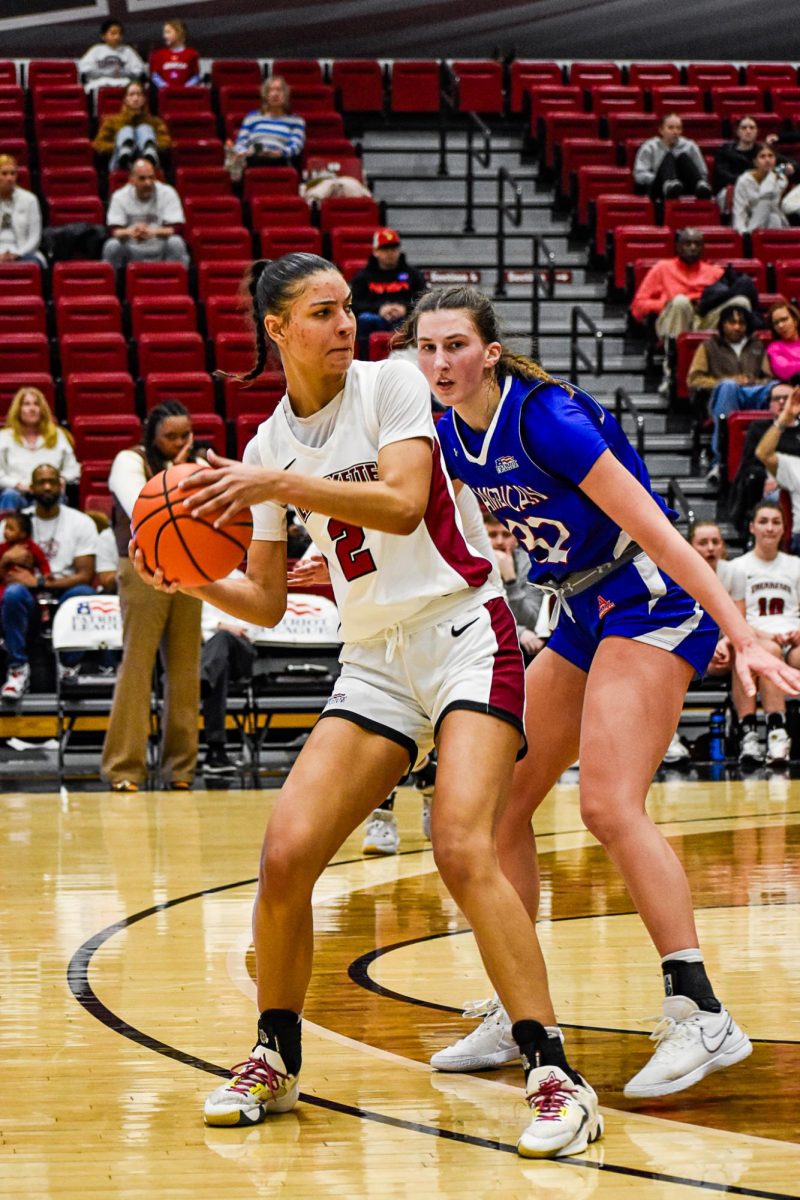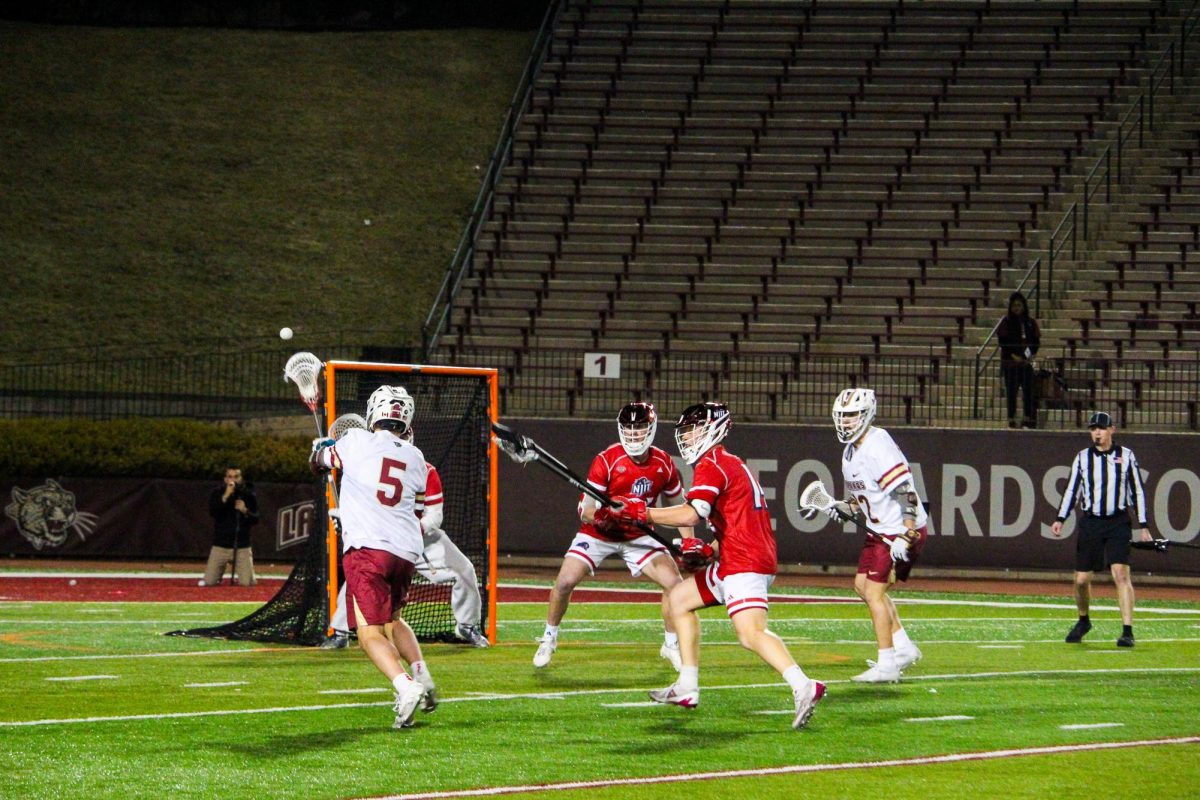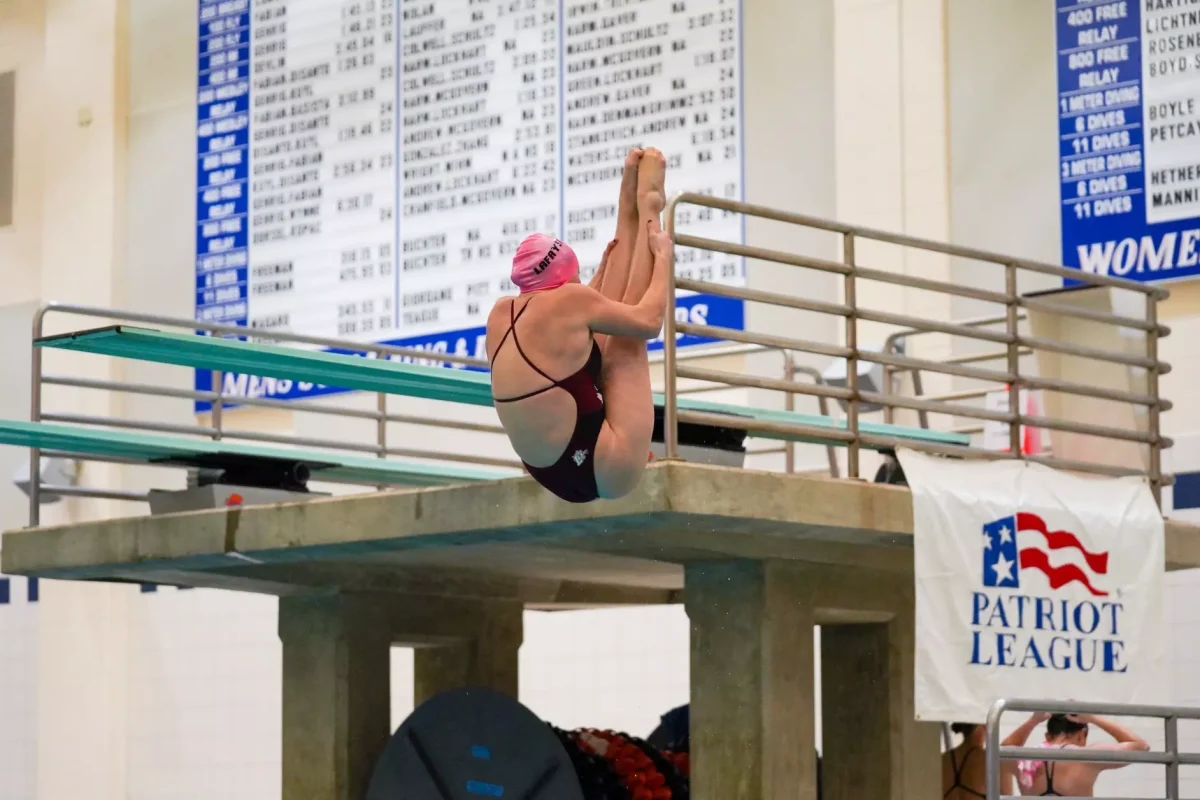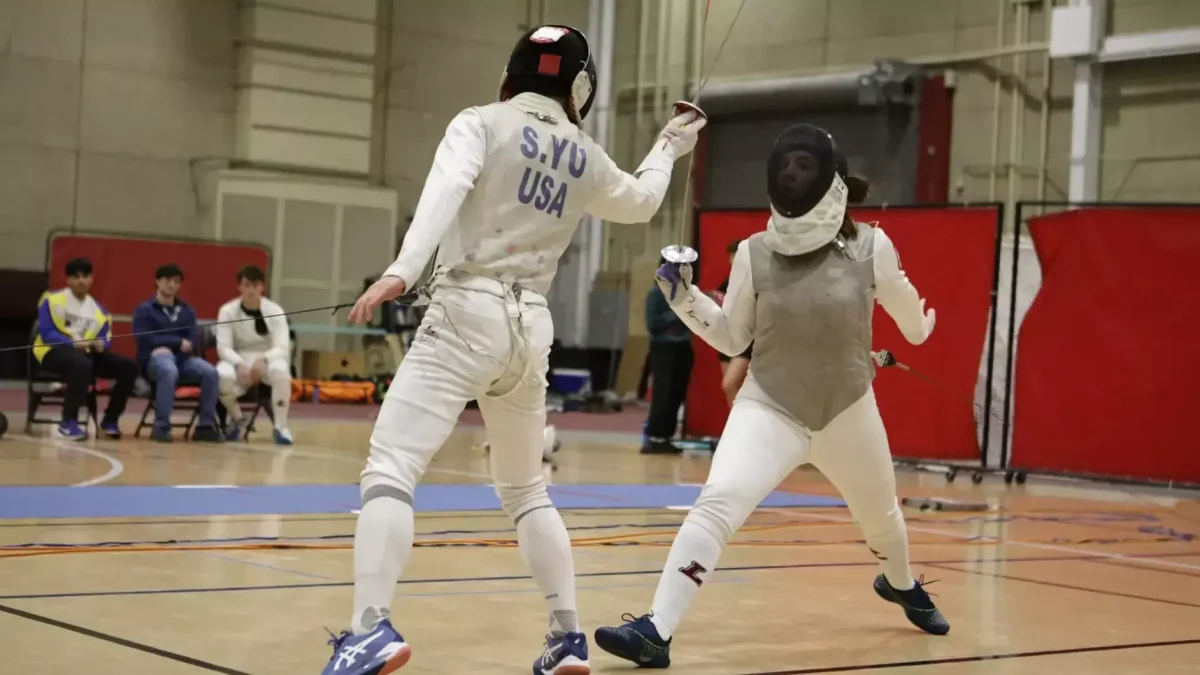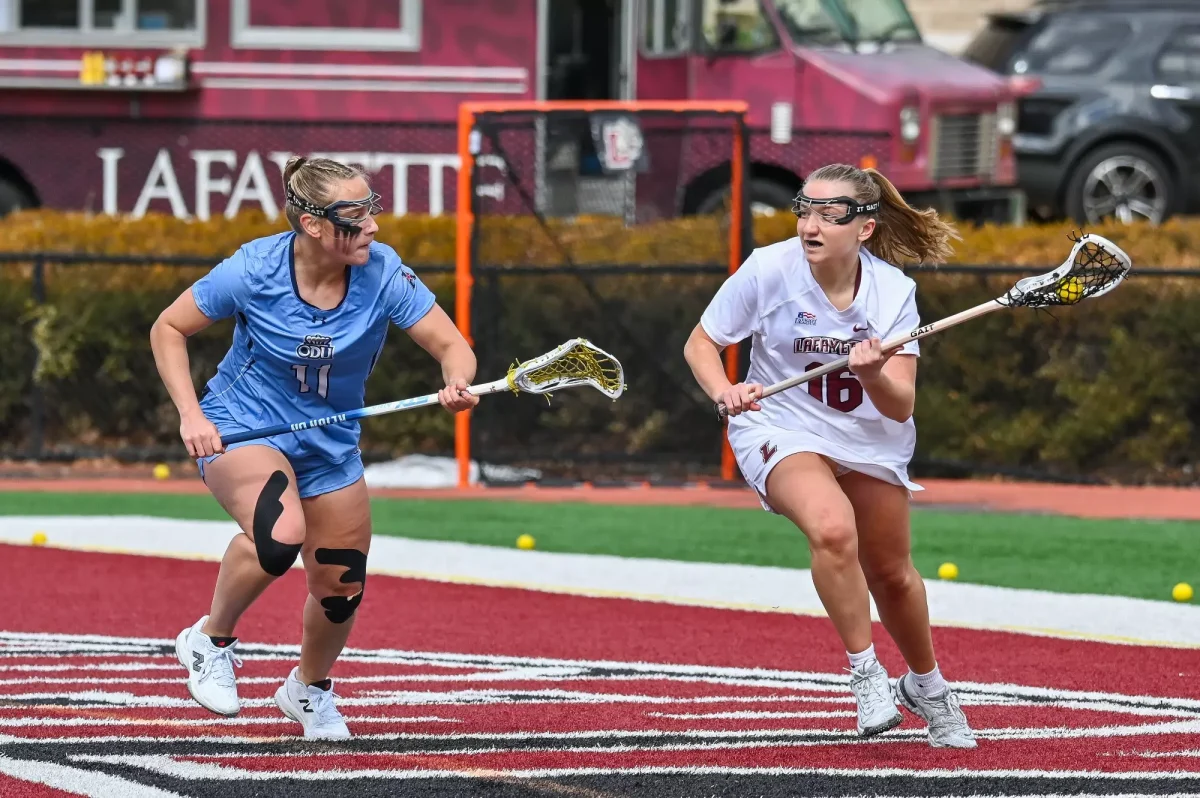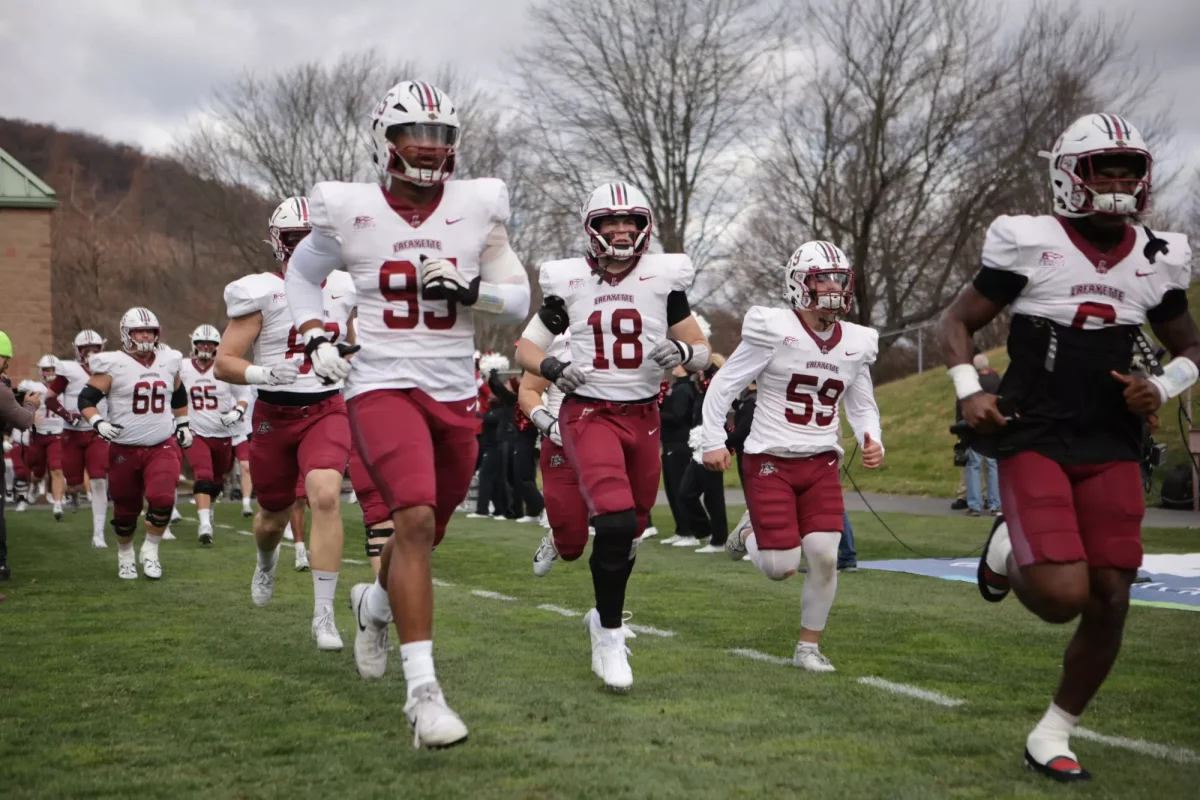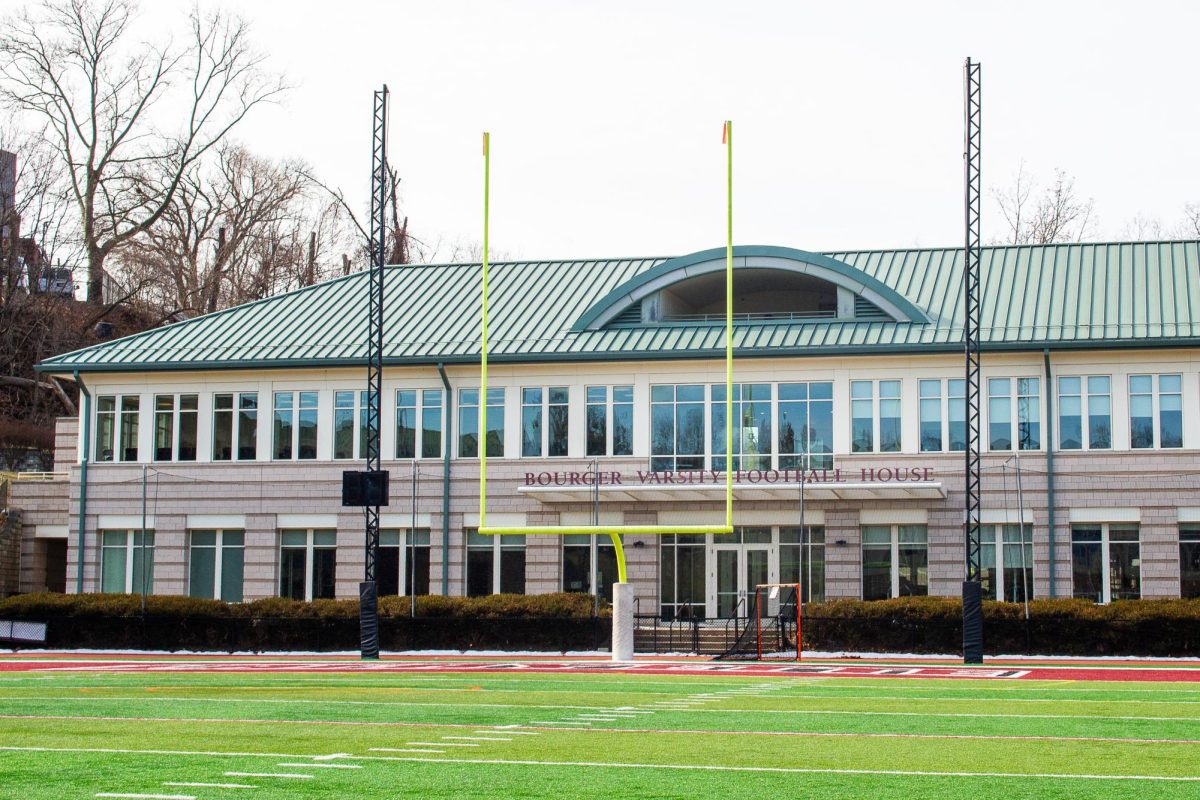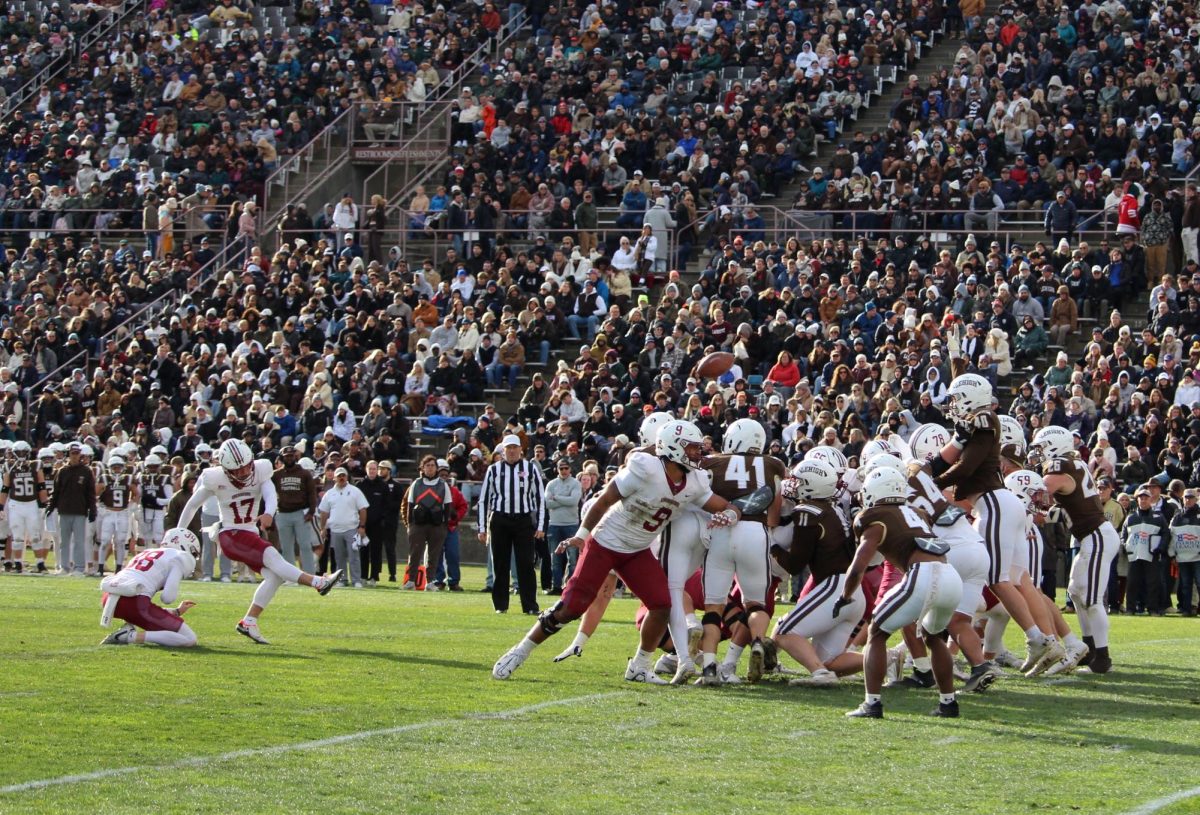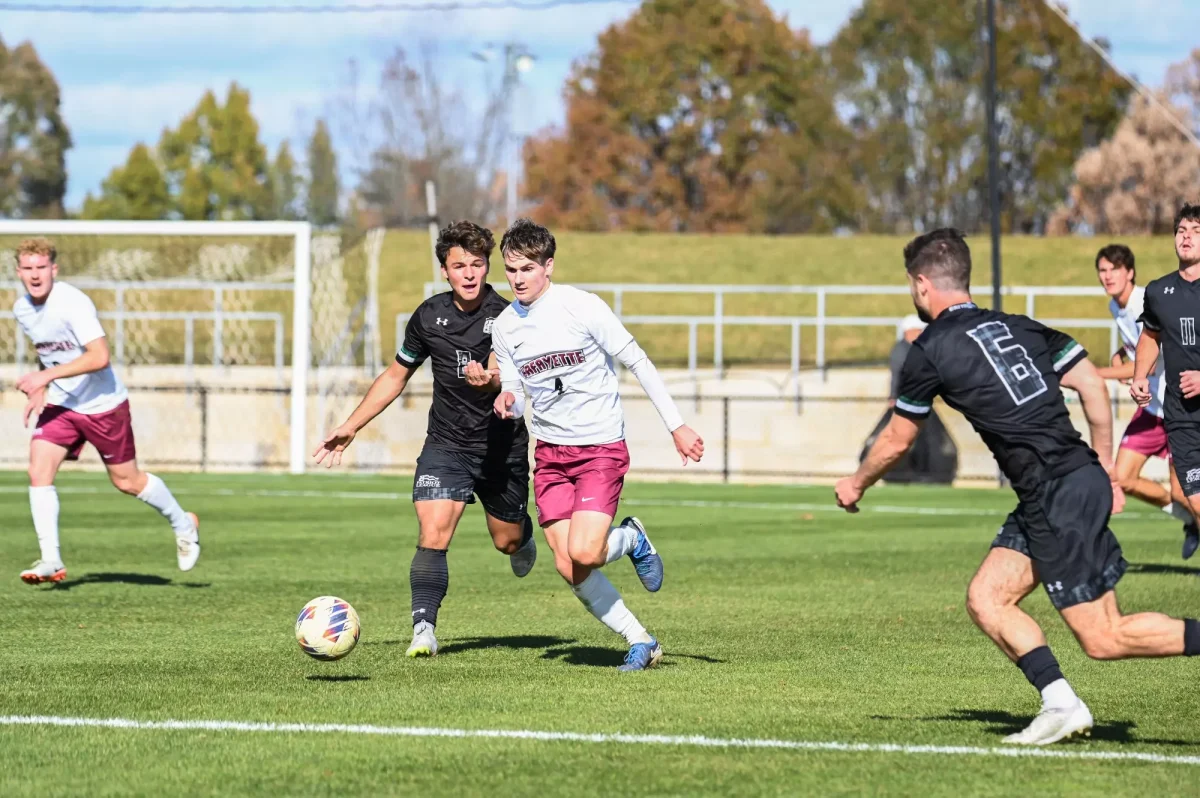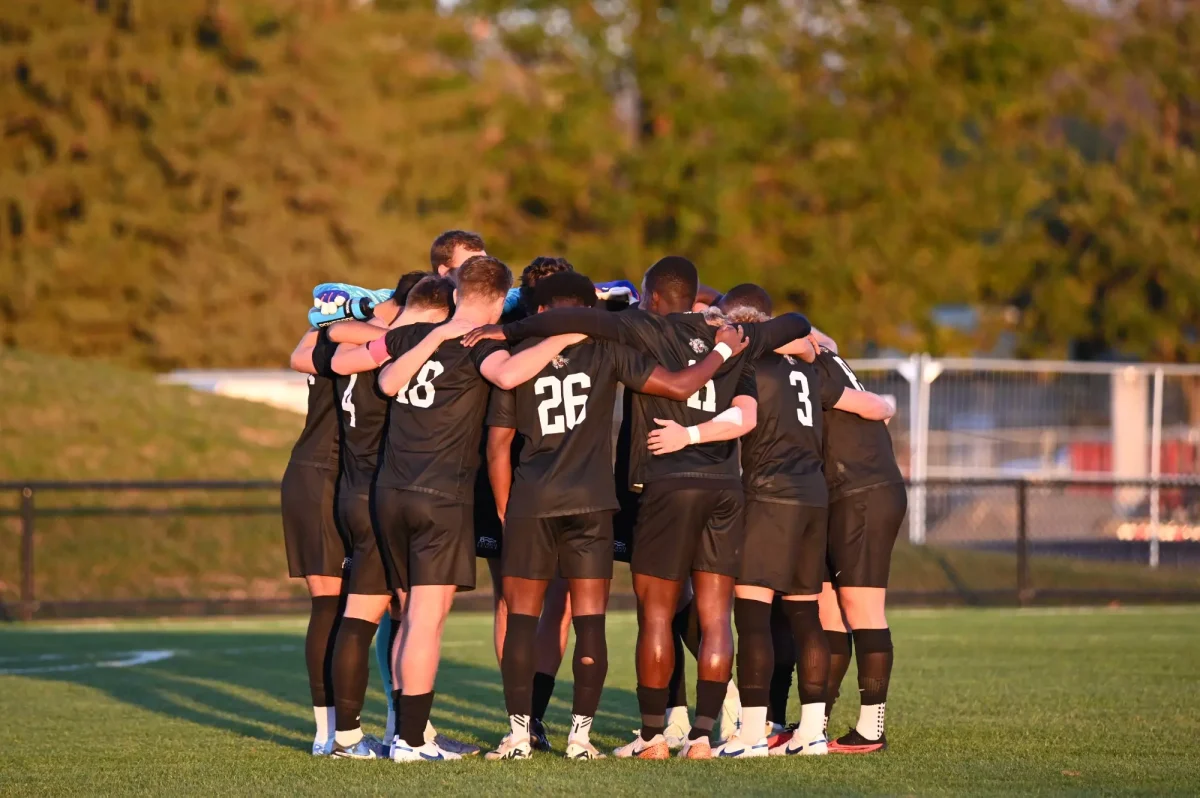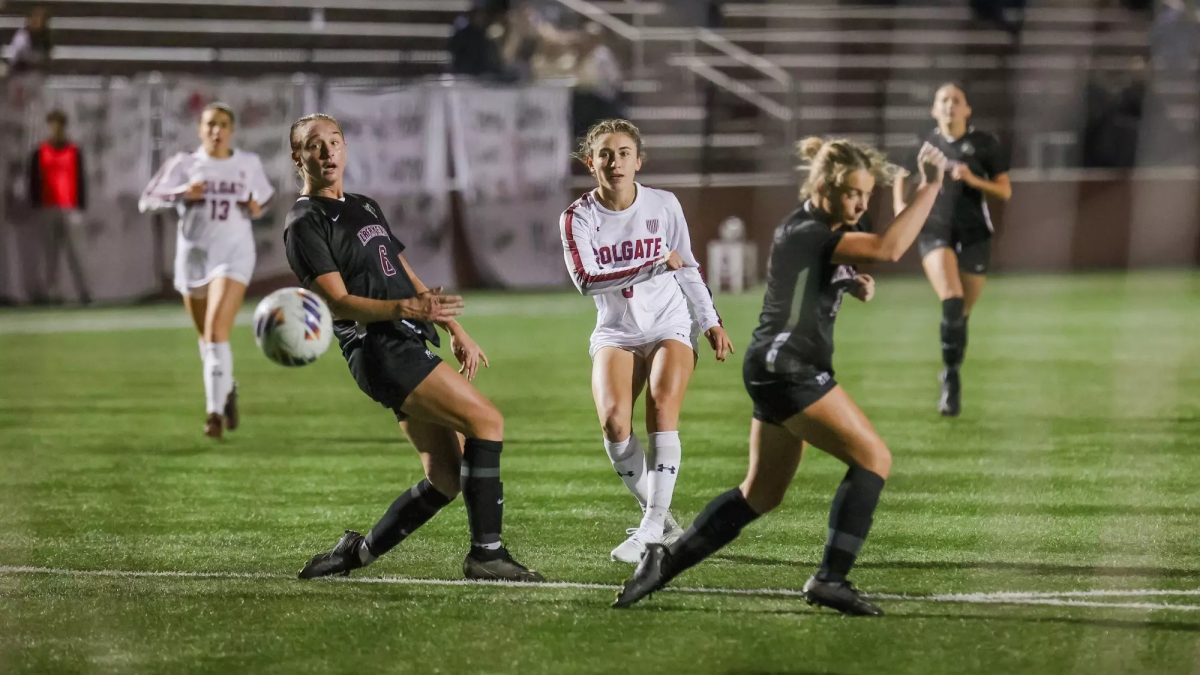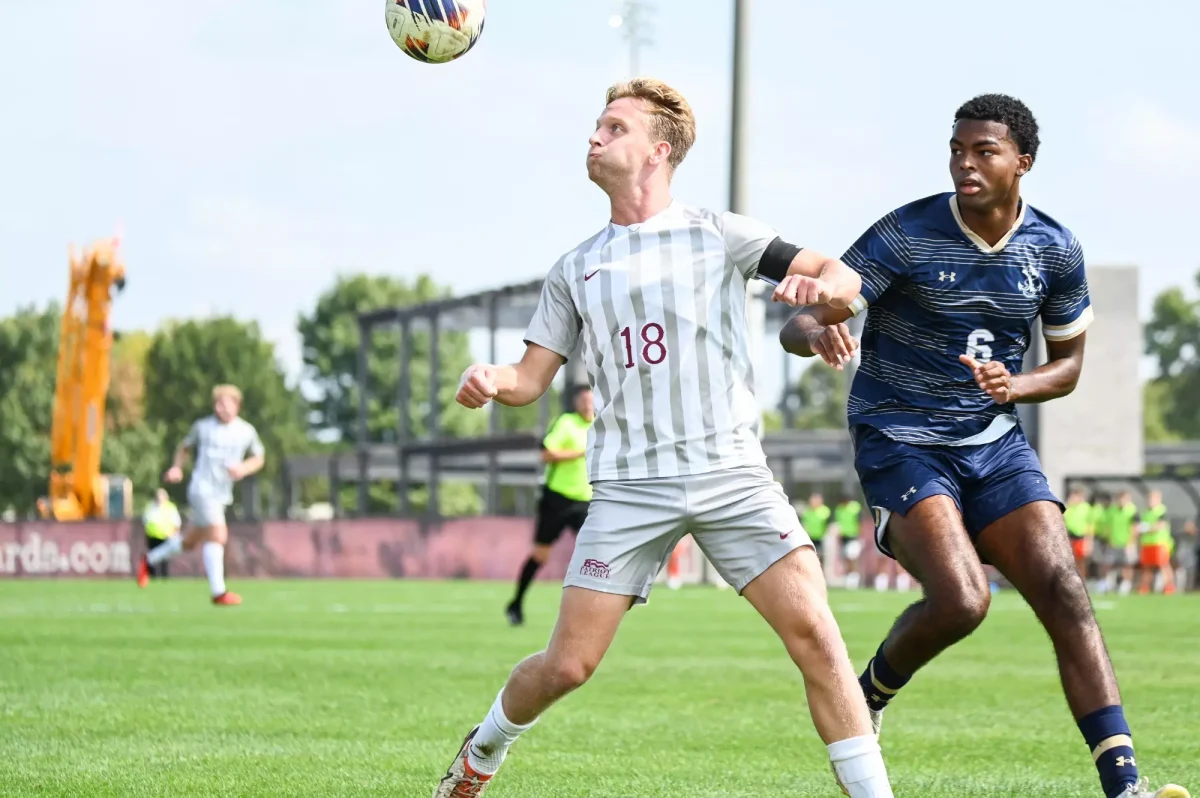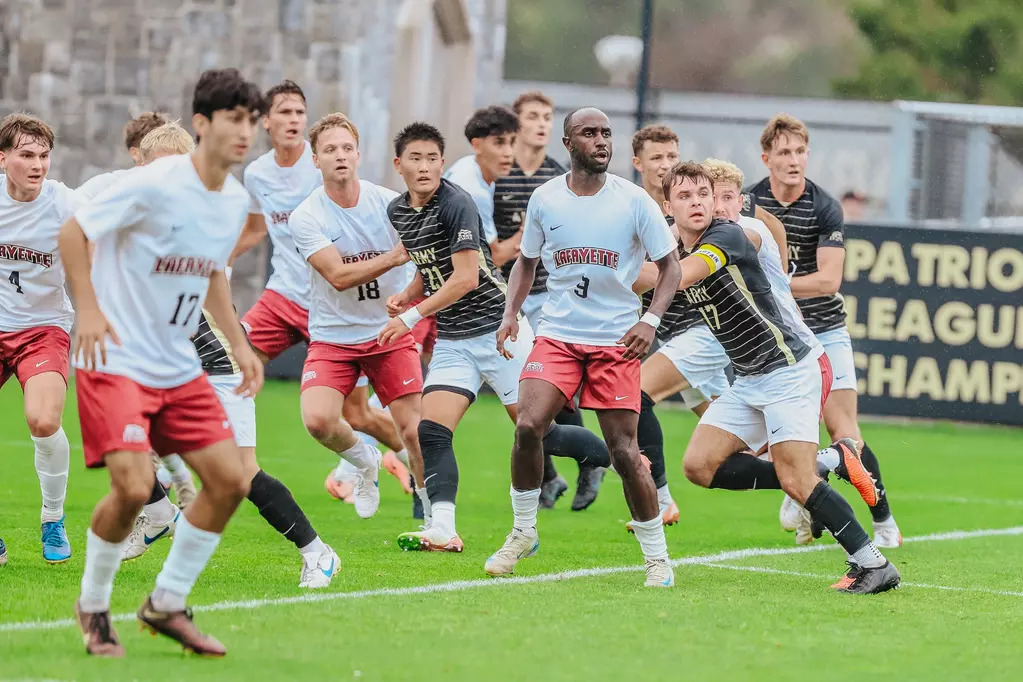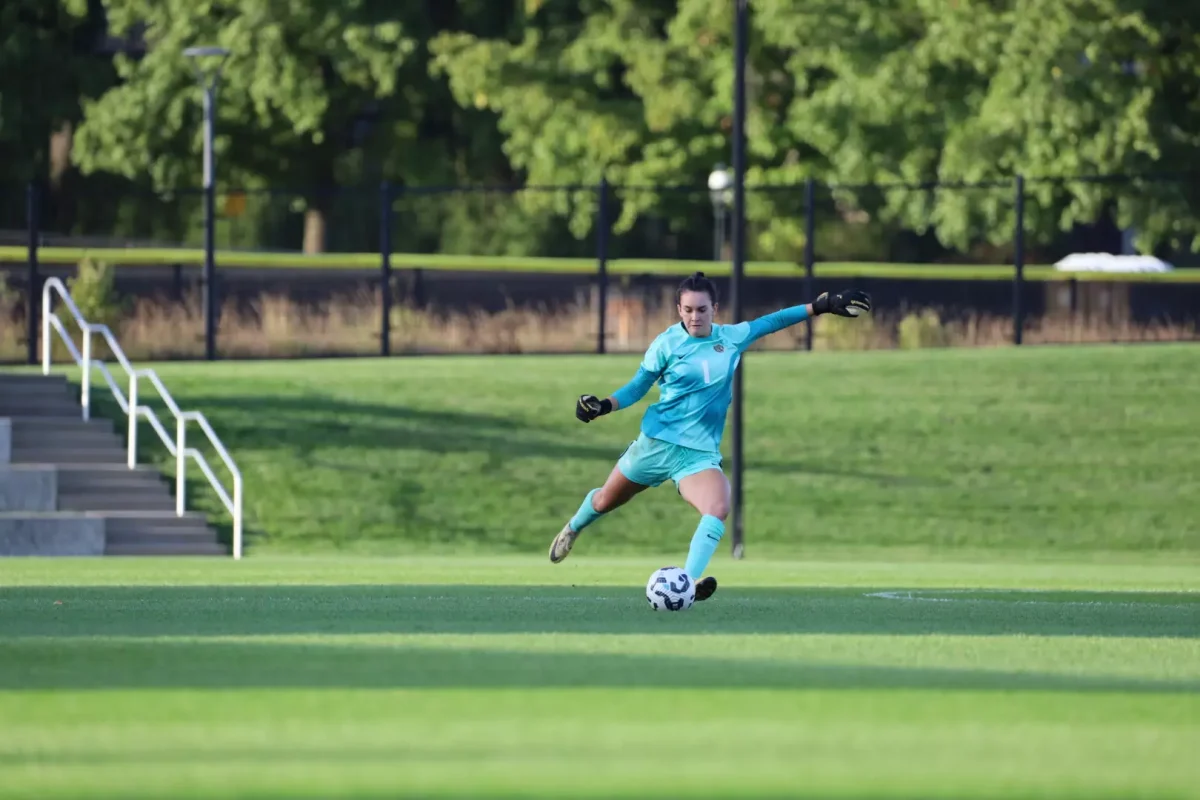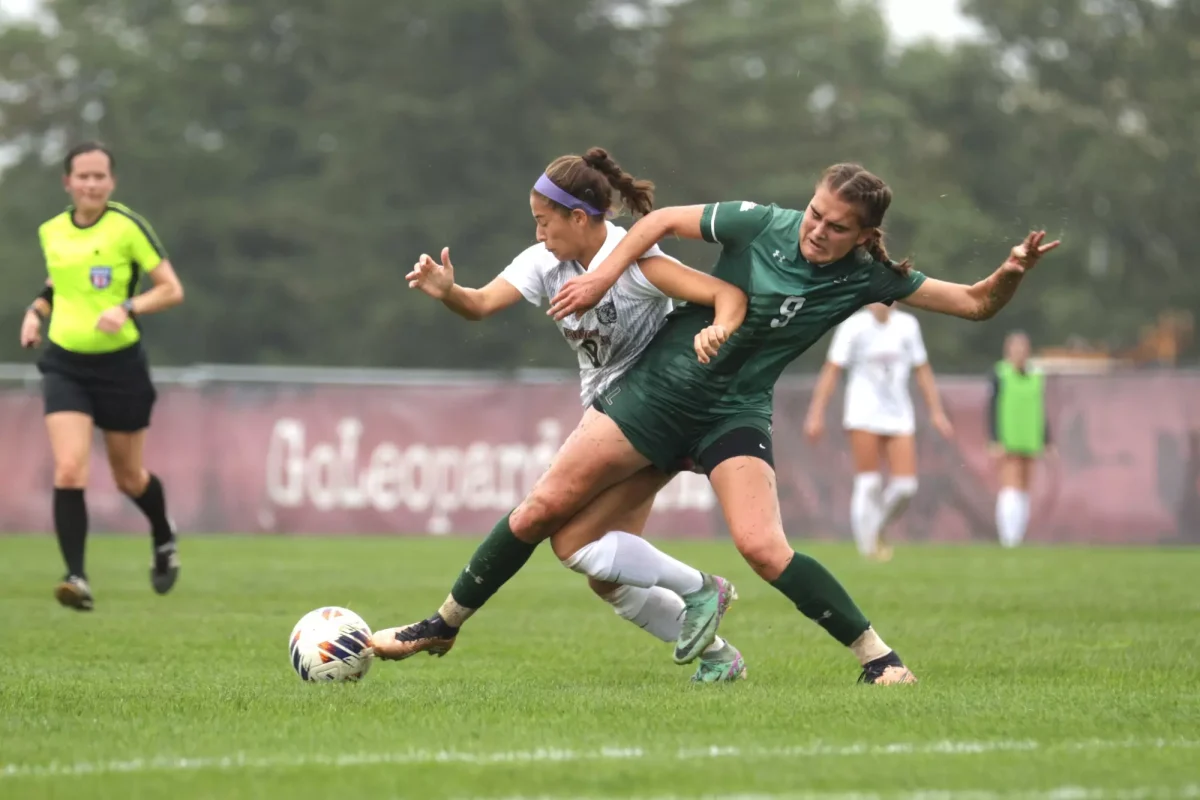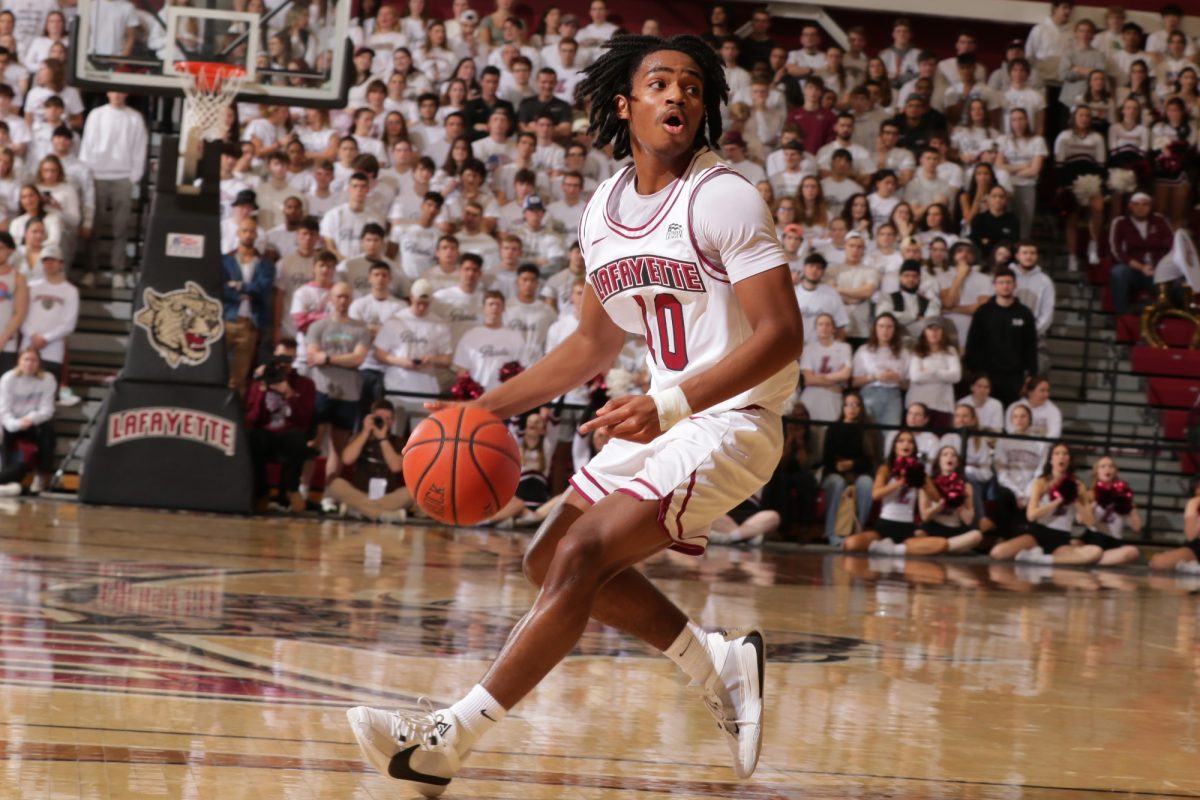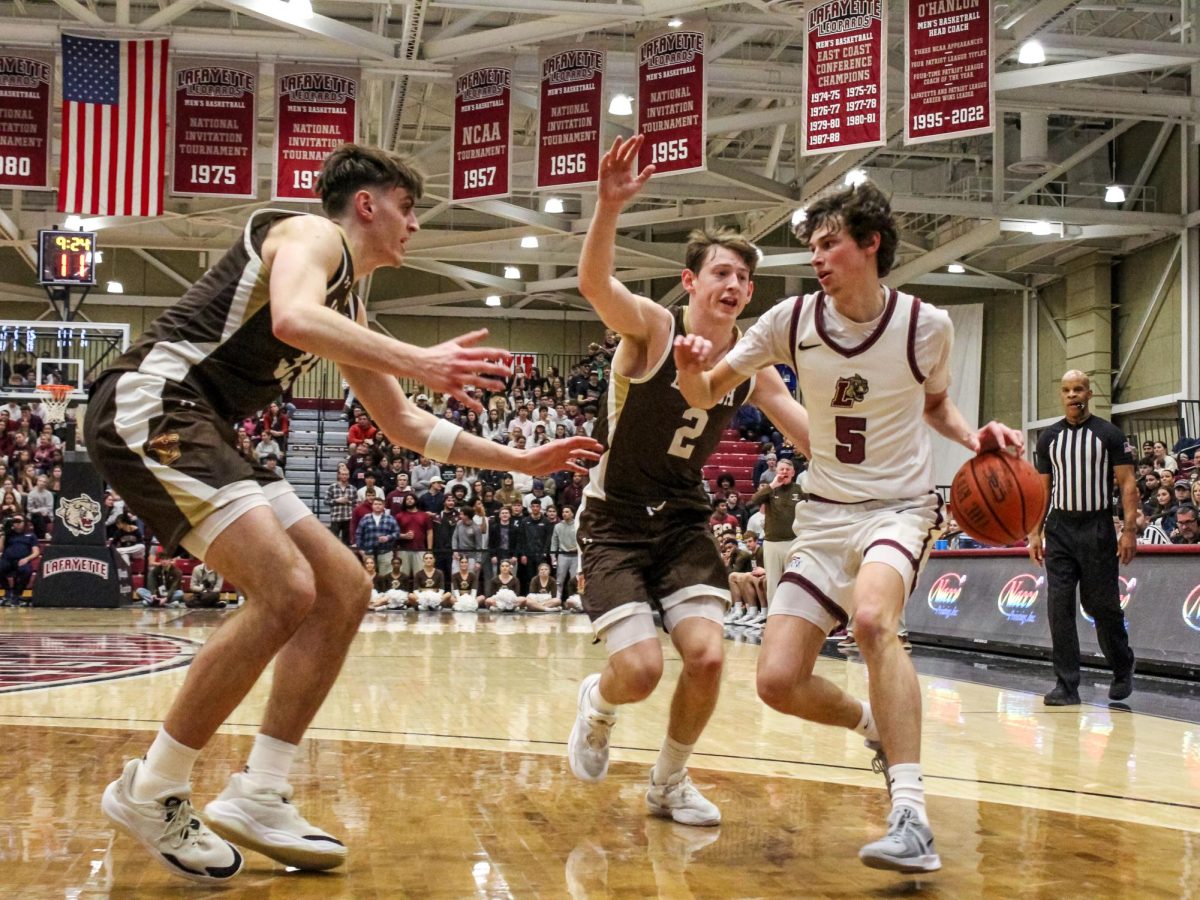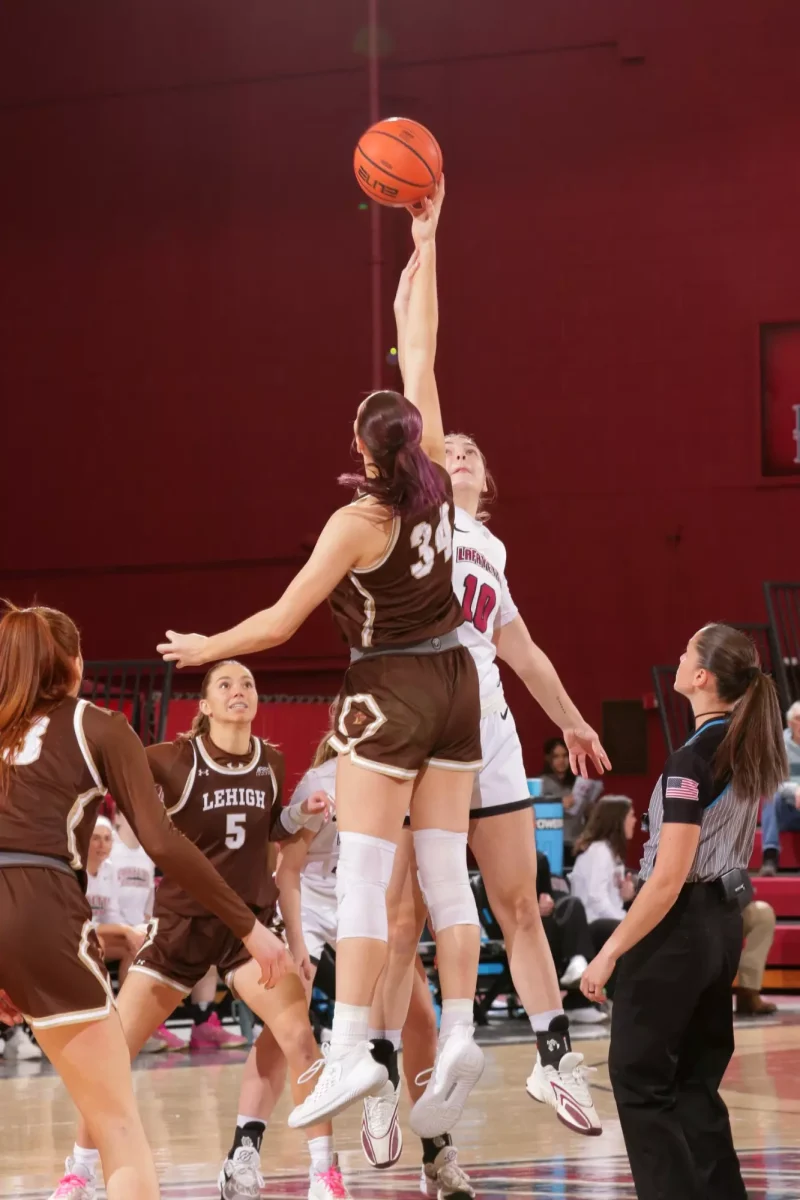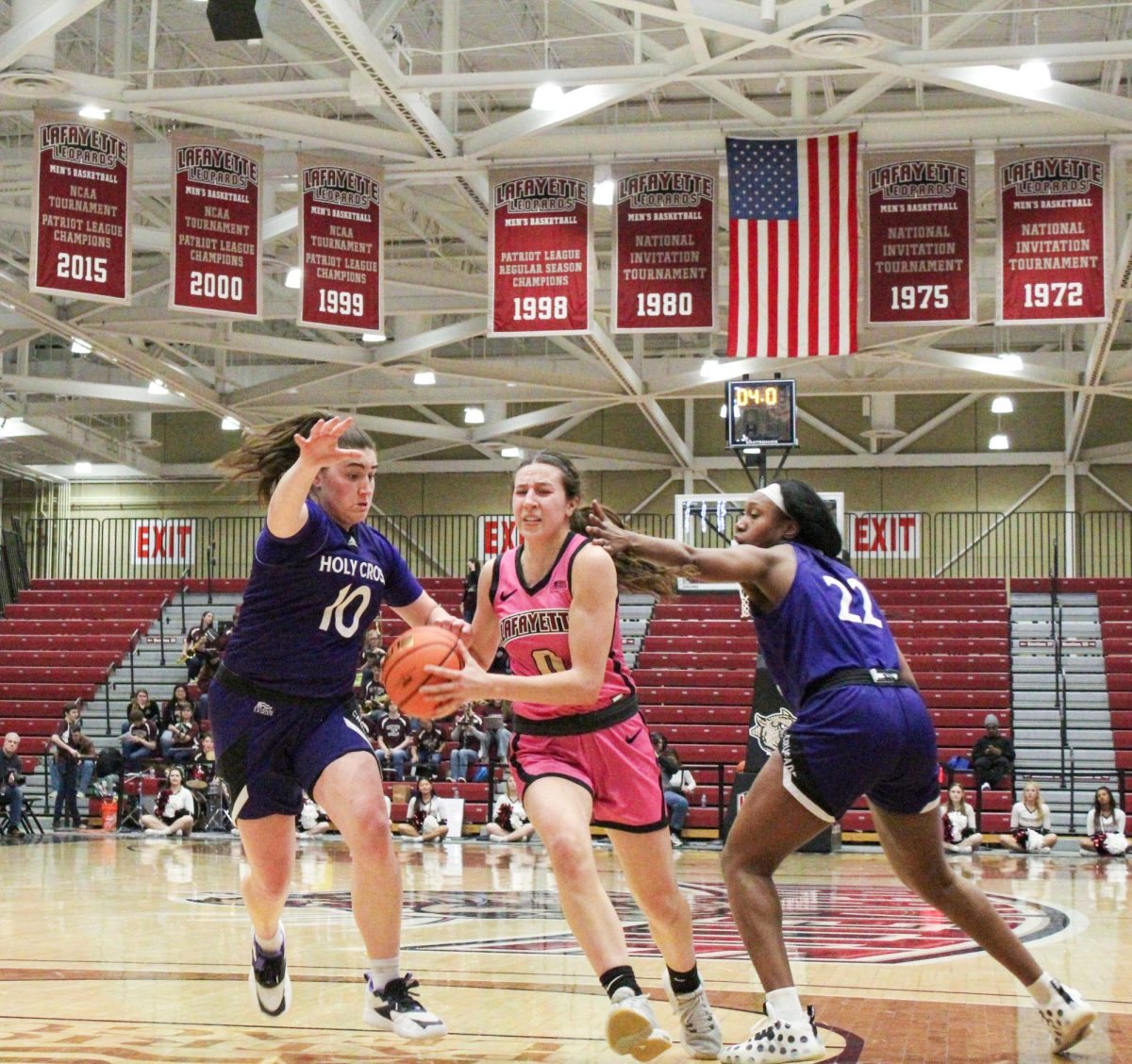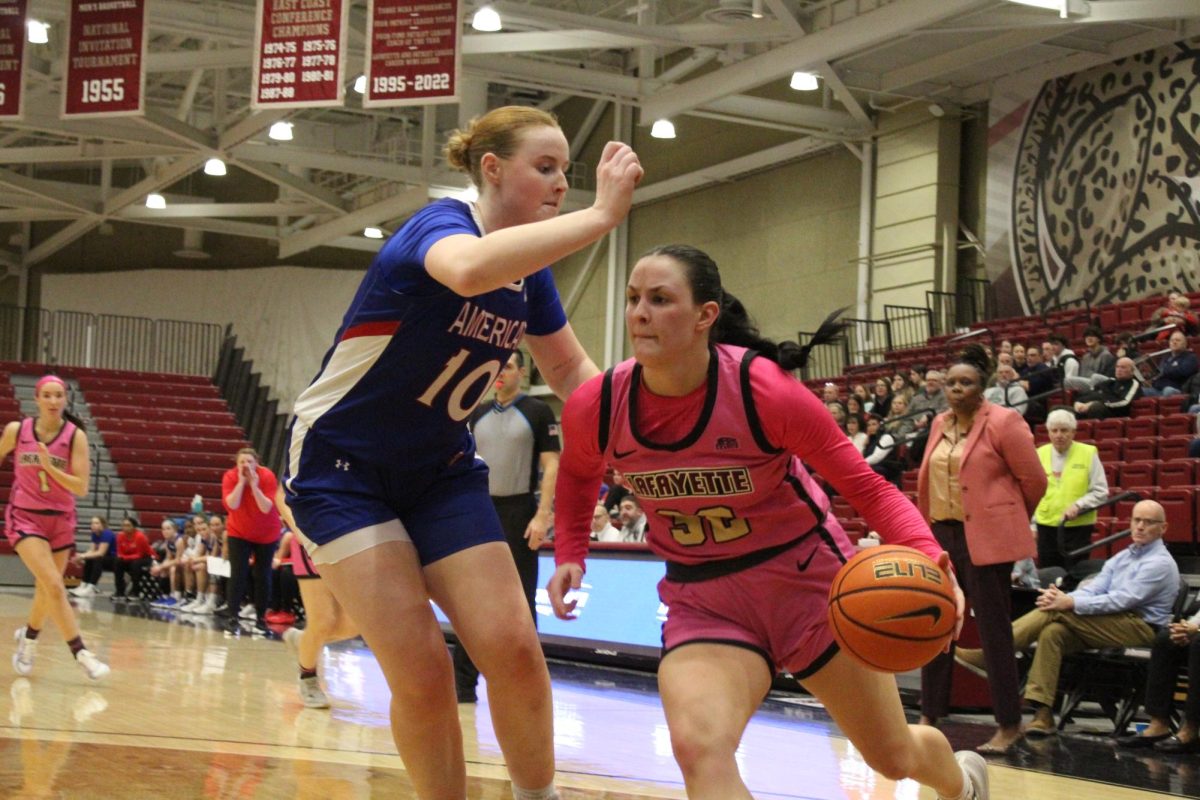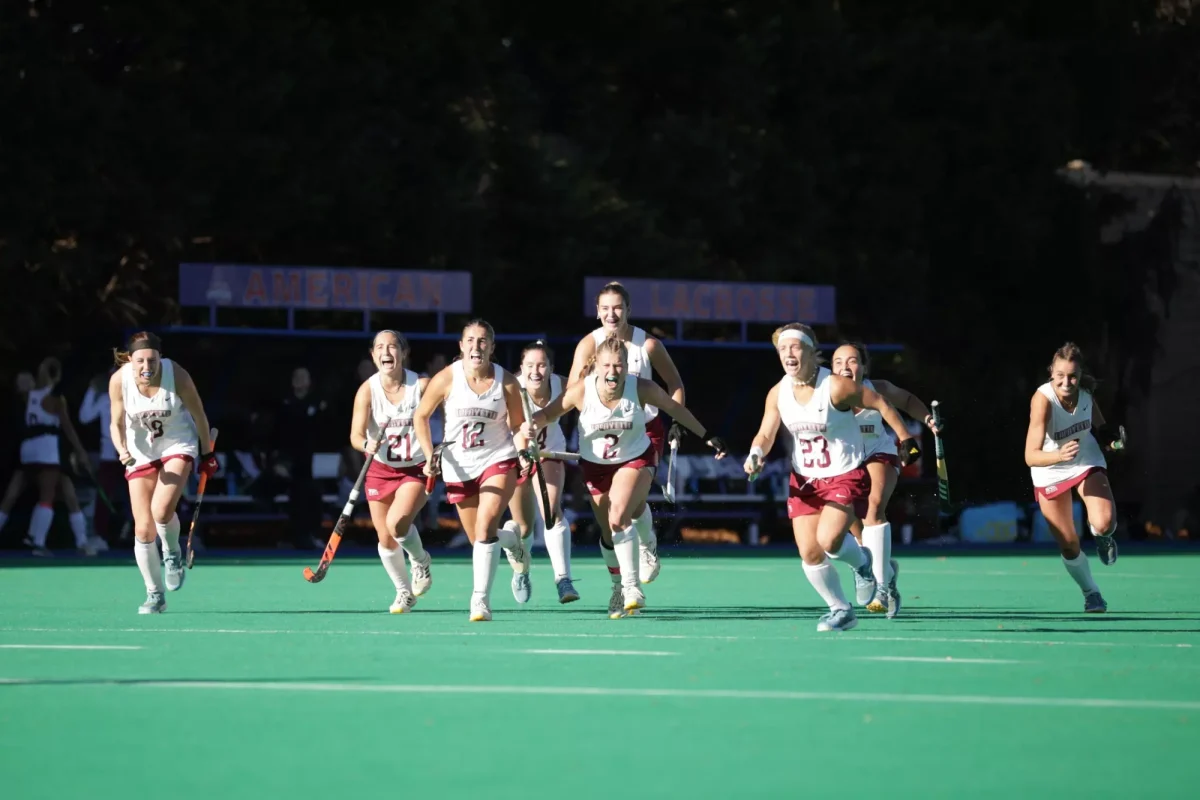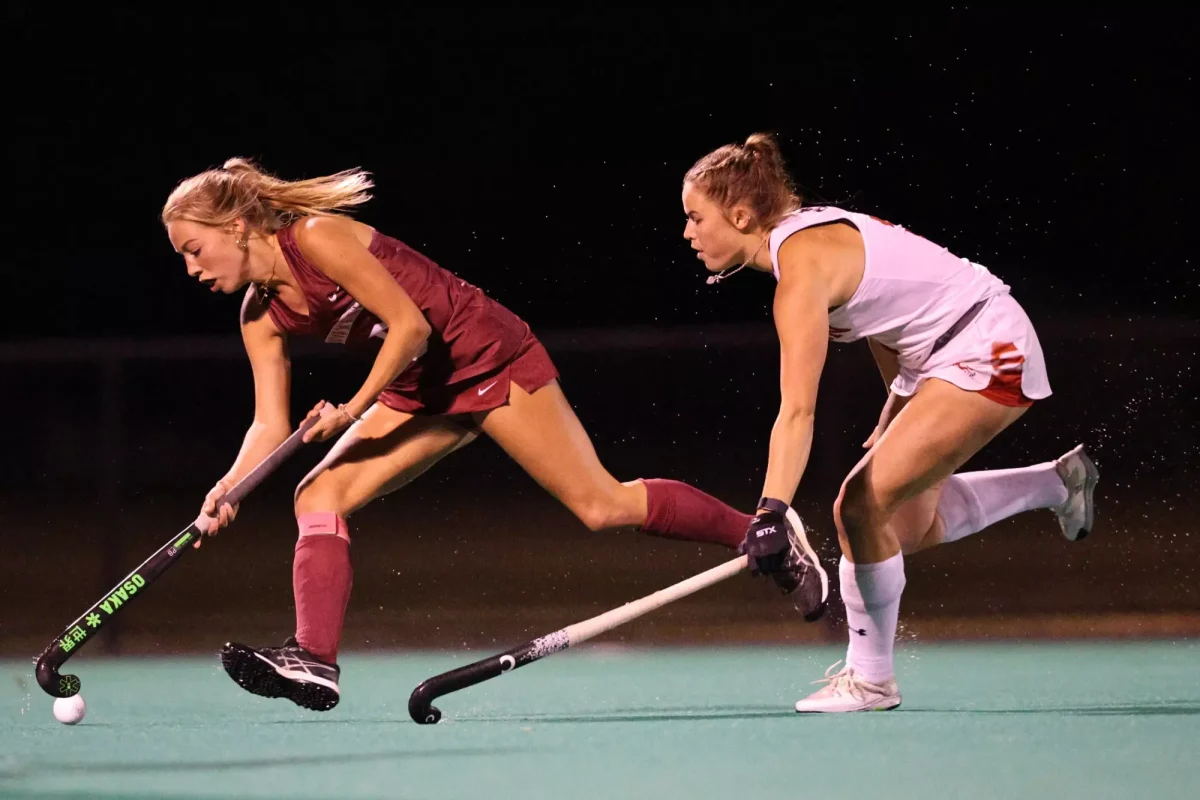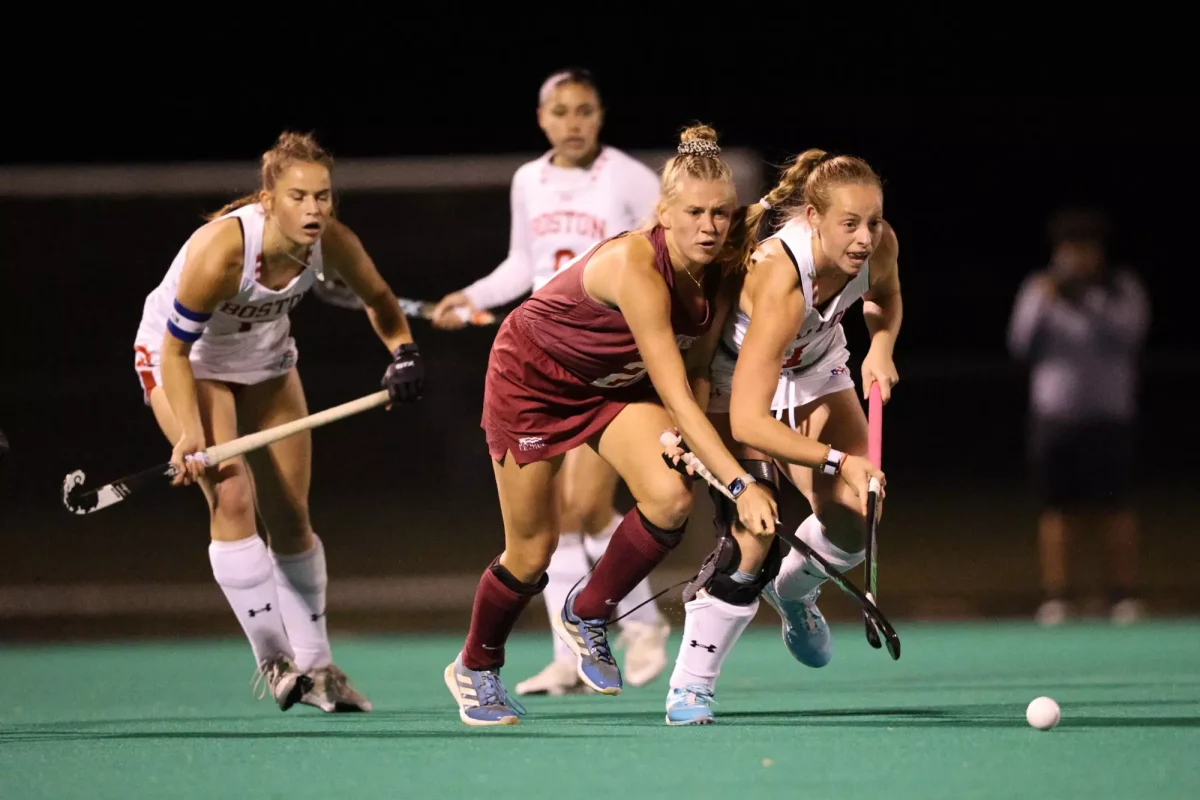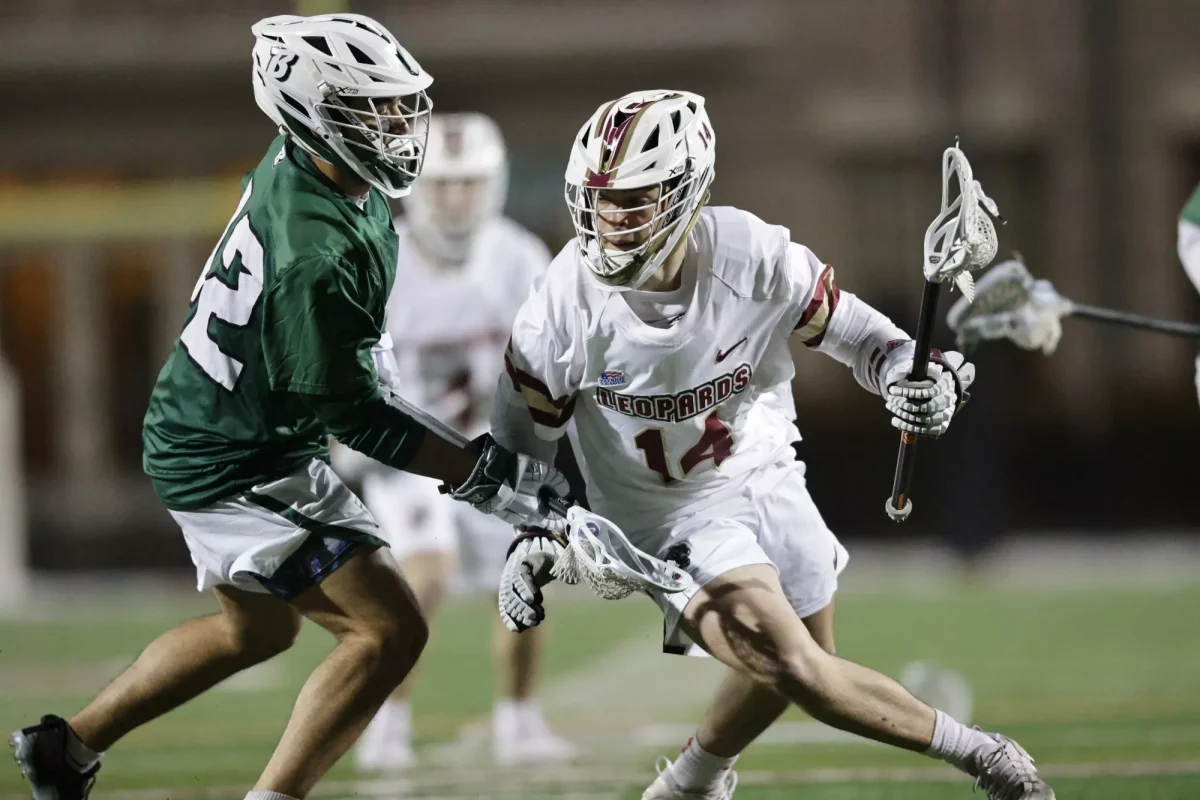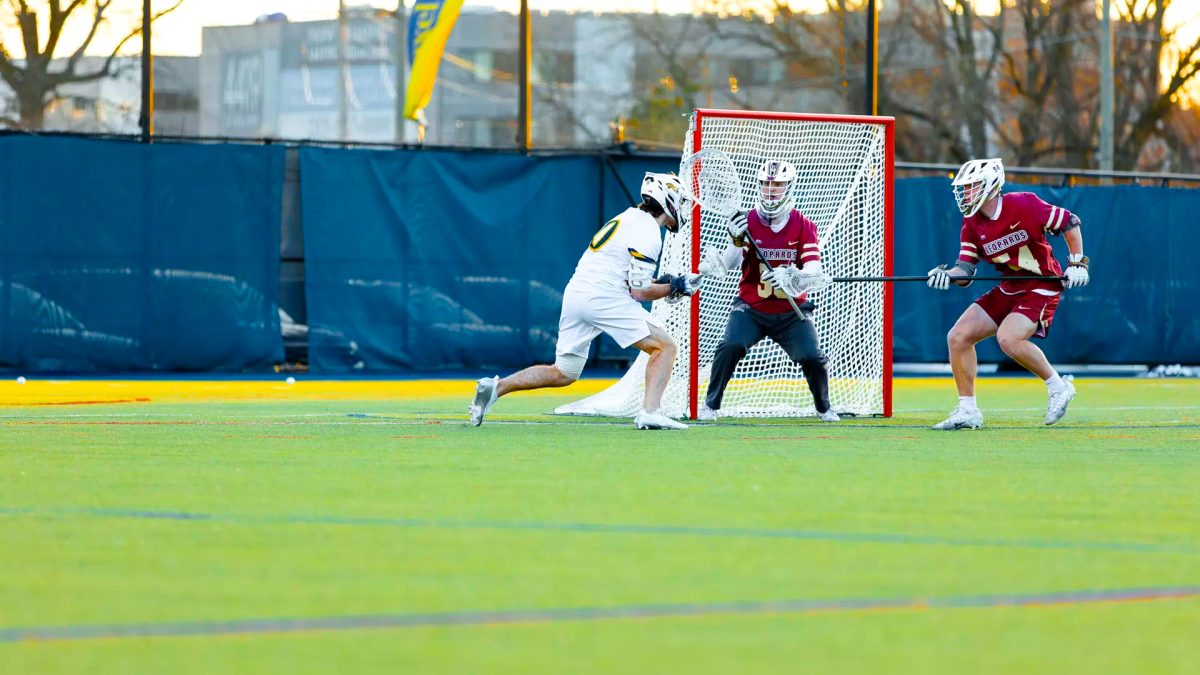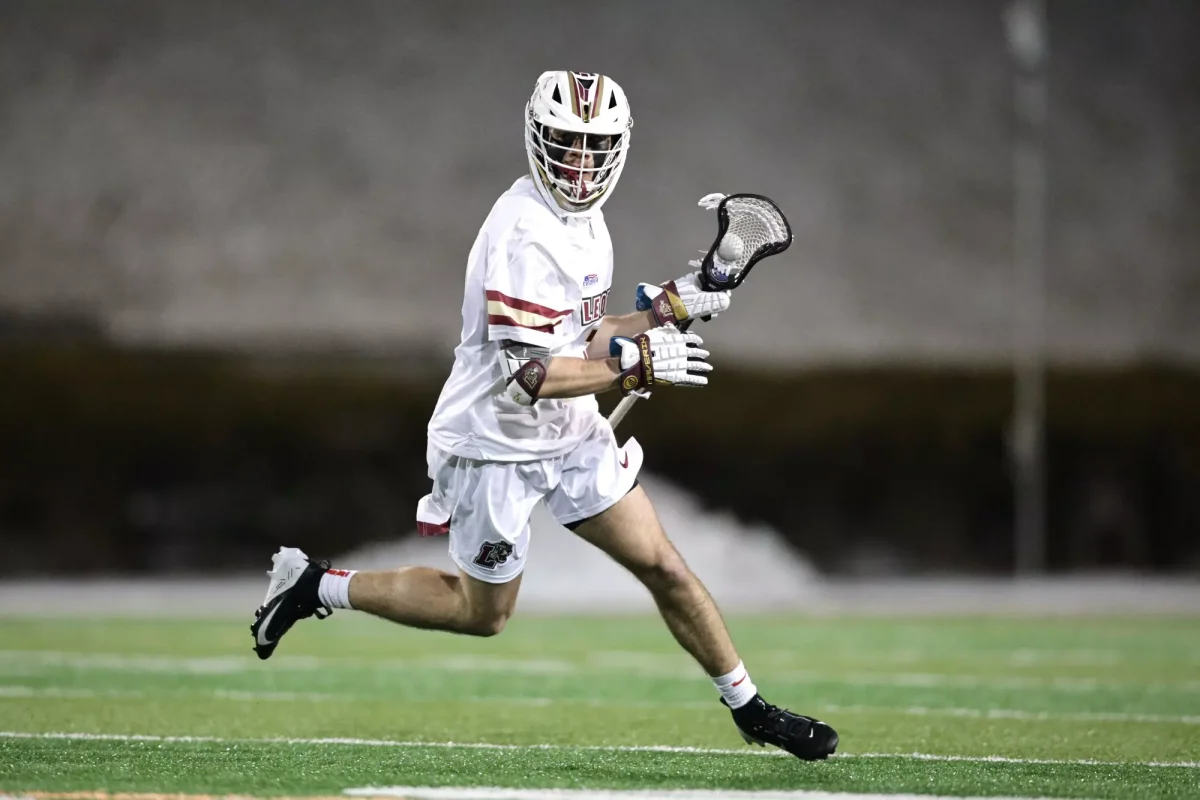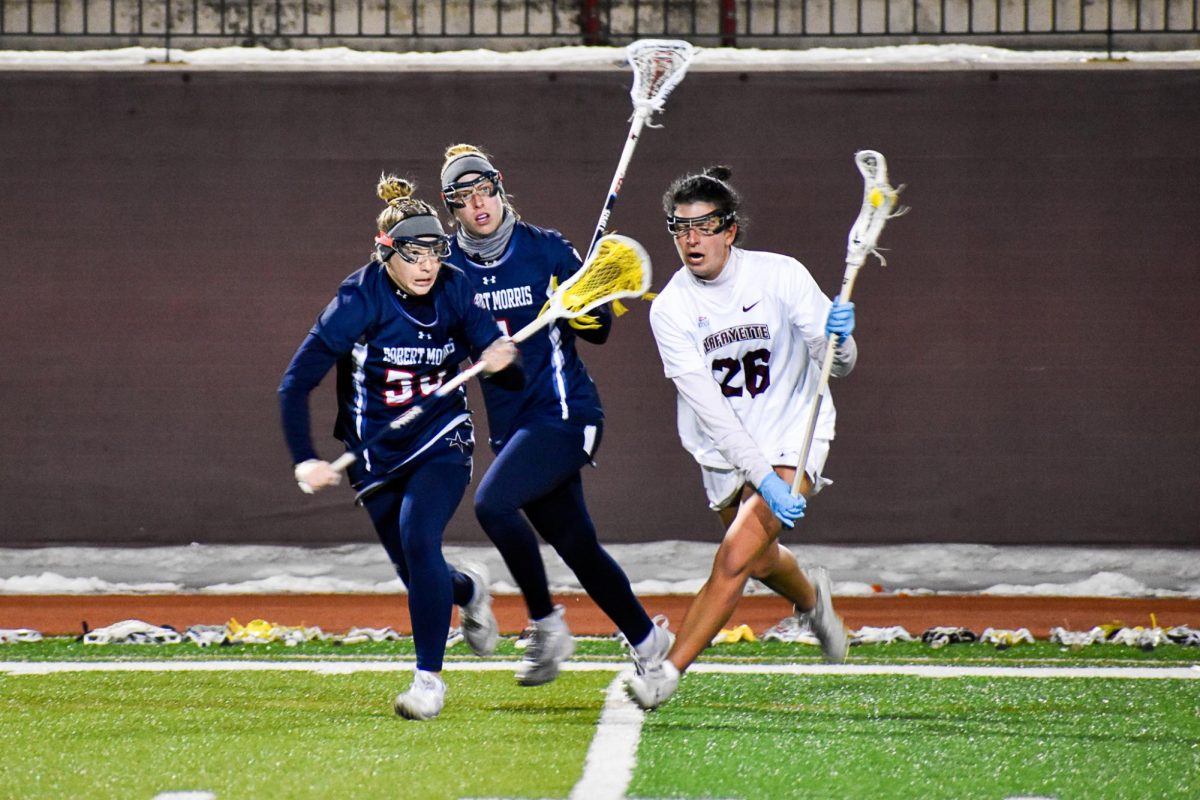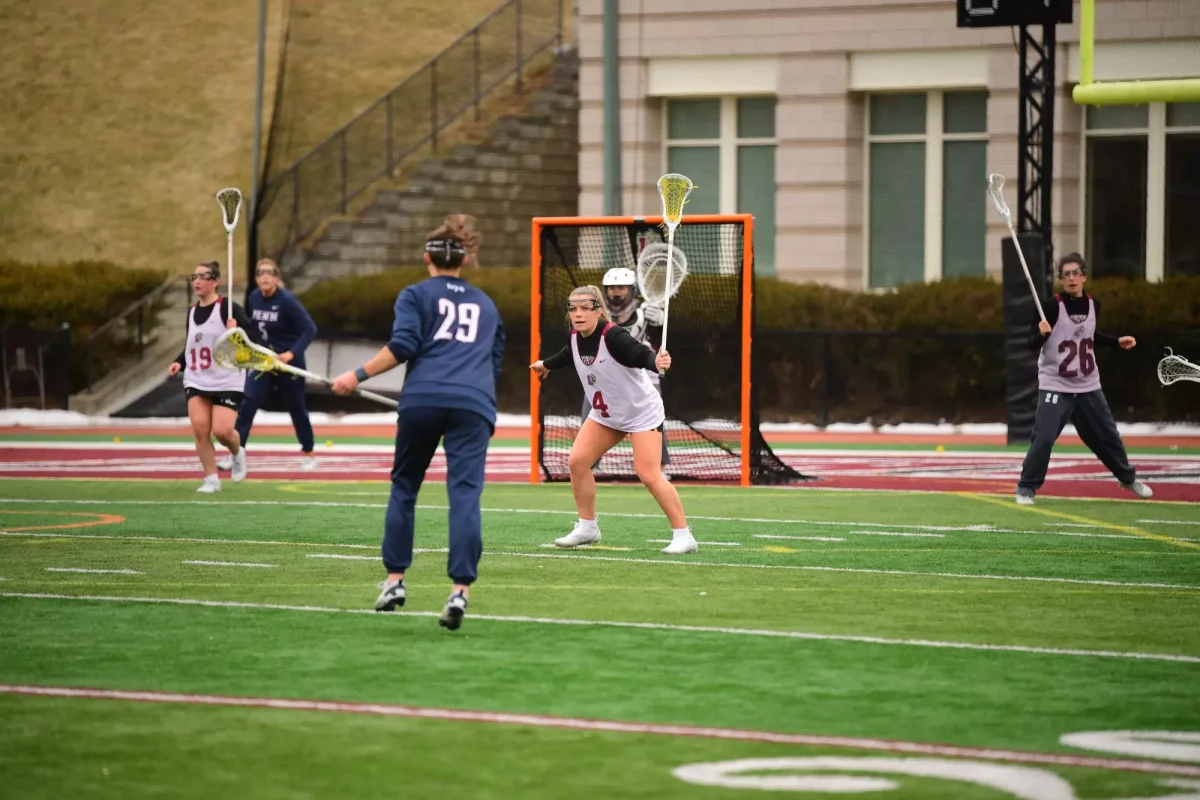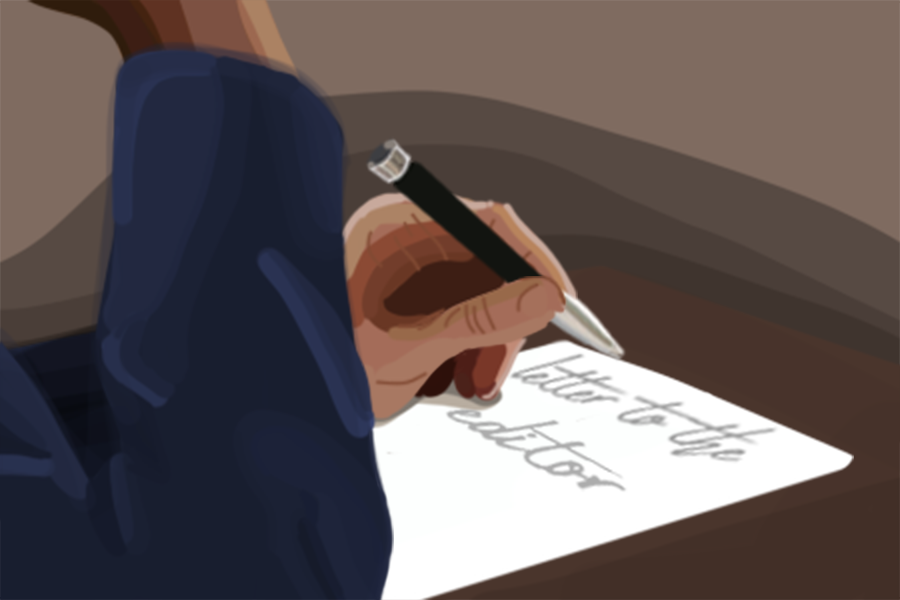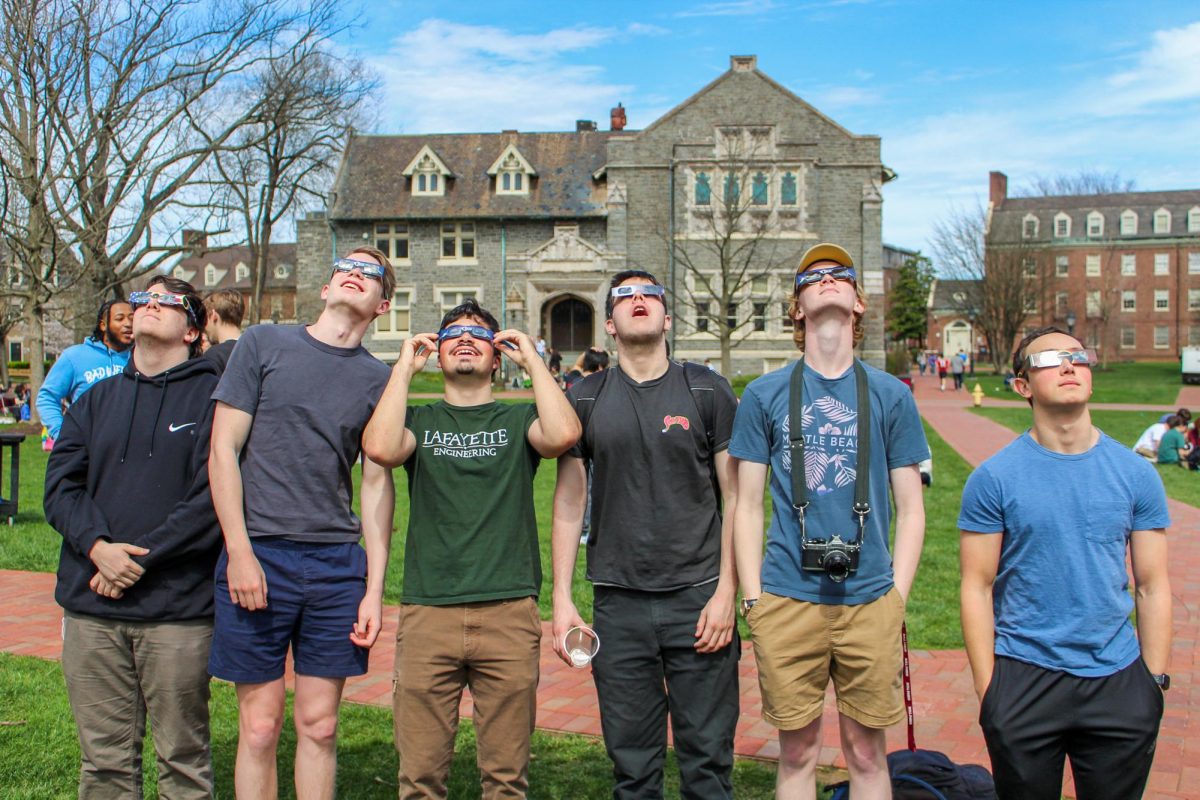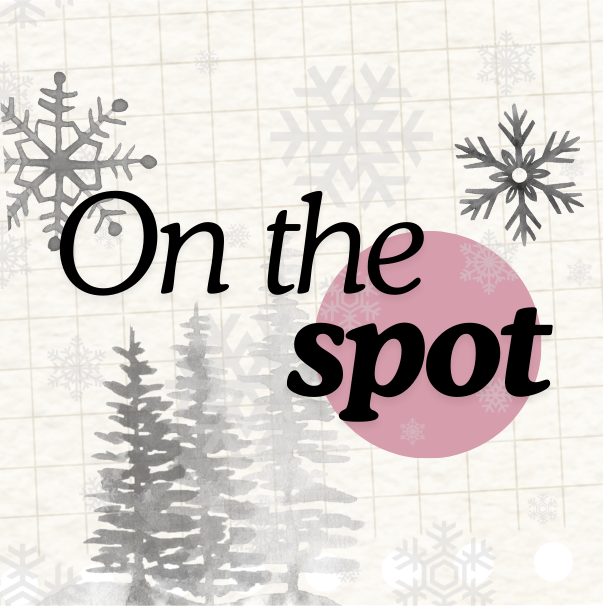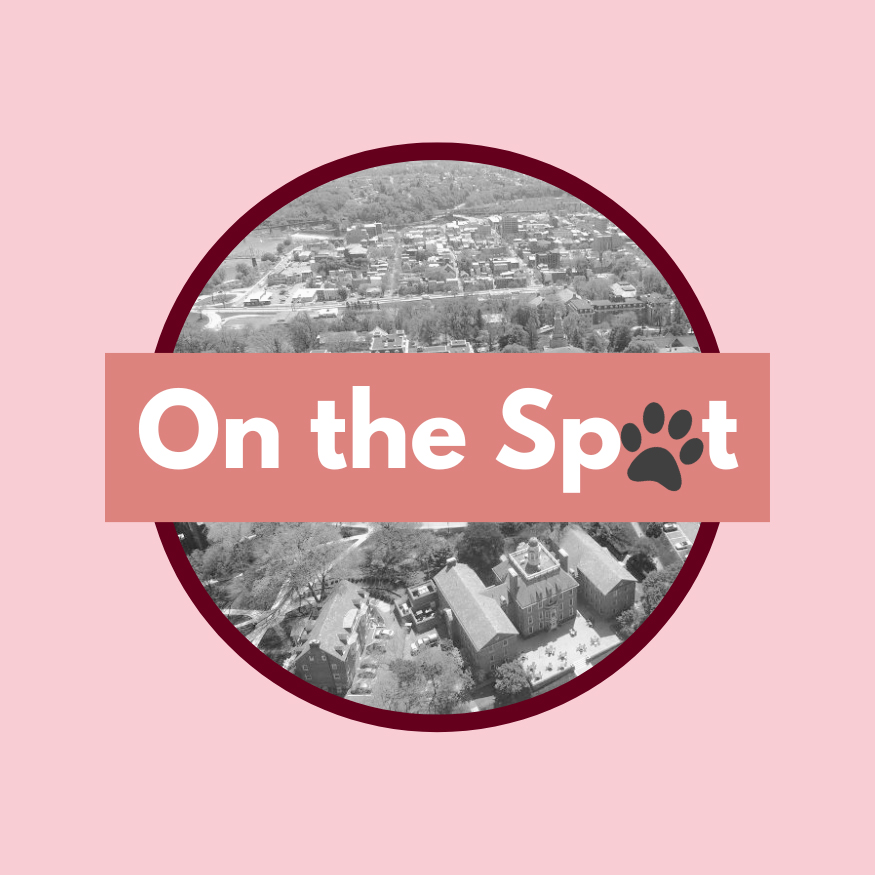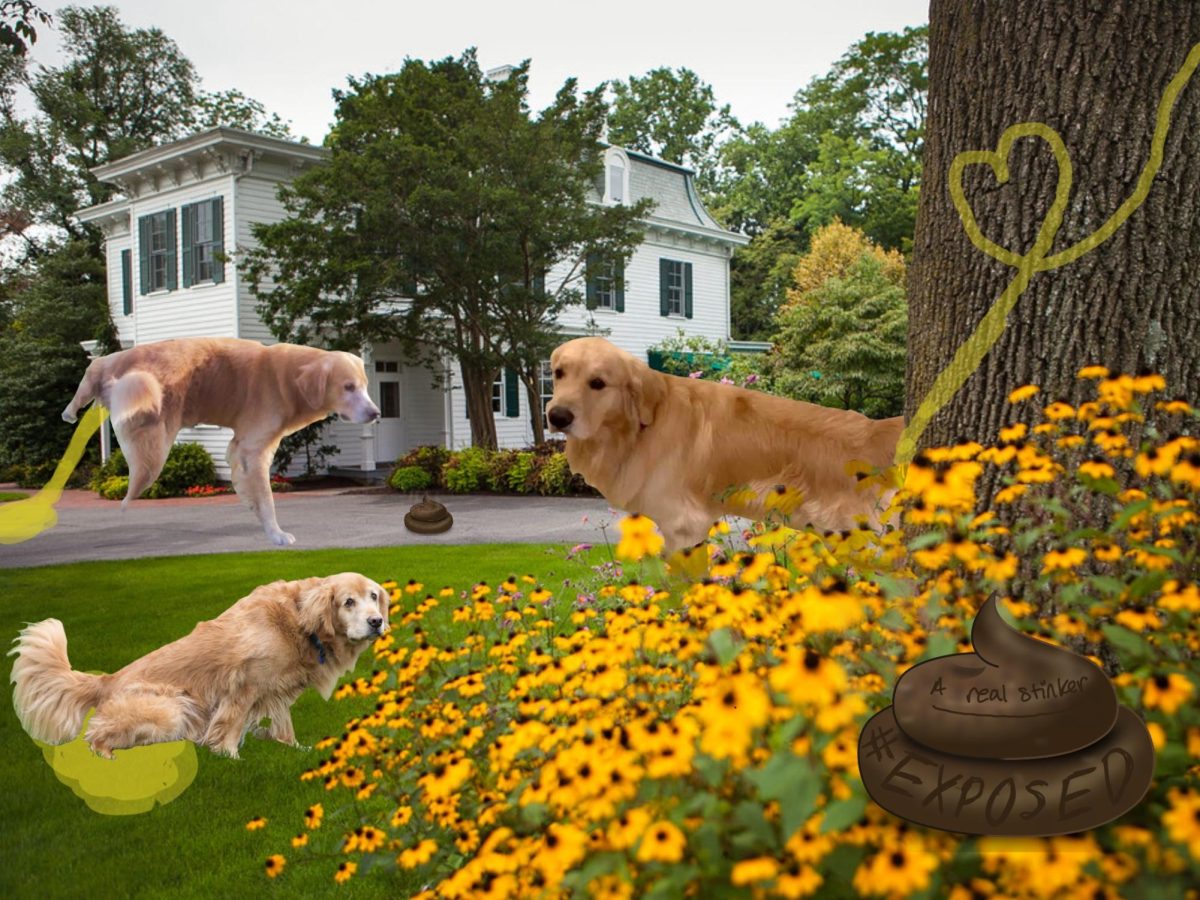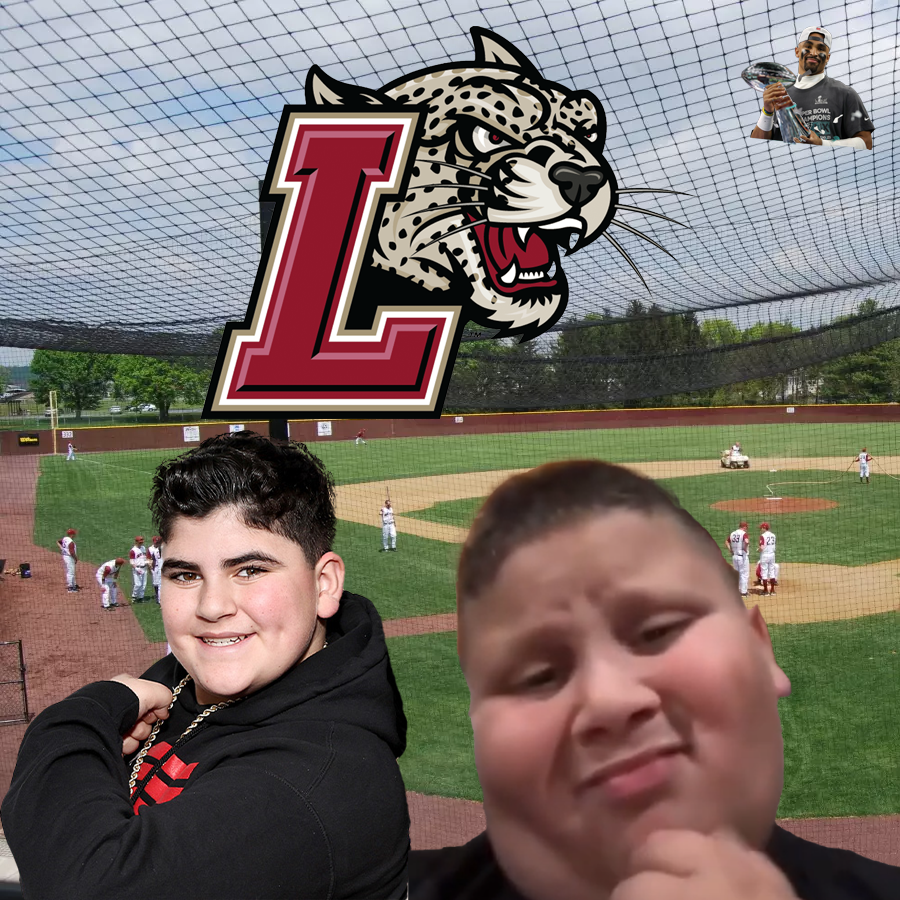Guilty pleasures: we all have them, yet few truly understand them. Assistant psychology professor JJ Togans hopes to change that.
In the Guilty Pleasures and Ambivalence Lab, or “GPA Lab,” Togans and his student researchers study the social psychology of ambivalence, analyzing how people navigate feelings of both positive and negative emotions.
“We largely focus on guilty pleasures, as this is a good test bed for understanding how people navigate ambivalence on a daily basis,” Togans said. “Why do we enjoy these different activities that make us feel a little weird or embarrassed?”
To answer these broader questions, Togans’ research has largely focused on identifying what types of guilty pleasures are most common among certain populations and then sorting these into broader categories.
Food-related guilty pleasures are consistently ranked among the most common kinds, but audio-visual media guilty pleasures are a close second, according to Togans.
“This will be things like your trashy reality television shows or binge-watching as a general activity,” he said. “Even various genres of YouTube videos like ASMR or mukbangs or even pimple popping videos.”
In addition to categorizing different types of guilty pleasures, Togans’ work also aims to characterize the distinct emotions individuals may experience within their conflicting natures.
Togans said one of his most interesting findings from survey respondents is that despite the complex mix of emotions, guilty pleasures tended to elicit more positive emotions than negative ones.
“More specifically, greater feelings of amusement, contentment and enthusiasm, compared to feelings of embarrassment, guilt and shame,” he explained.
For Togans, another avenue of this research has been studying the psychological rationale behind the negative emotions of guilt, asking why someone has self-labeled this behavior to be a “guilty pleasure.”
Togans explained that the data from these survey questions is helping to formulate a distinction between guilt that is motivated by personal reasons, like health concerns, or social reasons, such as embarrassment and fear of ostracism.
An example of this, Togans said, was marijuana use among different generations. He said that older millennials tended to view marijuana as a guilty pleasure because of its social taboo, while younger college-aged students were more concerned with its effect on their health.
Togans said that while he finds researching all kinds of guilty pleasures compelling, he is particularly interested in music-related guilty pleasures.
“How do we navigate the feelings of like, ‘I really like this artist’s discography, but I don’t like them as a person,'” he said. “That’s really interesting.”
As a new faculty member, Togans has only just begun opening his lab to student researchers this year. Despite its recent creation, members of the lab have started discussing research plans for the future.
“I really want to explore media as guilty pleasures and specifically finding connection through it,” said one of Togans’ student researchers, Hannah Daskal ‘27.
“Having that sort of community while sharing a guilty pleasure is something that isn’t really highlighted upon in current research,” she continued.
Togans said he is excited to see what other research questions and proposals his students have to offer.
“I imagine they have a lot of very interesting insights on all these different activities that people cite as guilty pleasures,” he said. “Things that I’m not entirely privy to.”

